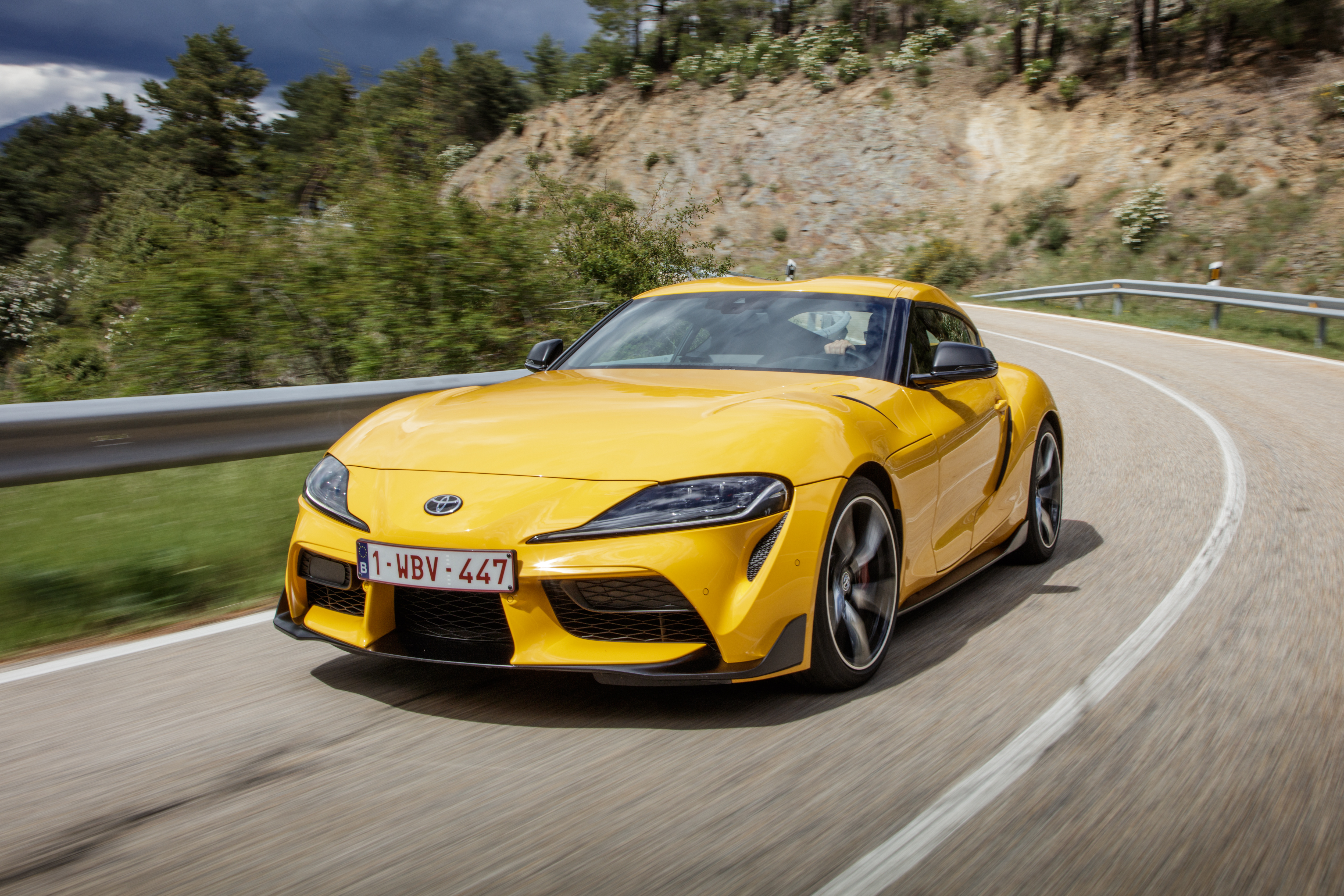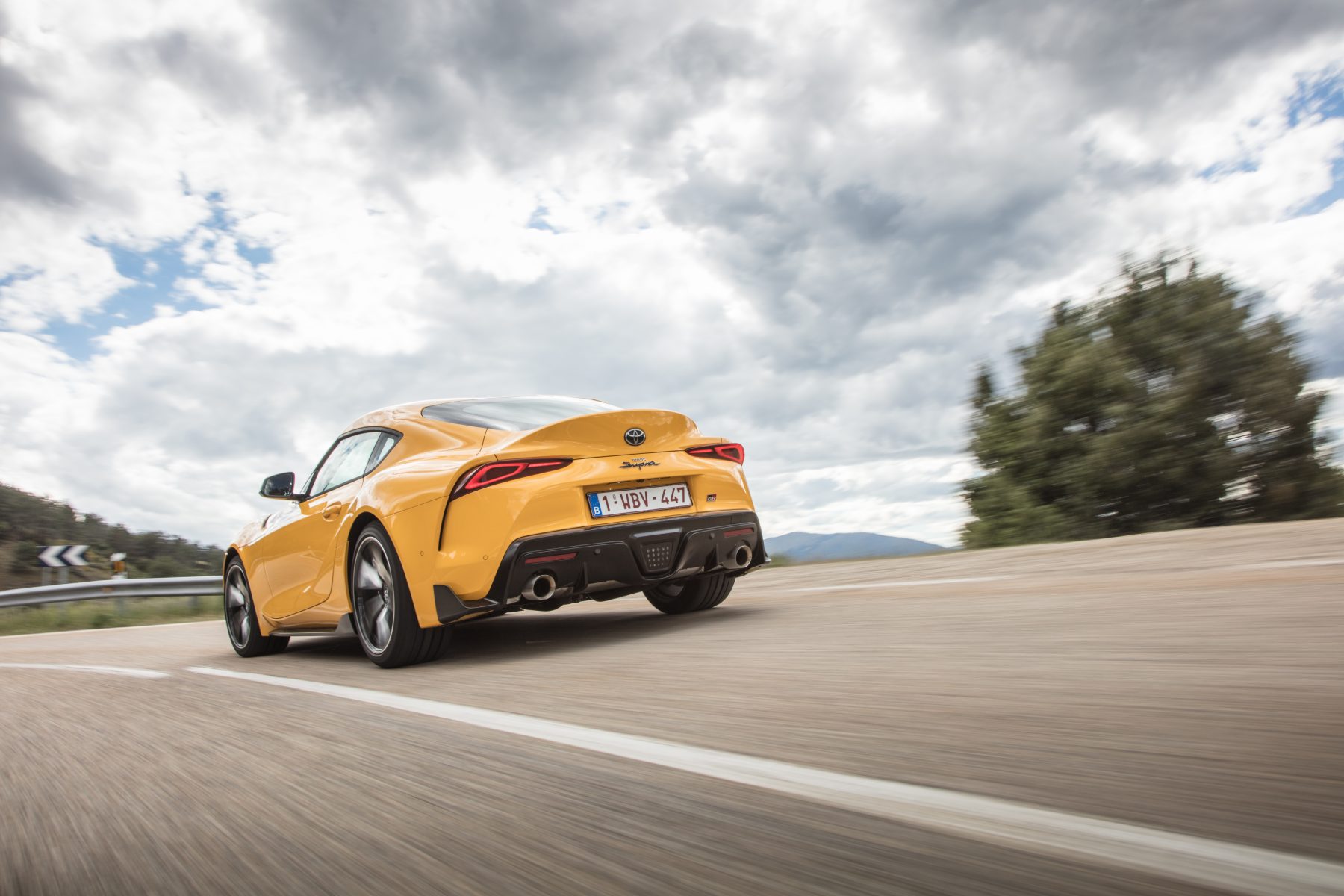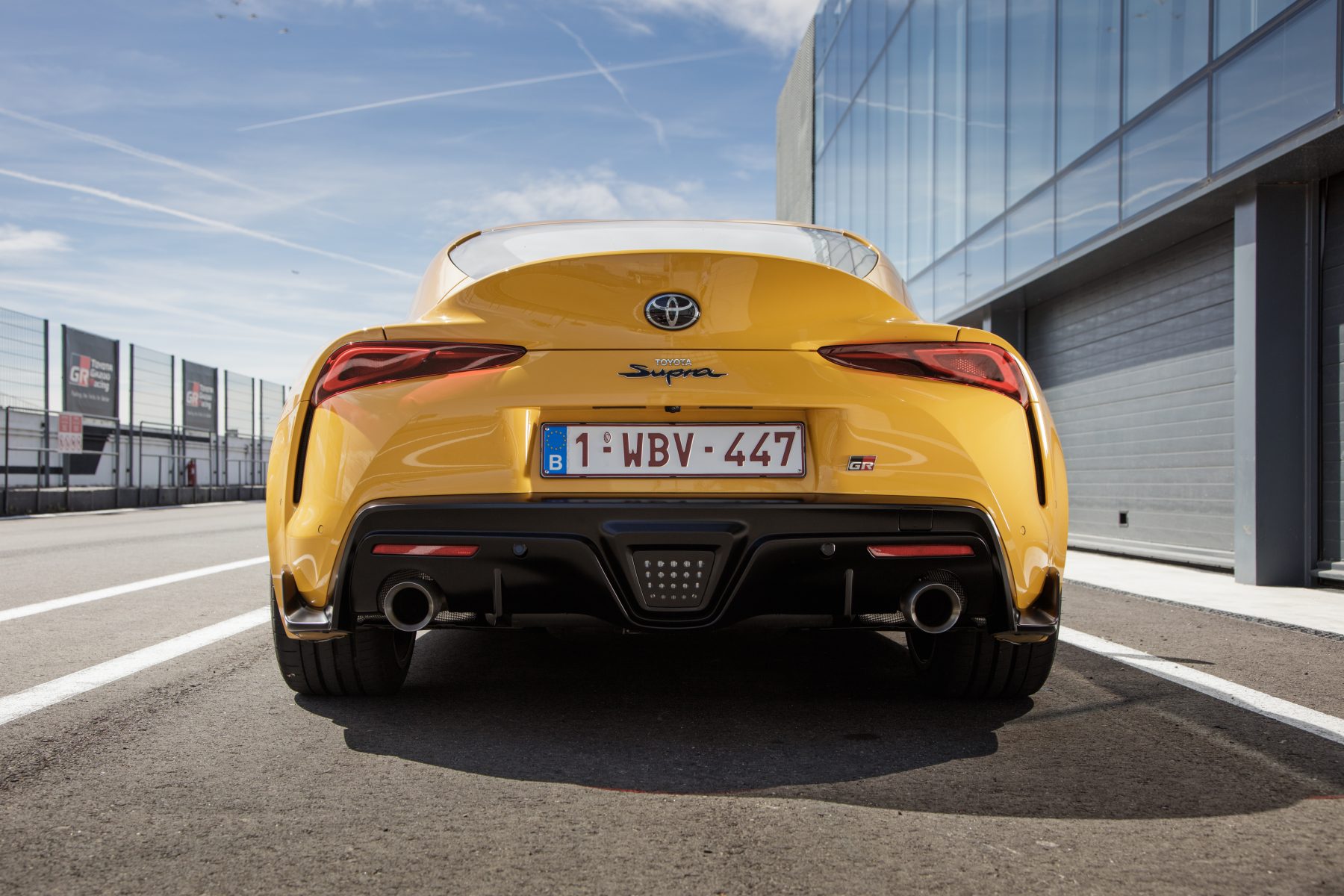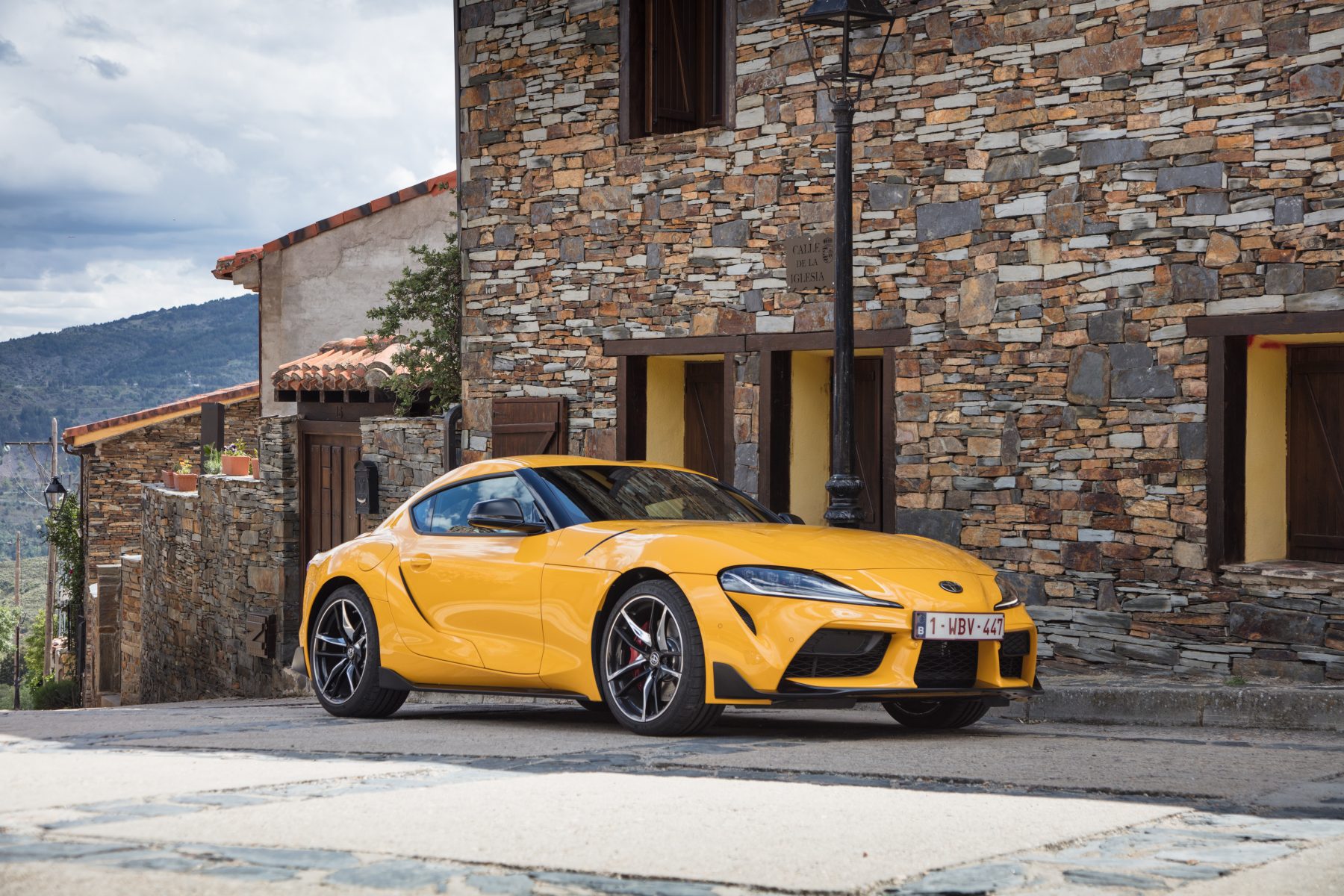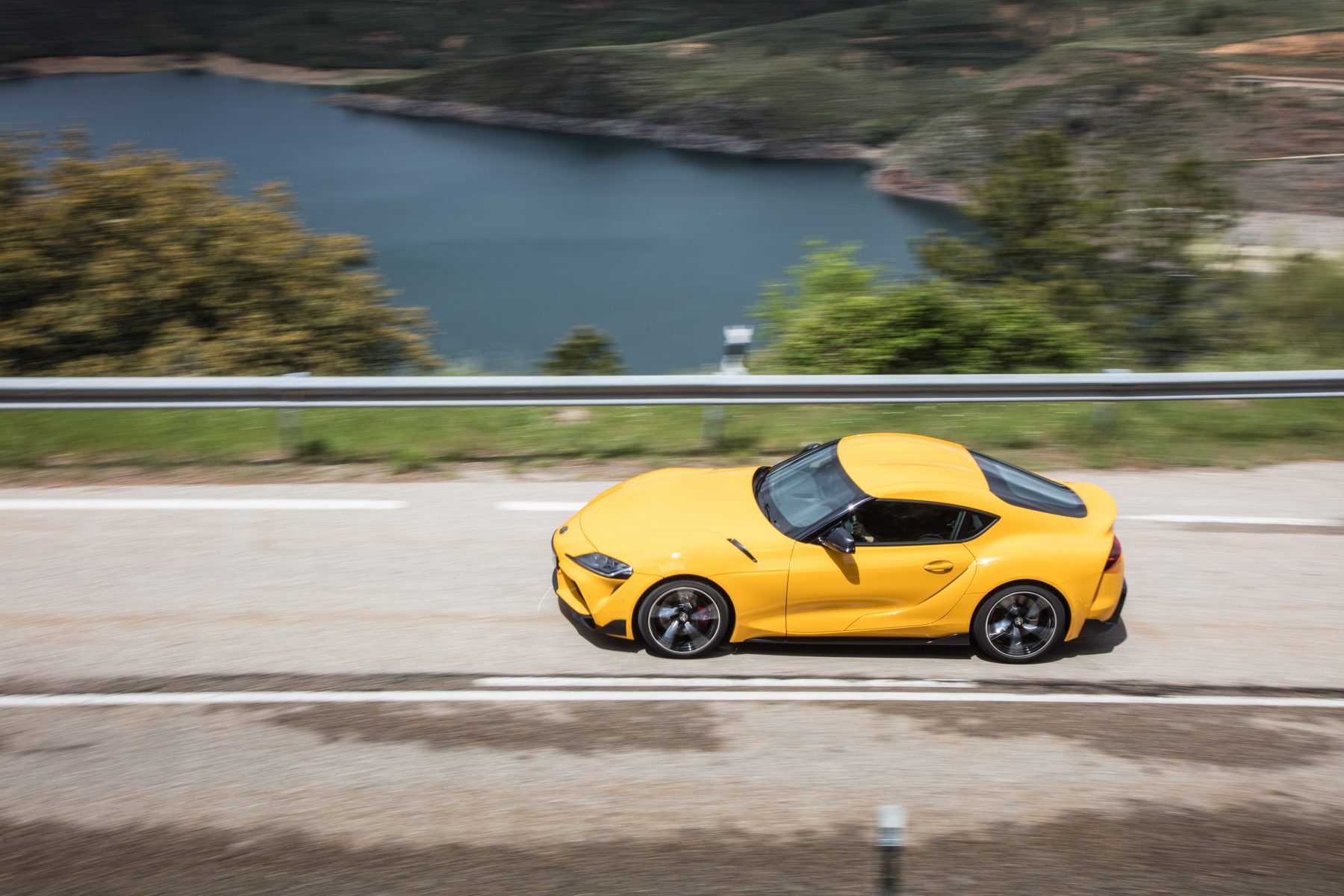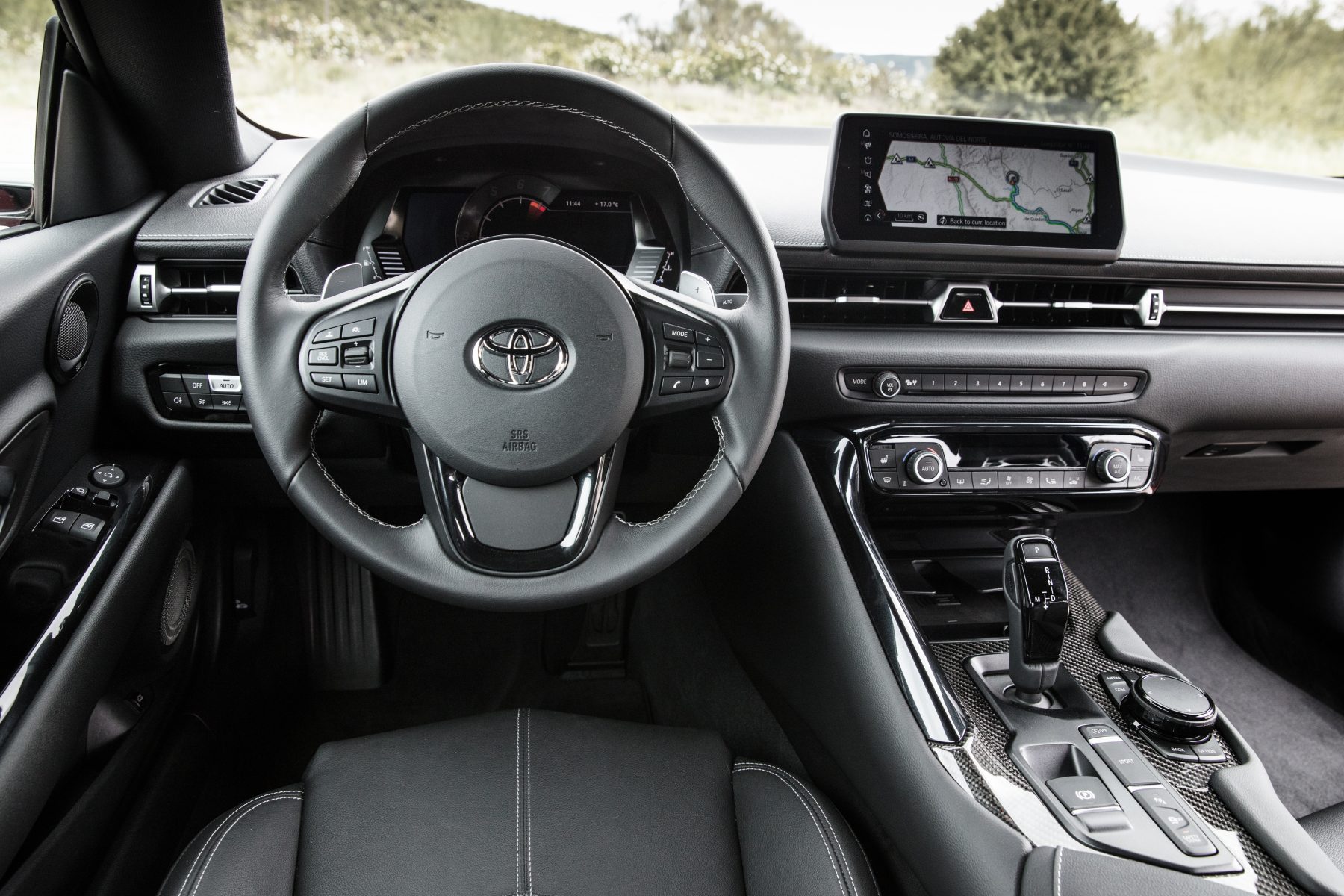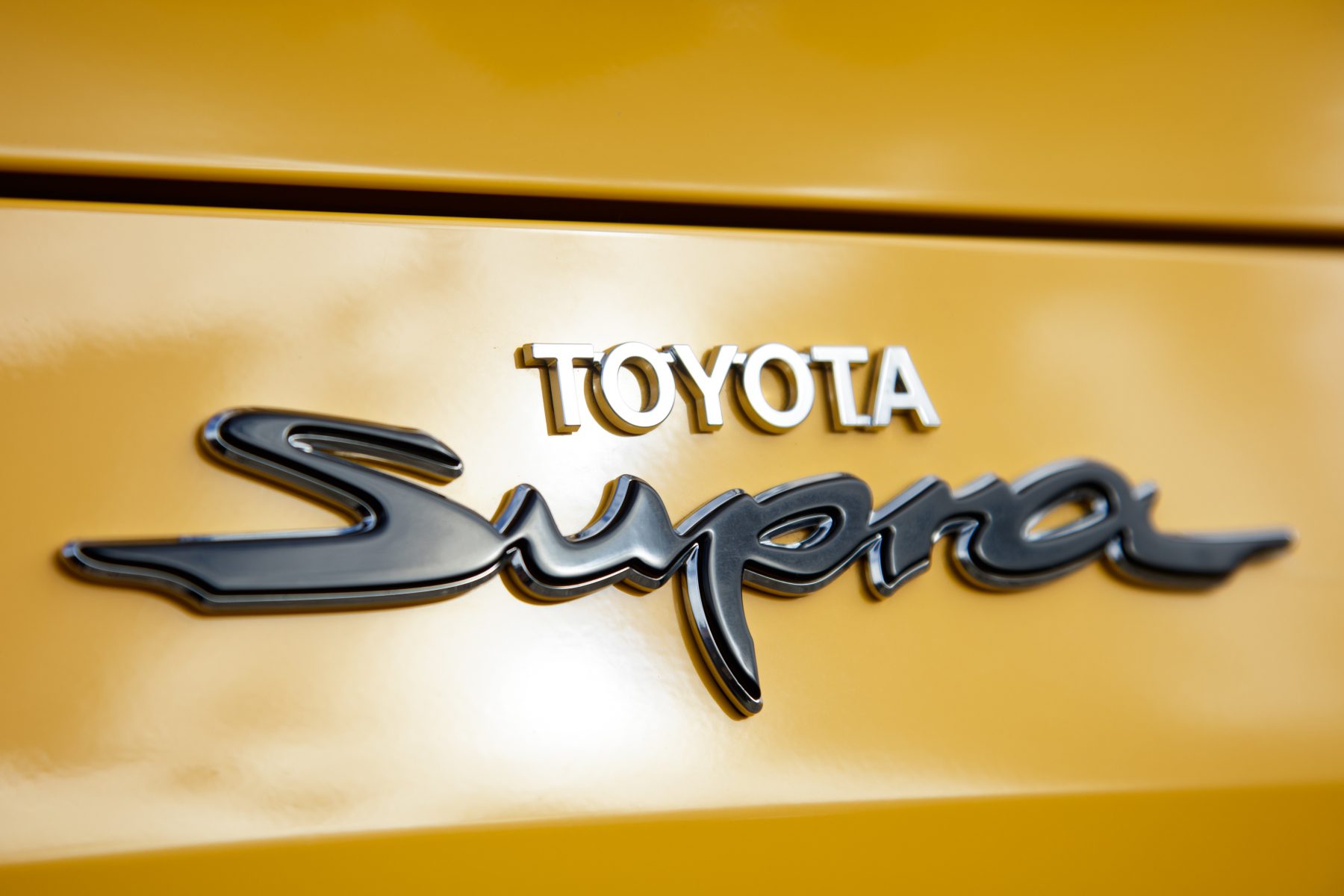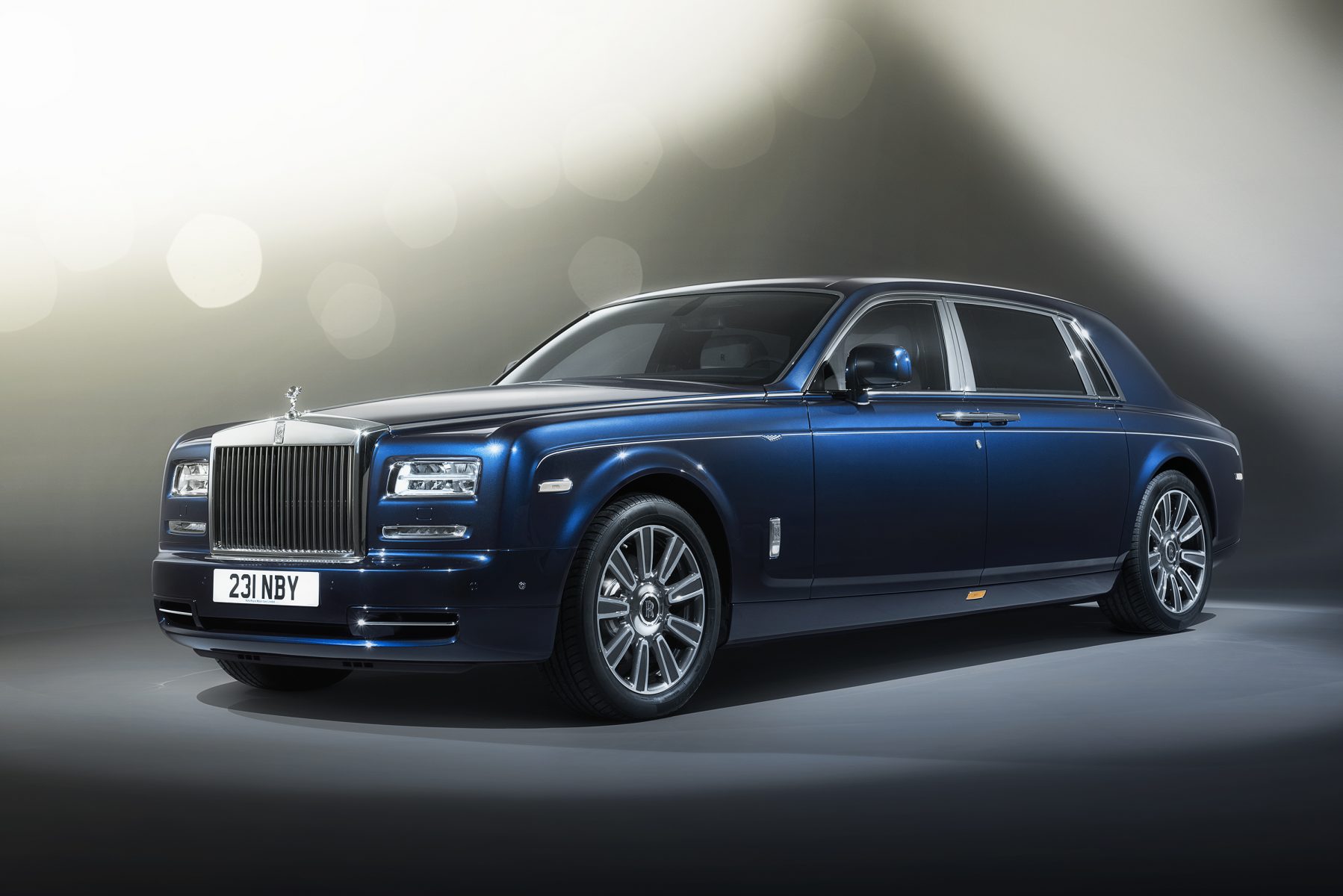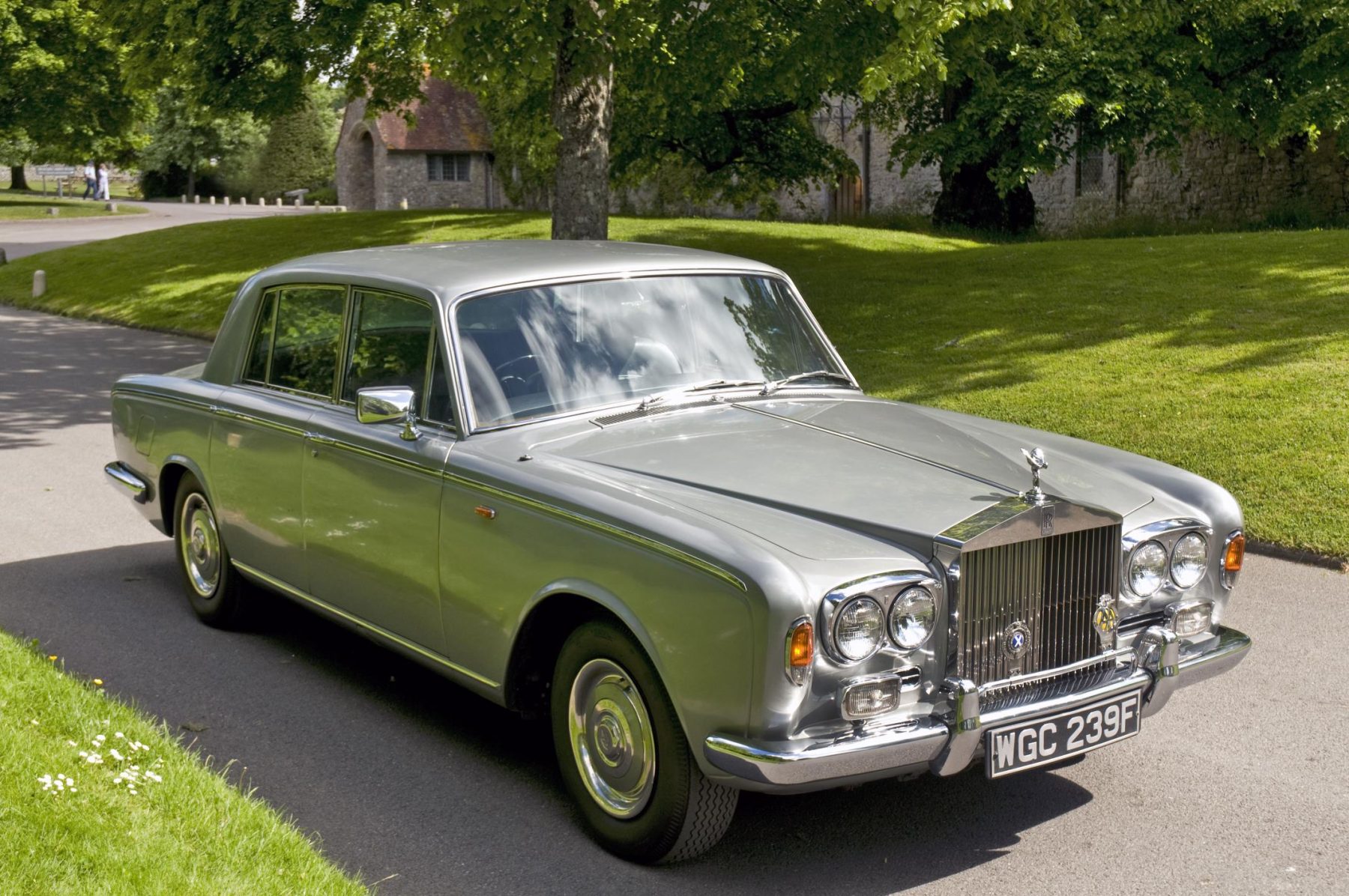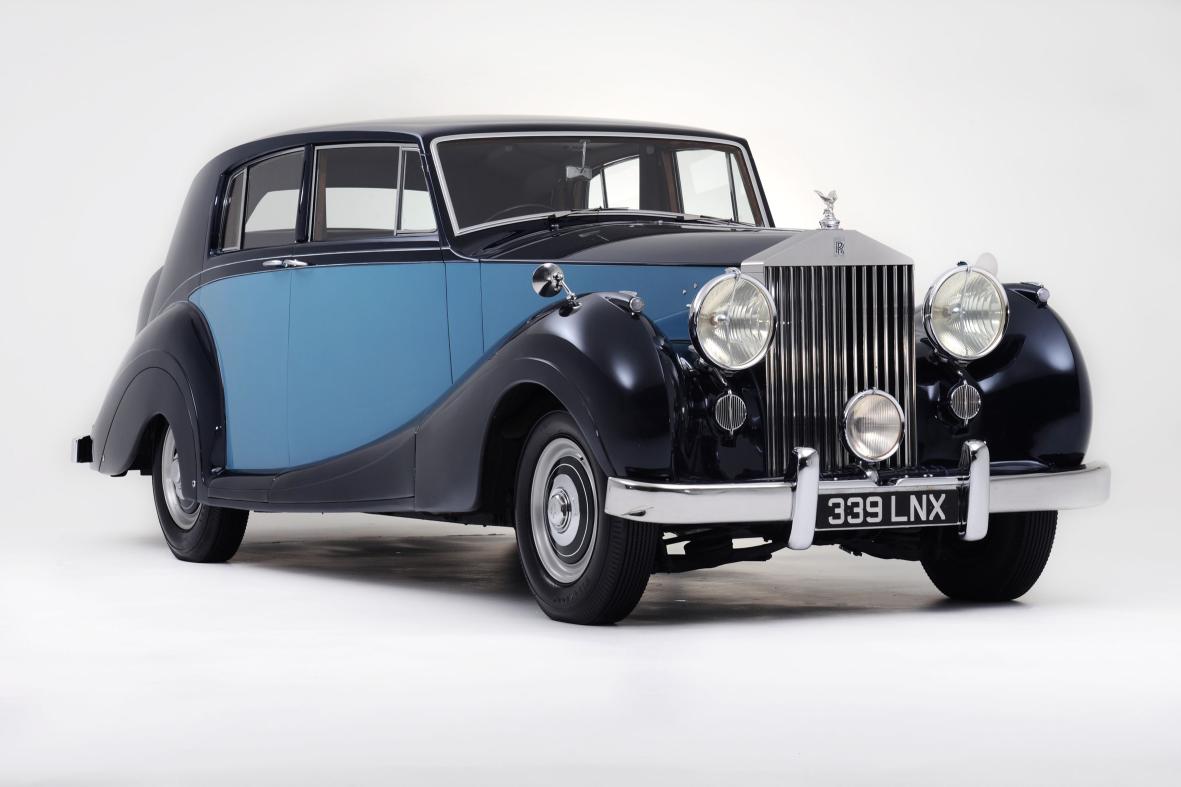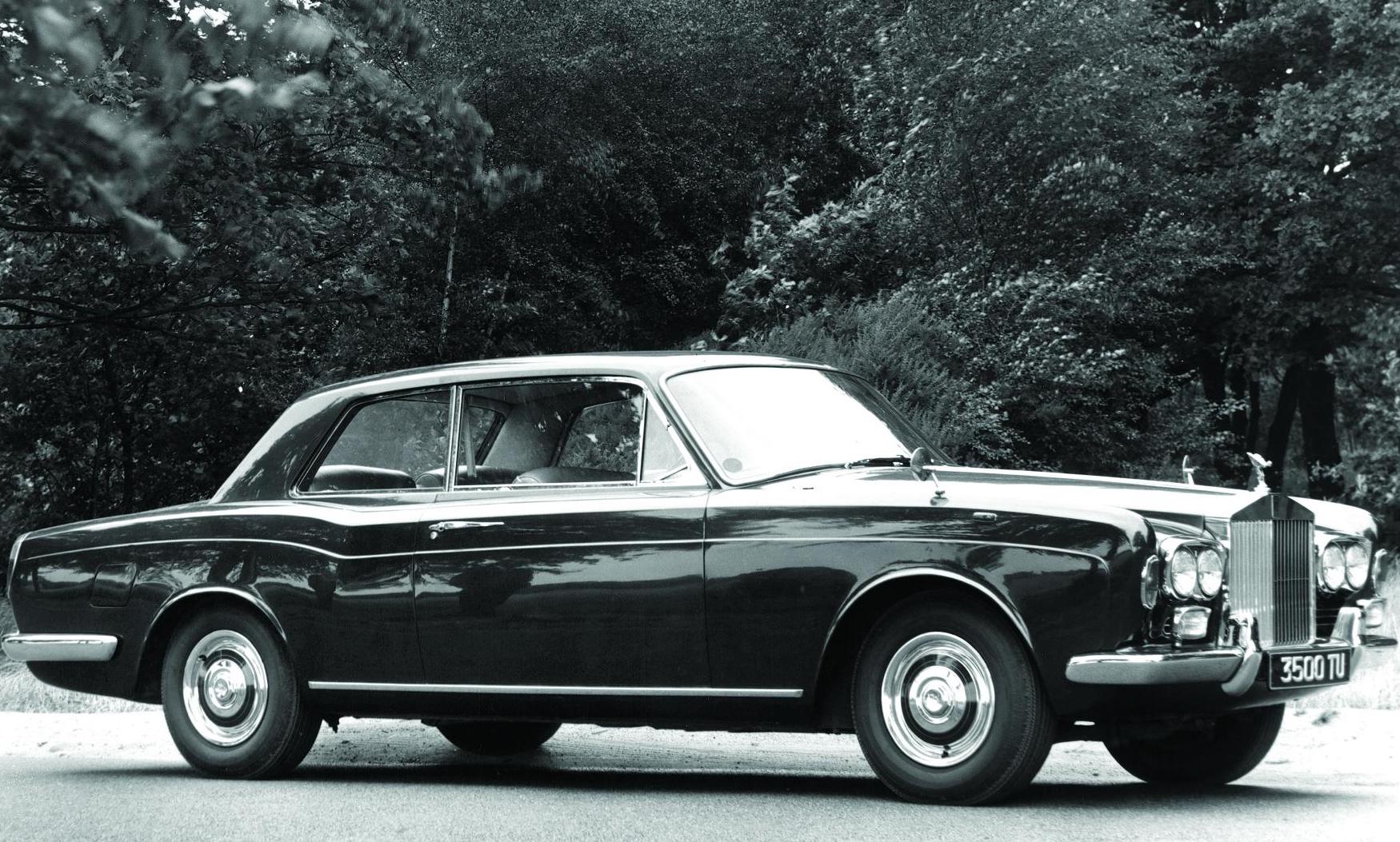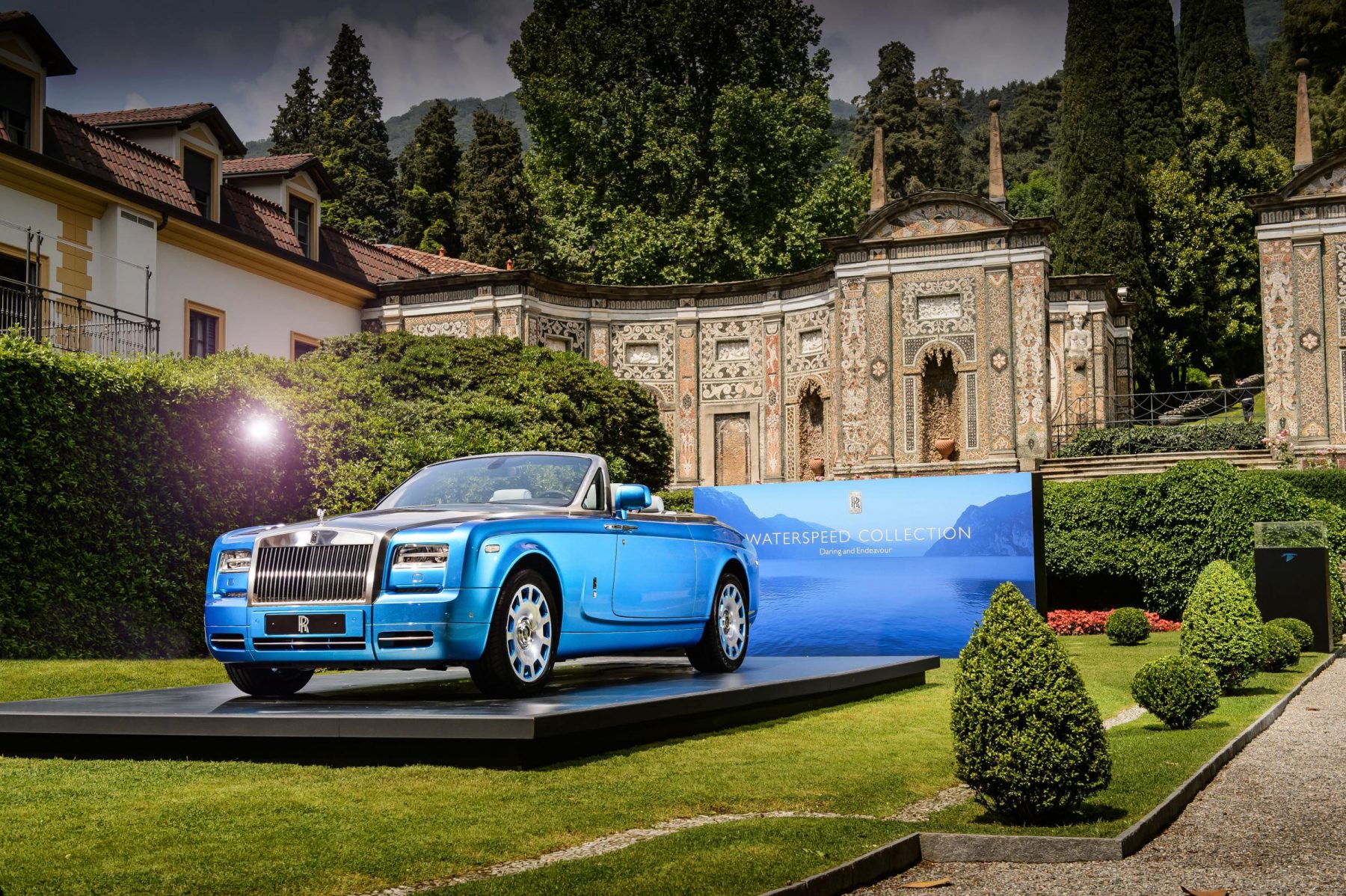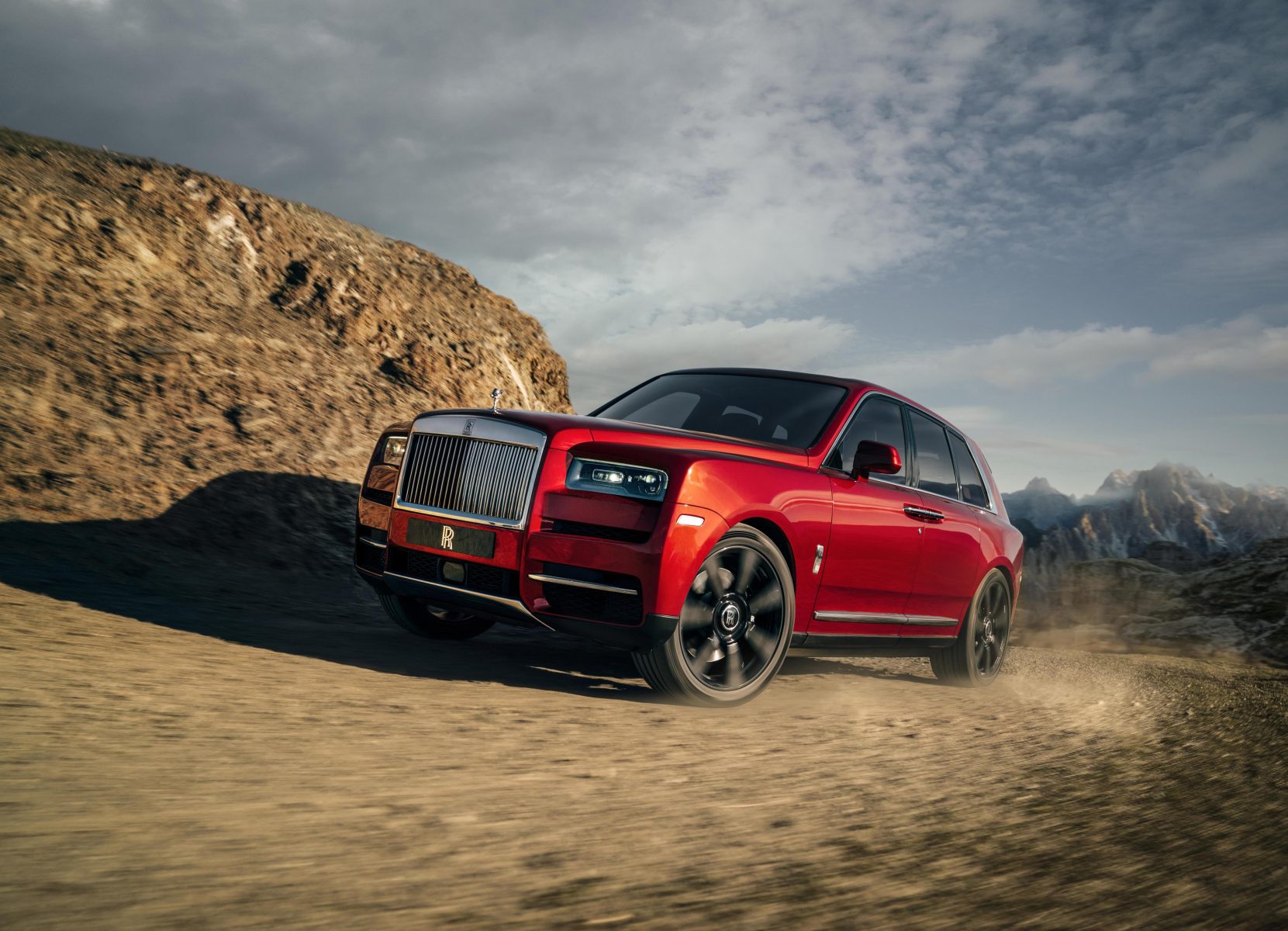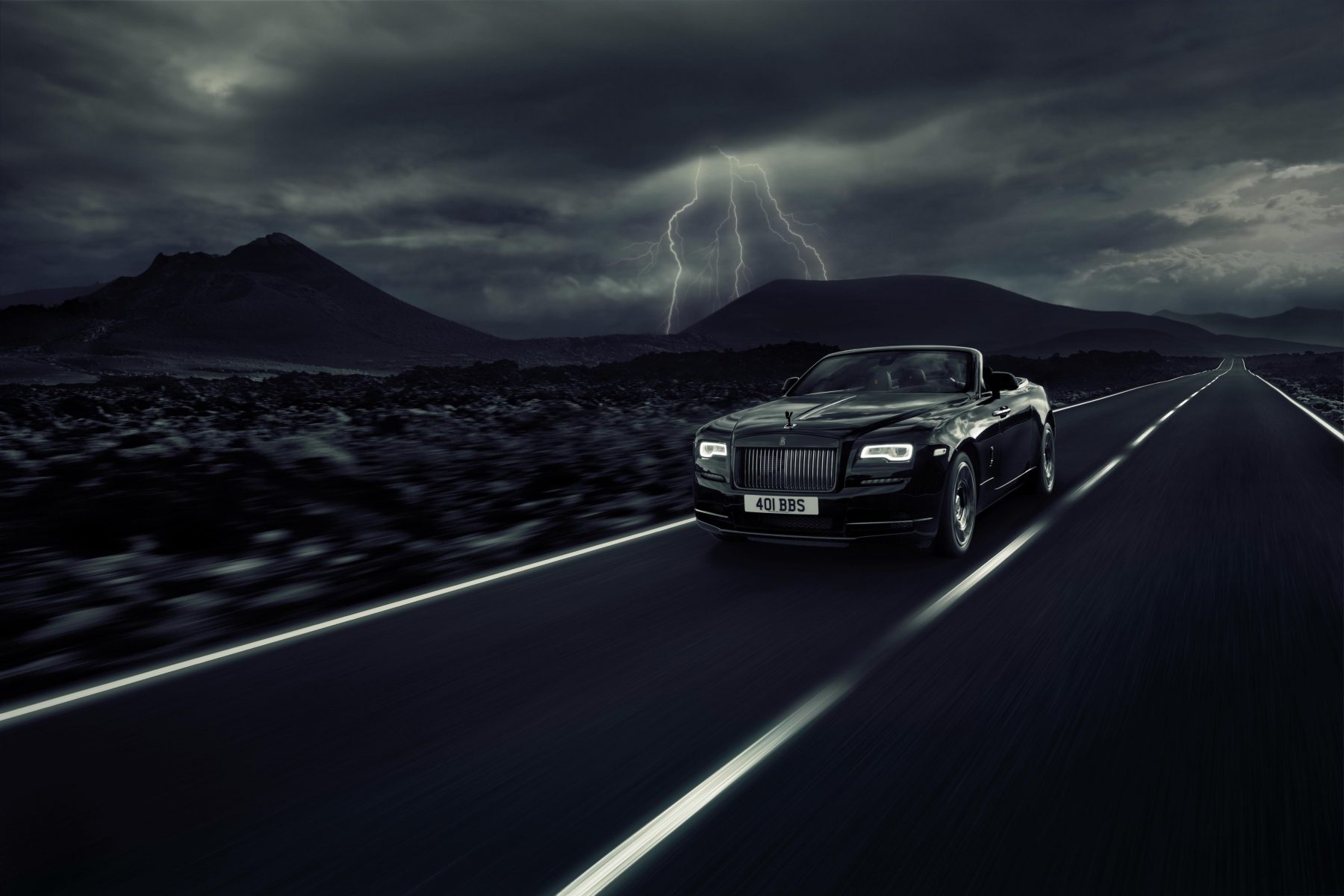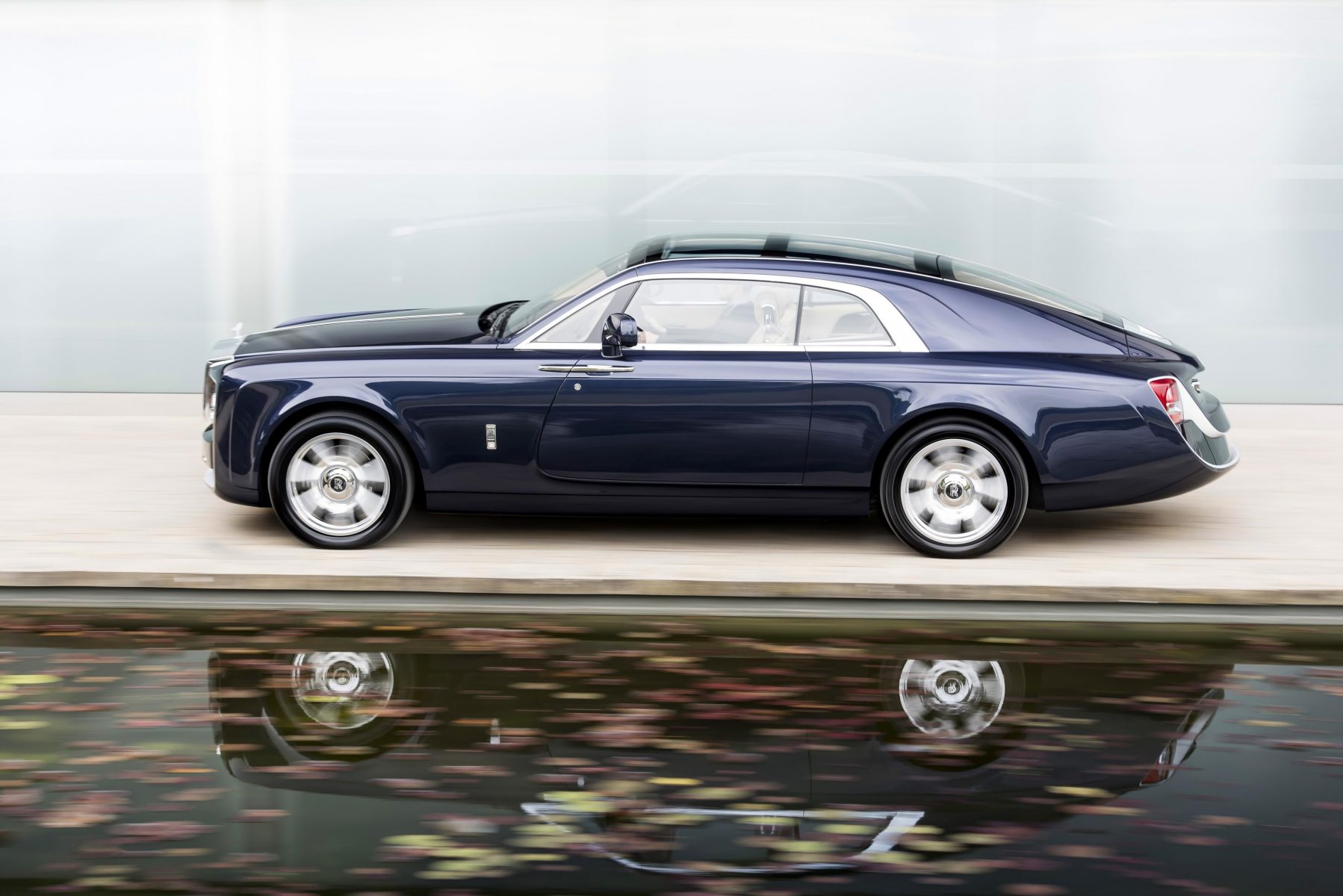Buying a new car. It’s often referred to as one of the biggest purchases of your life, after a house. It’s why getting your hands on a new motor can be riddled with stress and anxiety, but it doesn’t have to be that way.
We’ve picked out some of the crucial ways in which the buying process can be made easier, and what to look out for.
Research the car
It may seem trivial, but you need to research everything you can about the car you’re looking at. Knowledge is power when it comes to buying from a dealer, and making sure you know everything about a certain model can make all the difference when it comes to picking one up.
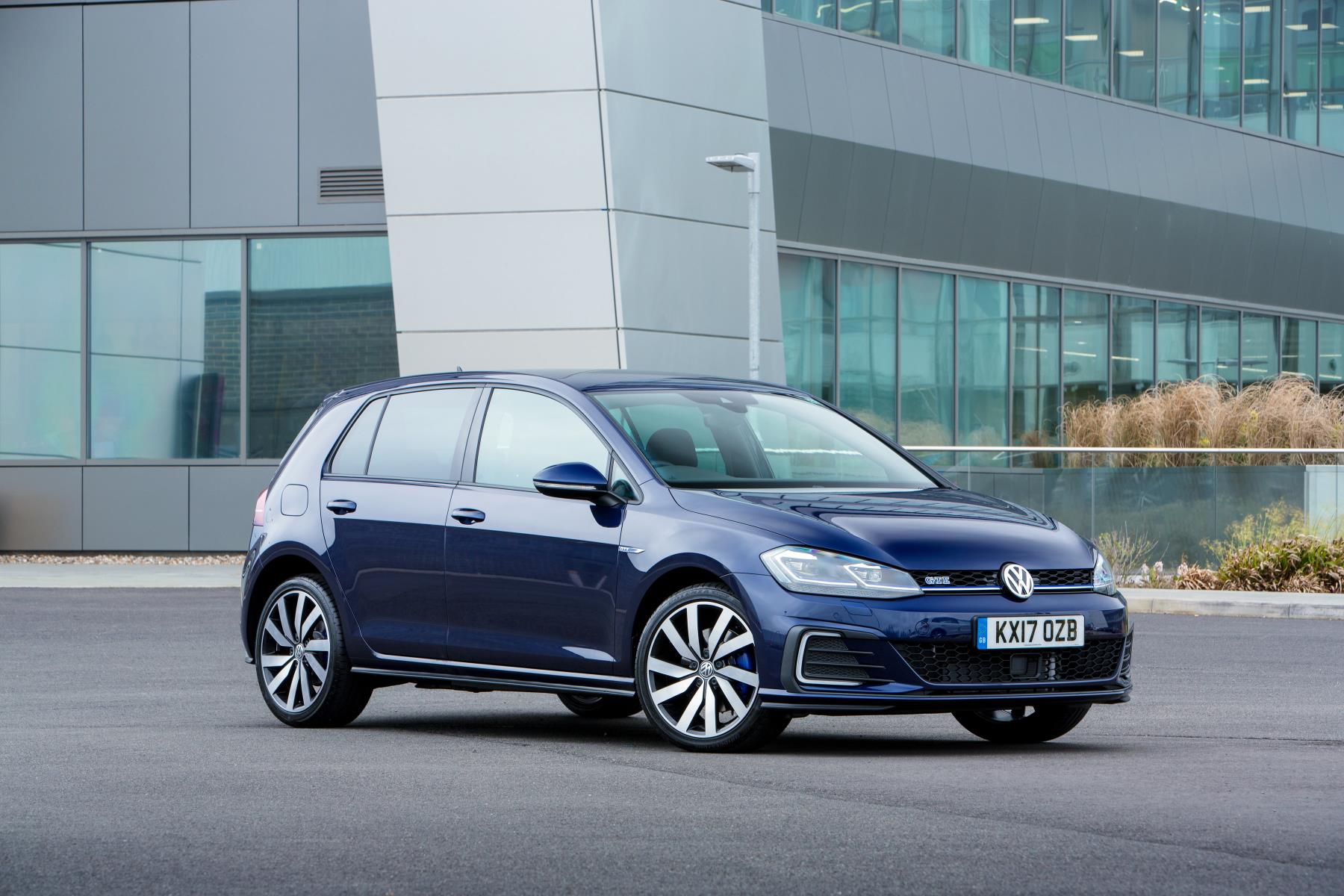
Don’t be afraid to be choosy, either. Pick a colour, spec and engine and stick with that.
Choosing a dealer – franchise or independent
This is an important decision to make. Franchised dealers get first access to the latest cars and technology, and are therefore potentially better equipped at answering any questions you may have. In terms of aftersales and repairs, they have the manufacturer’s support too. They’ll also have a good selection of used vehicles that will have been well maintained in the main dealer servicing department.

There is, of course, the option to buy from an independent dealer too. They might not have the ability to offer you different options of the model you’re looking at, but they will be keen to do a deal and will offer the back-up of a well-established business should things go wrong.
Check them out online
Once you’ve picked the dealer you fancy, look through their online reviews thoroughly. You’ll be able to easily see how well they treat their customers and also how good they are at dealing with aftersales issues.
You can’t beat good old-fashioned word of mouth either – asking friends, neighbours and relatives about a potential dealership can be useful too.
Pick your purchase time
Believe it or not, you can get a better deal depending on when you buy. Dealers are often pressed to reach quarterly targets, which means the end of March, June, September and December could result in a better deal.
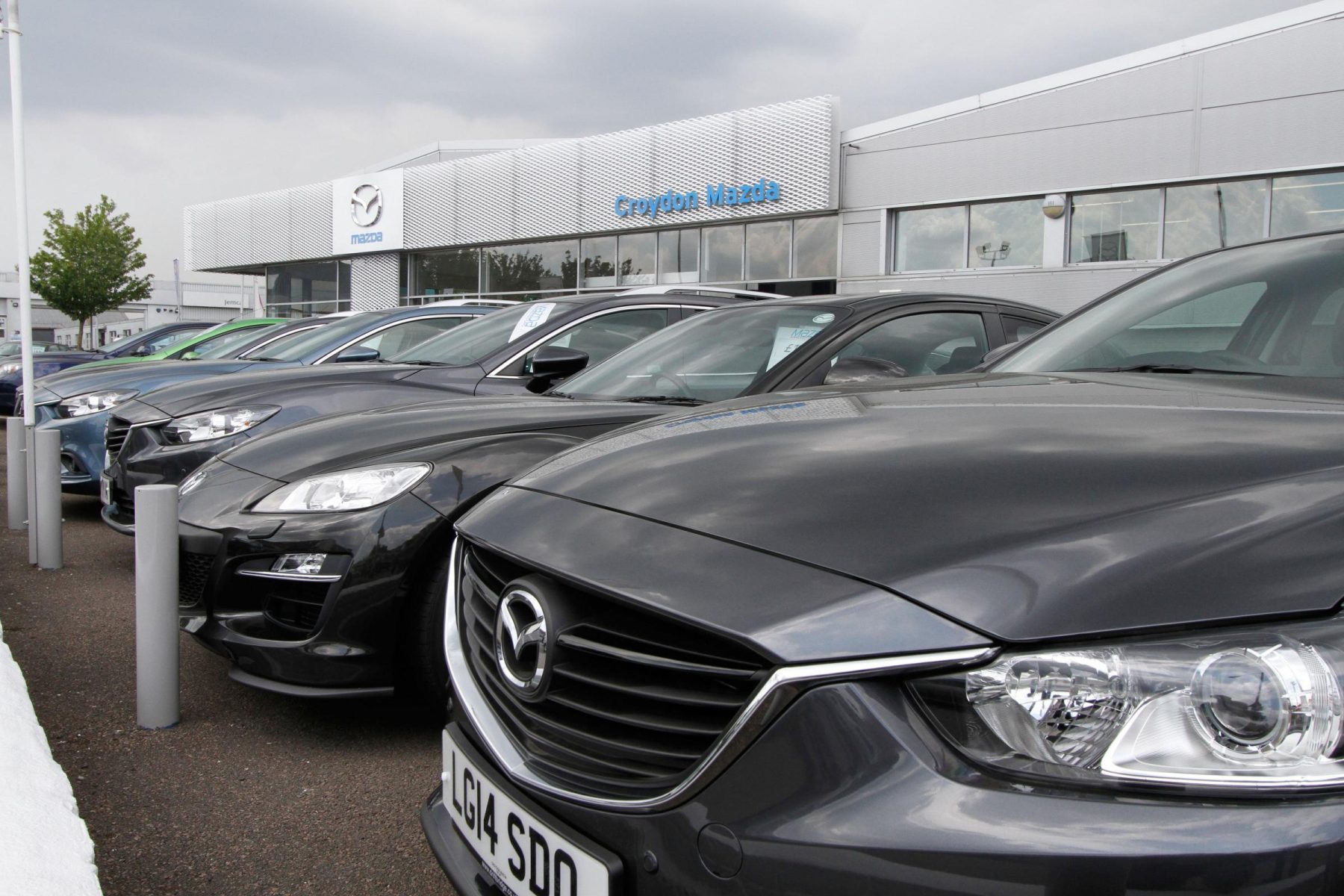
It’s a small tip, but one that could potentially see you saving thousands of pounds off a vehicle if the purchase is timed right.
Test drive
Once you’ve seen a car you like then it’s time to get behind the wheel. The likelihood is that the salesperson will accompany you in the car, but don’t let that stop you from pressing all of the buttons and getting a real feel for the vehicle in general.

Ensure that your test route features a range of different corners, roundabouts and road surfaces – and most importantly, check the car works for you.
Cash or finance
There’s a variety of ways to pay at a dealer. They can offer hire purchase, which sees you paying a deposit and repaying the remaining balance over monthly instalments. At the end of the payment term, you’ll own it outright.

Then there’s personal contract purchase, or PCP. Here, you’ll pay a deposit followed by monthly payments, but at the end you’ll be offered a ‘balloon’ when you can pay off the remainder of the car’s value or return it to the dealer. And then there’s personal leasing.
This is a good option if you’re planning on frequently changing your car, although you do have to usually stump up three months’ rental in advance, and there’s no option to buy it at the end of the deal. Or you could pay cash!
Haggle
It’s an age-old process, but haggling remains just as crucial today as it’s always been. Even with used cars there’s always going to be a certain amount of wiggle room. You shouldn’t ever have to pay the full price for a car, and dealers are prepared for this. Go in strong and stick to your guns – it’s only the same as they’ll be doing.
Remember, if you don’t ask you don’t get, so don’t be afraid to ask for free additions and discounts on servicing plans. The worst they can do is say no!
Don’t be scared of walking away
Remember, there are thousands of cars available on the market and hundreds of dealerships too. There is always another car, so don’t be scared to walk away if things don’t feel right. Don’t be pressured into any deal either – the final decision is entirely yours, and if you don’t like the way things are heading, walk straight out of those doors!

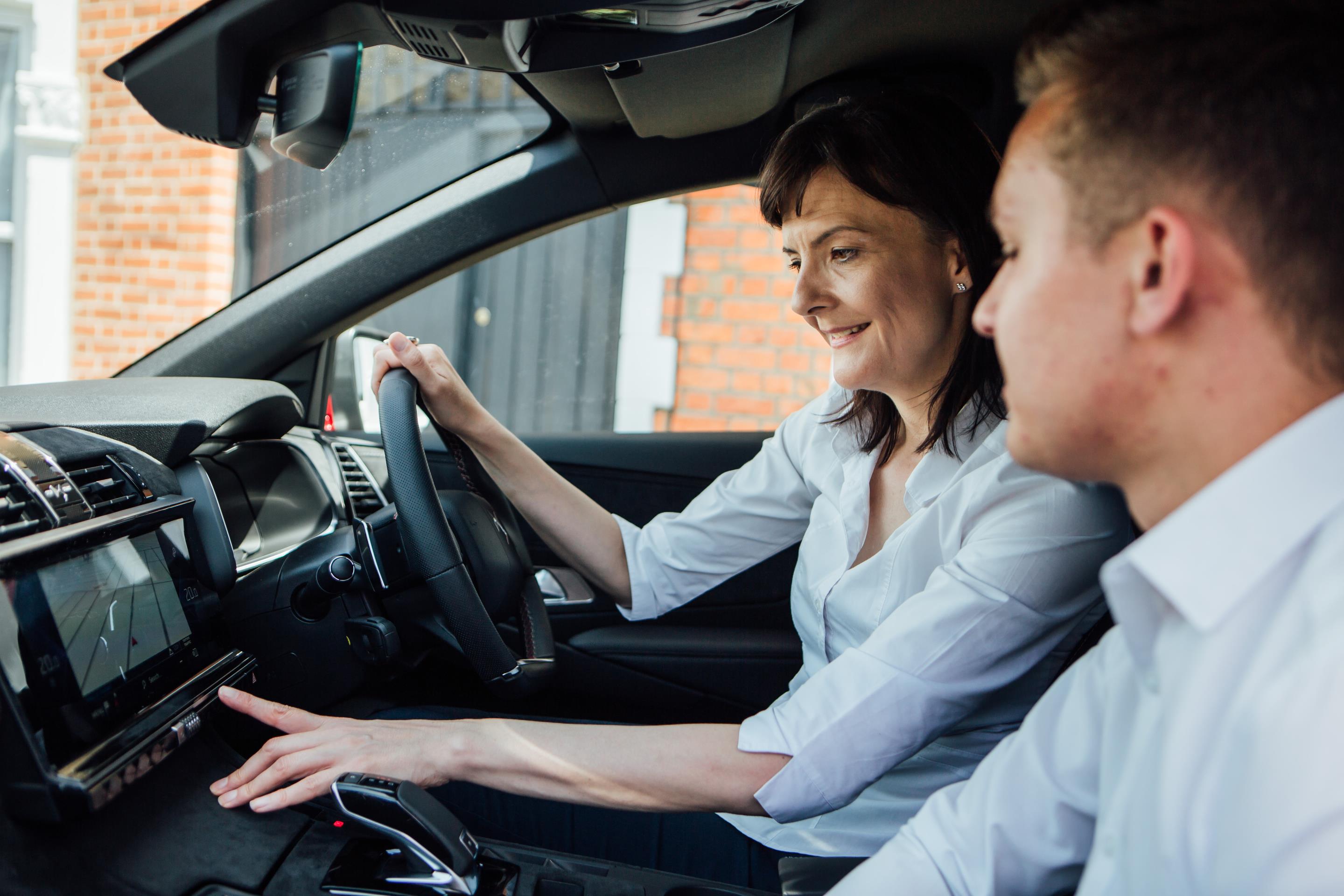
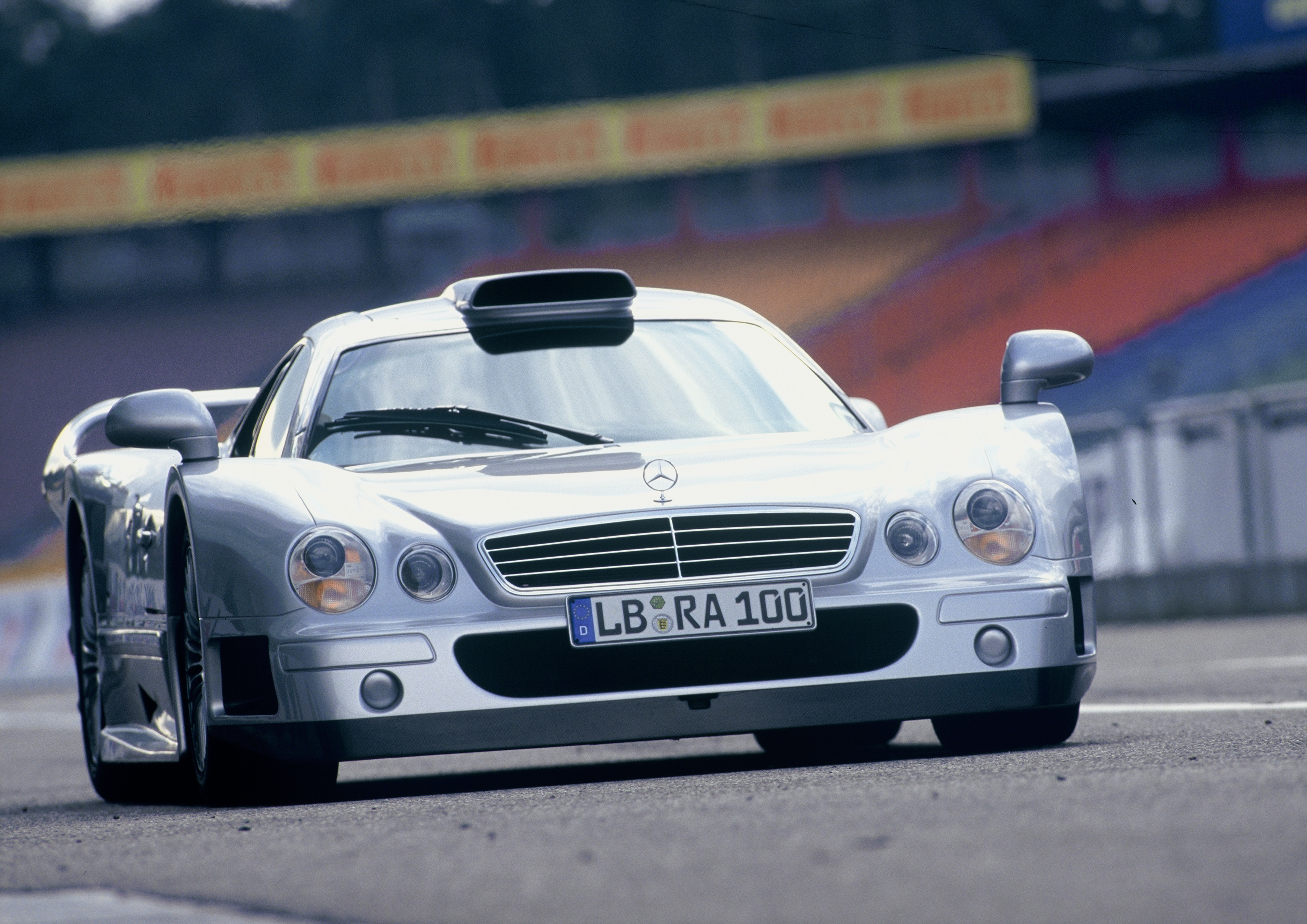
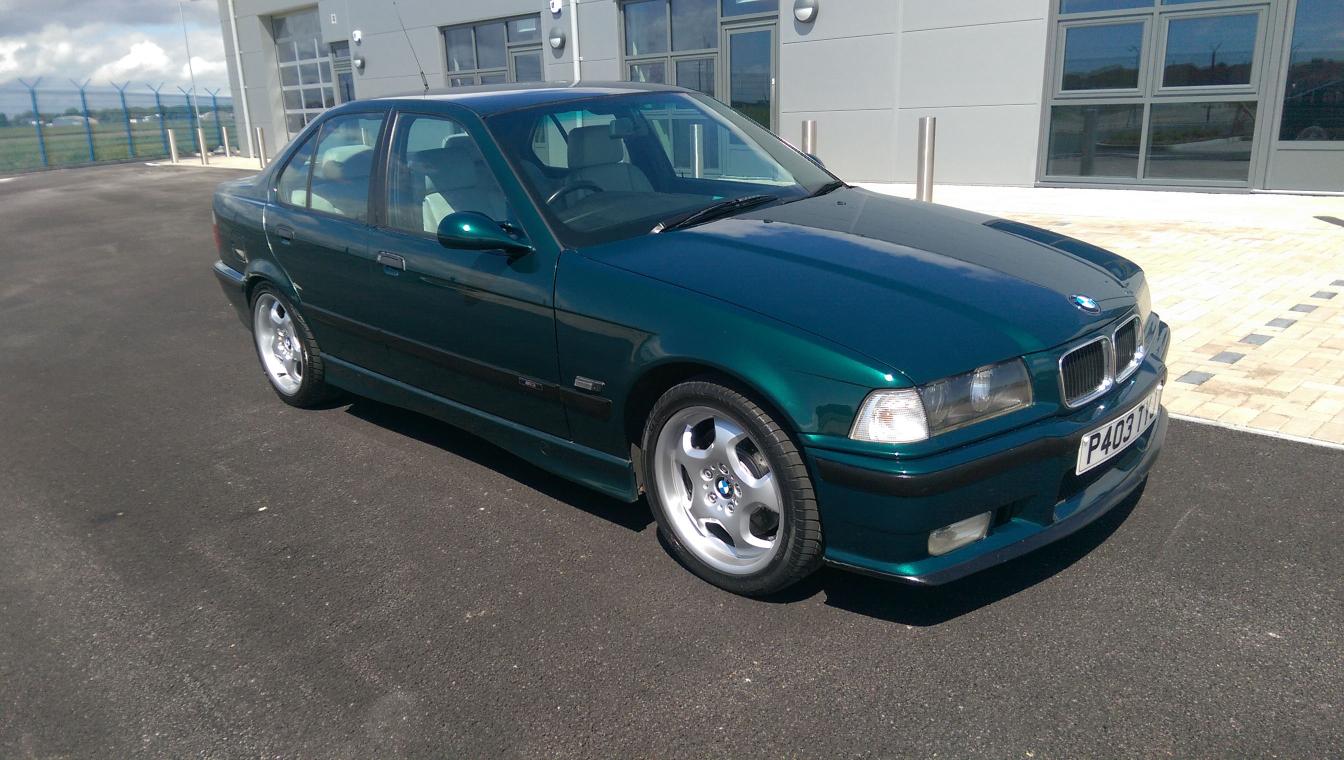

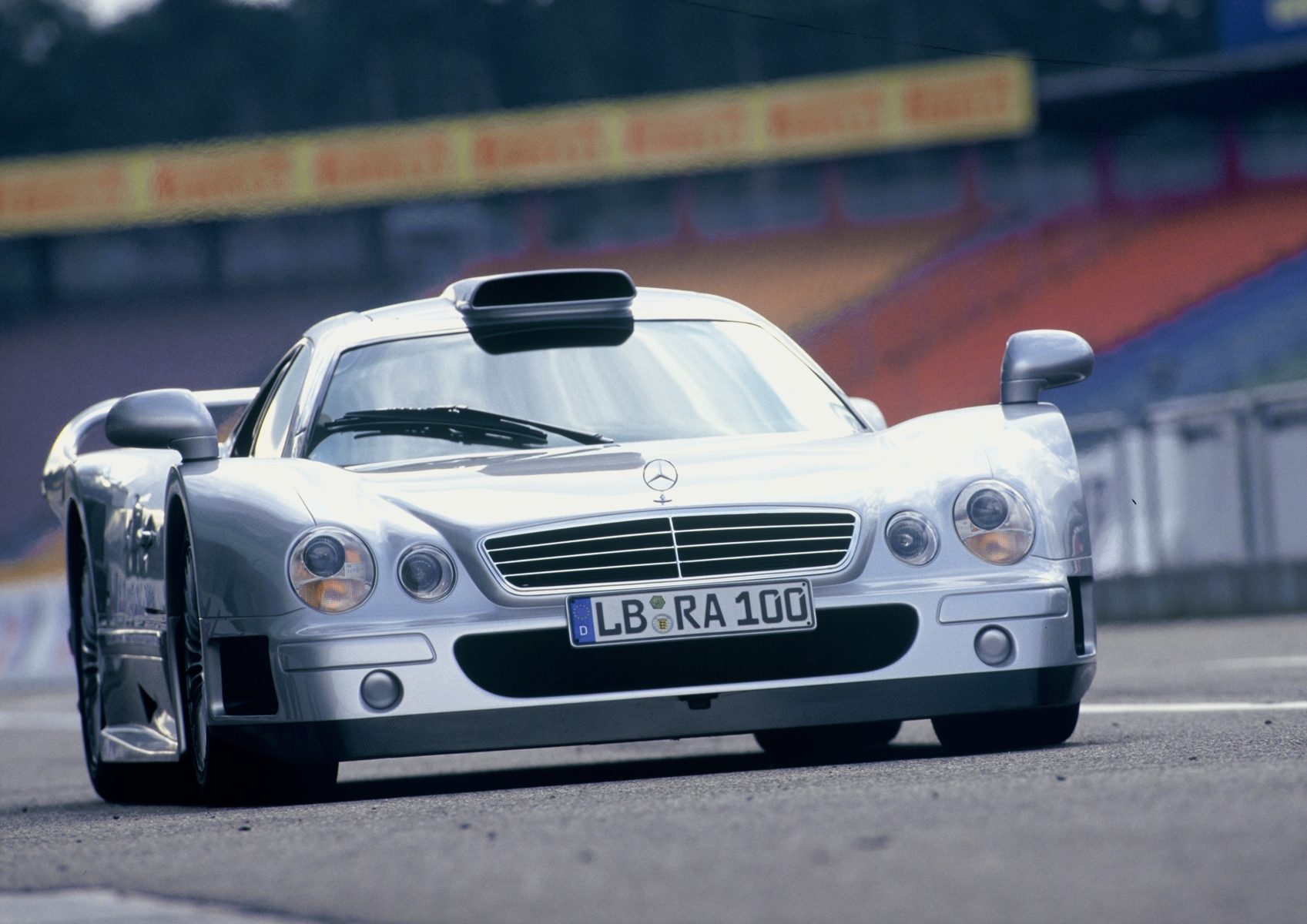
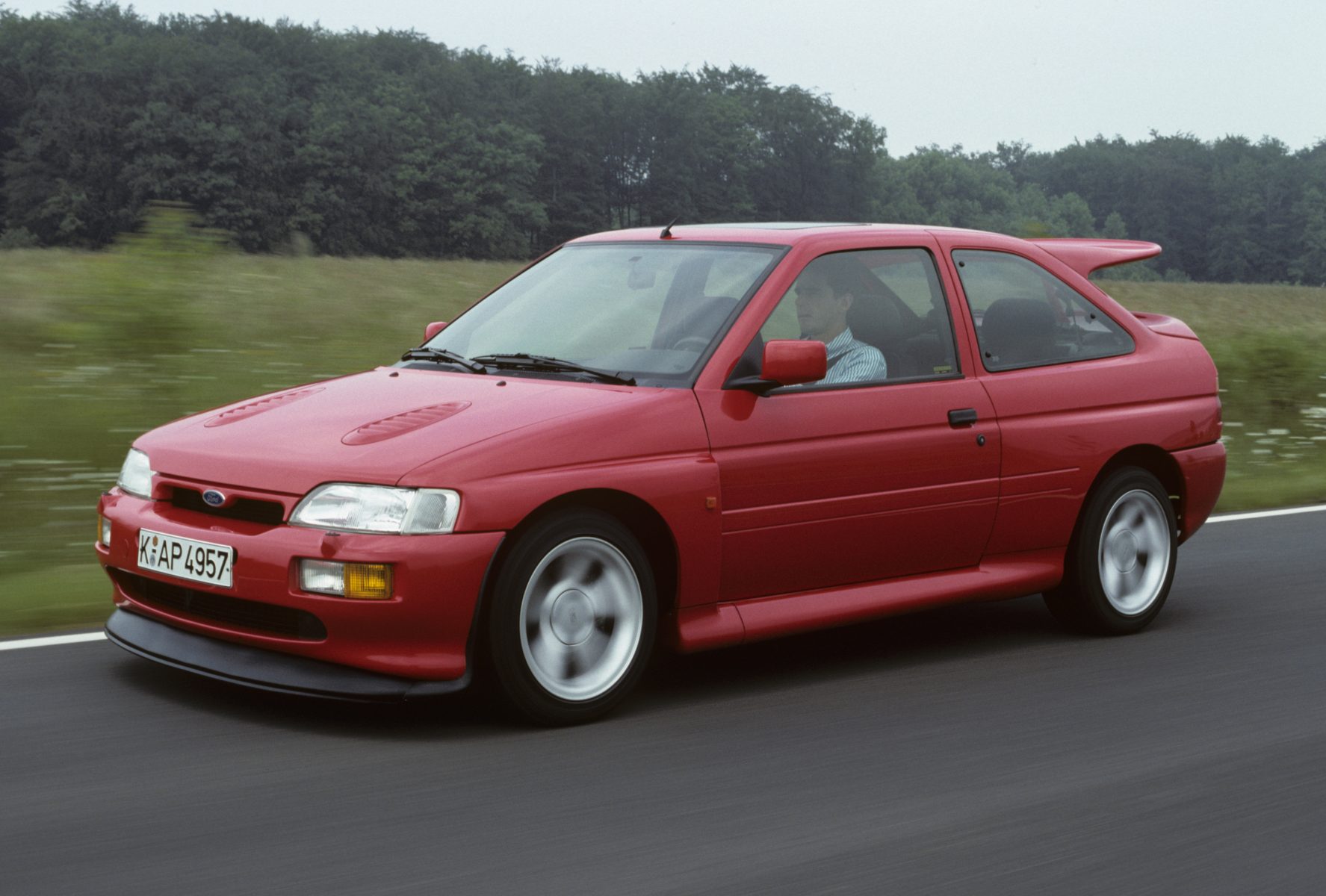
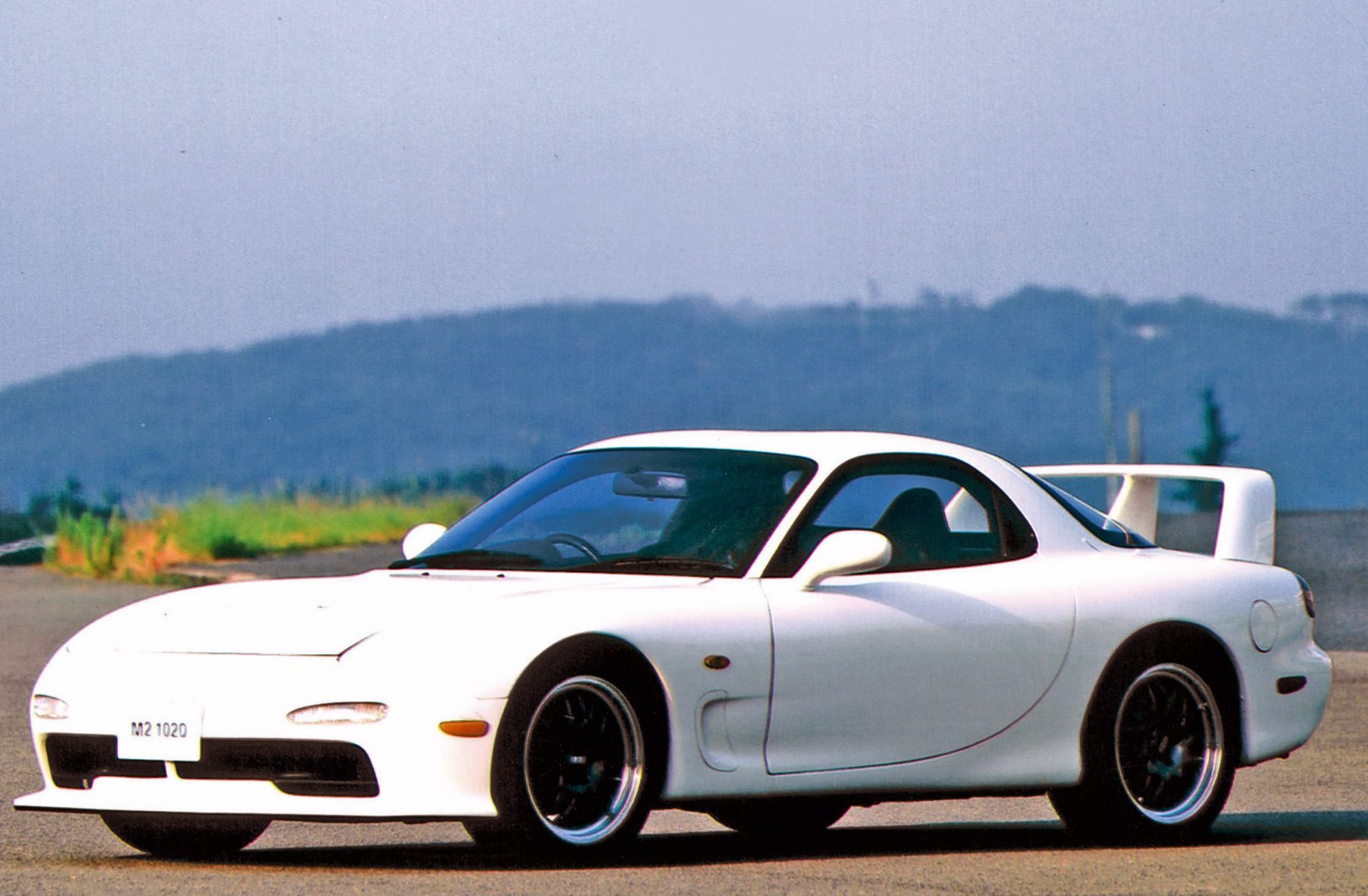
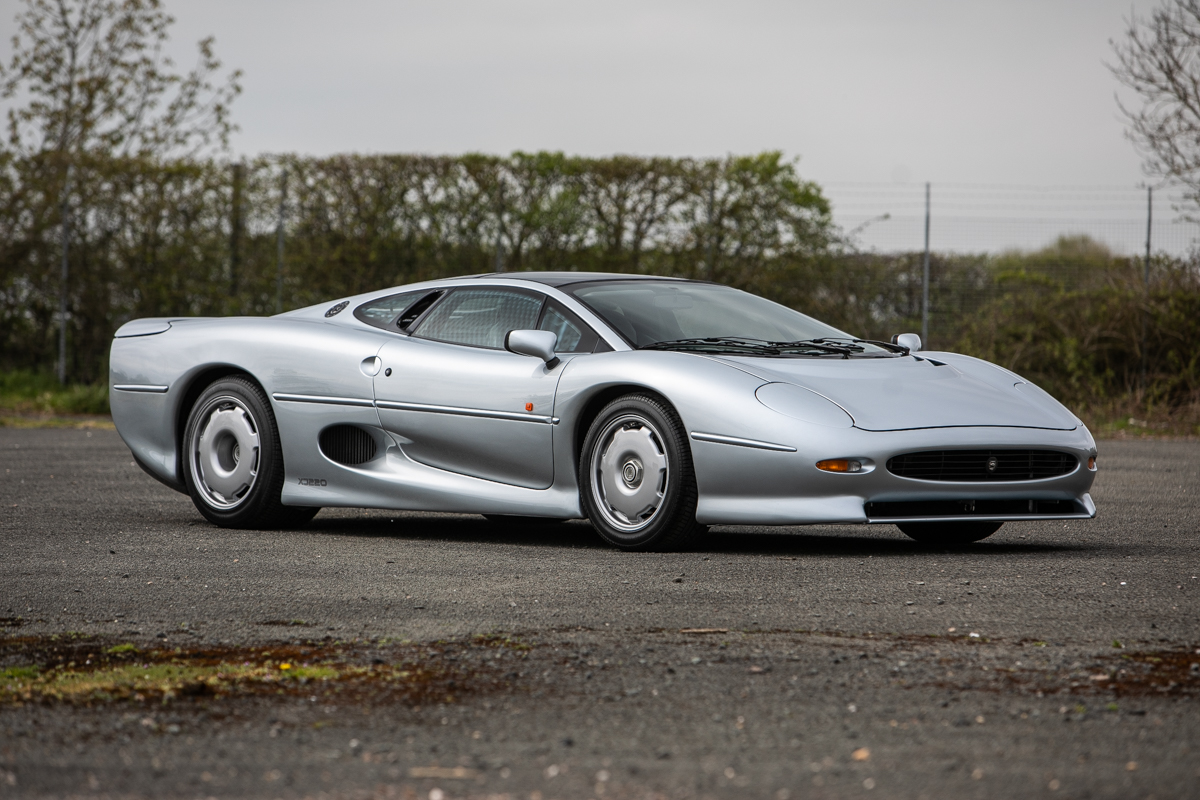
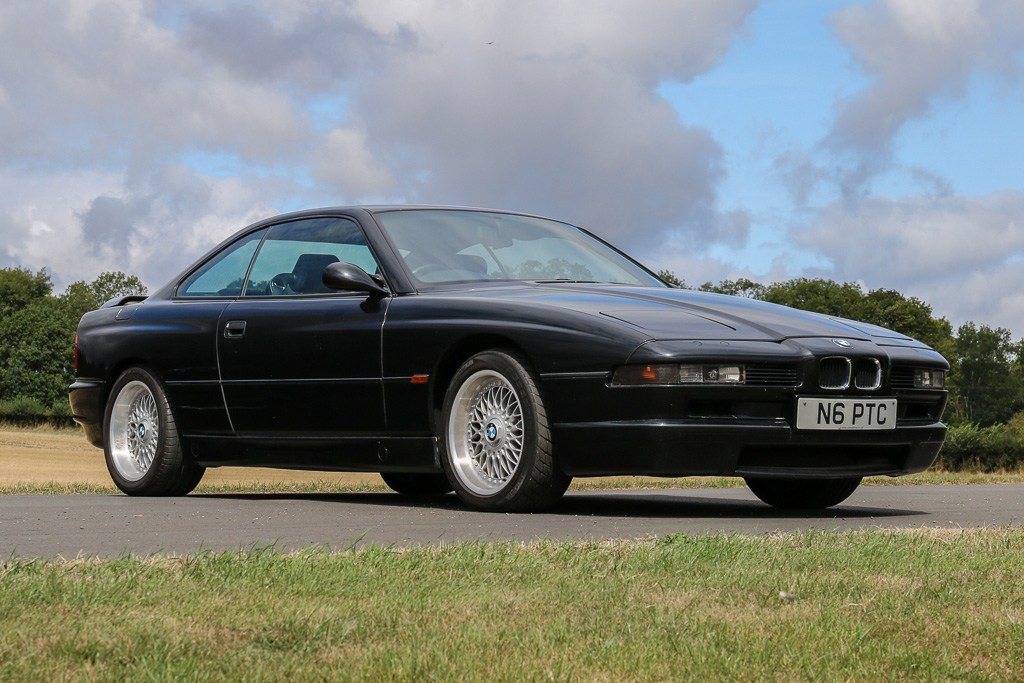
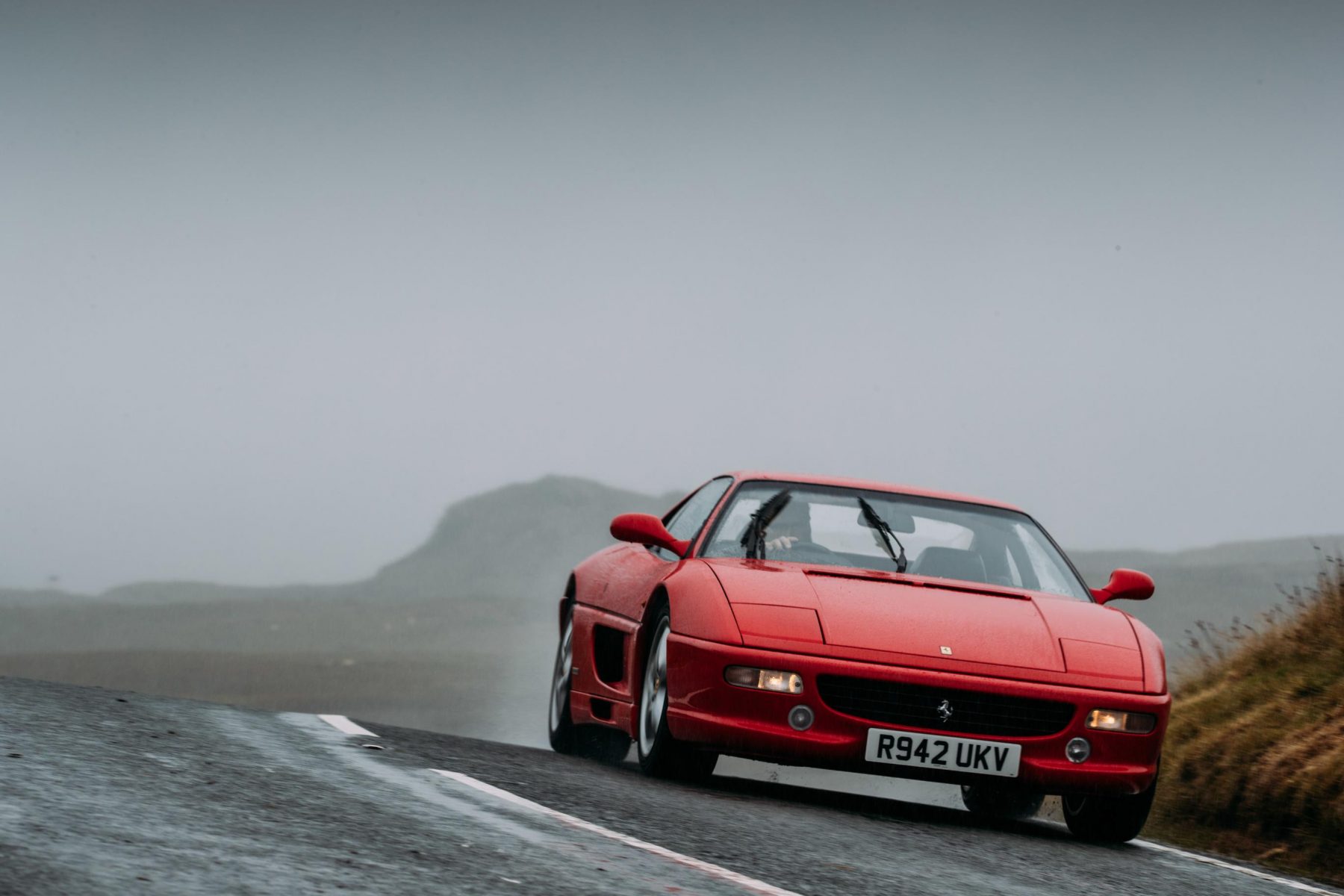
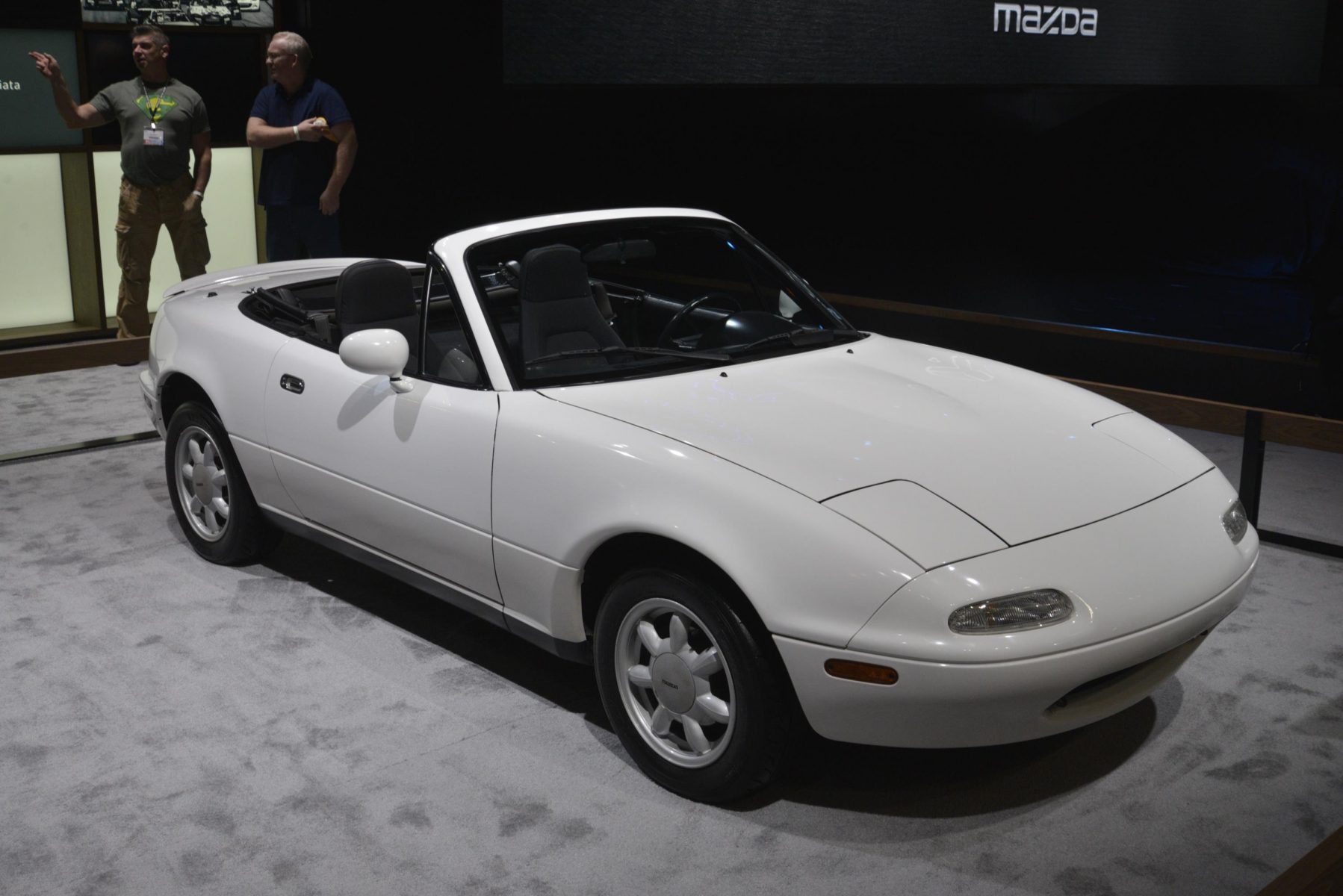
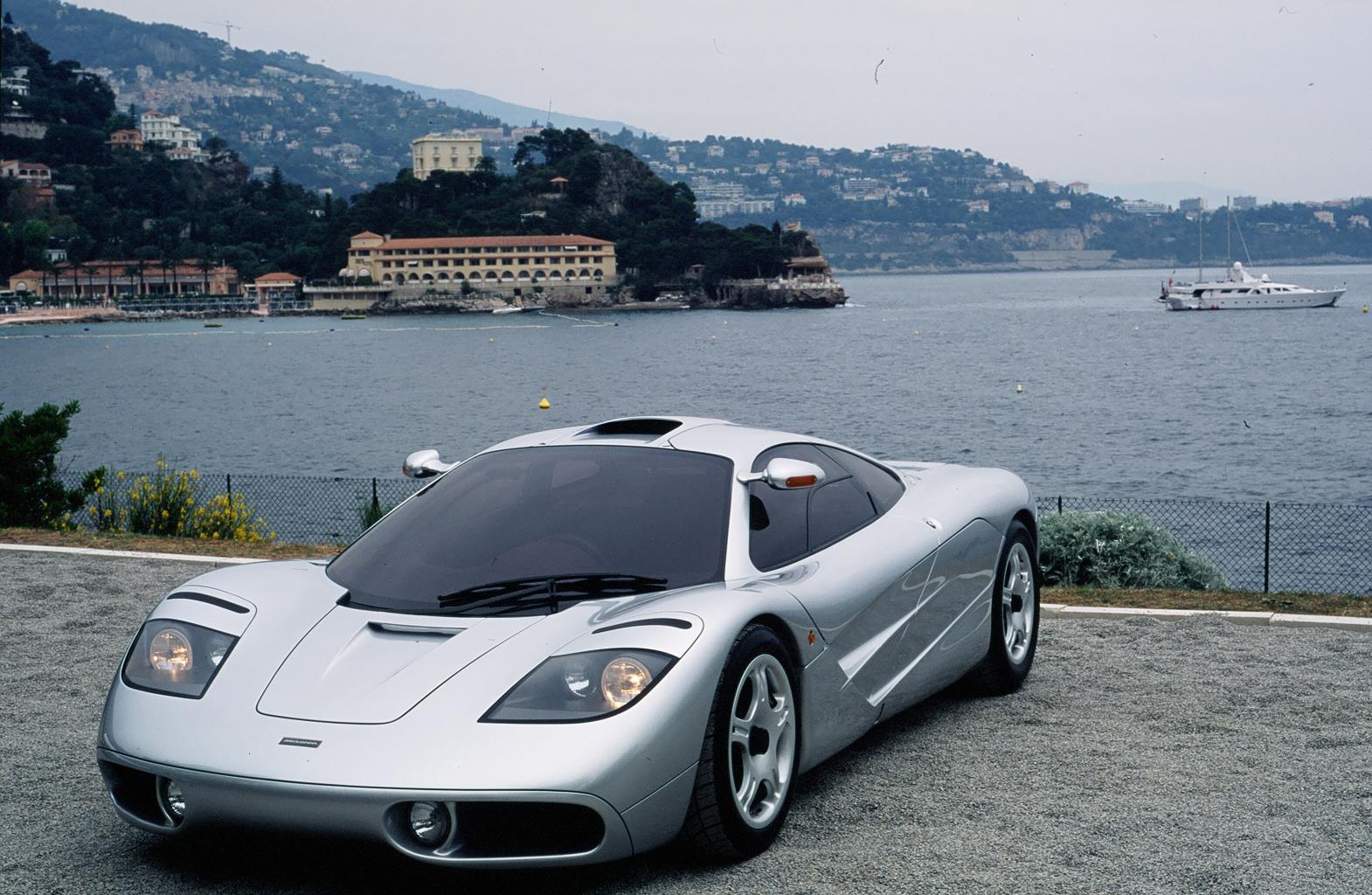
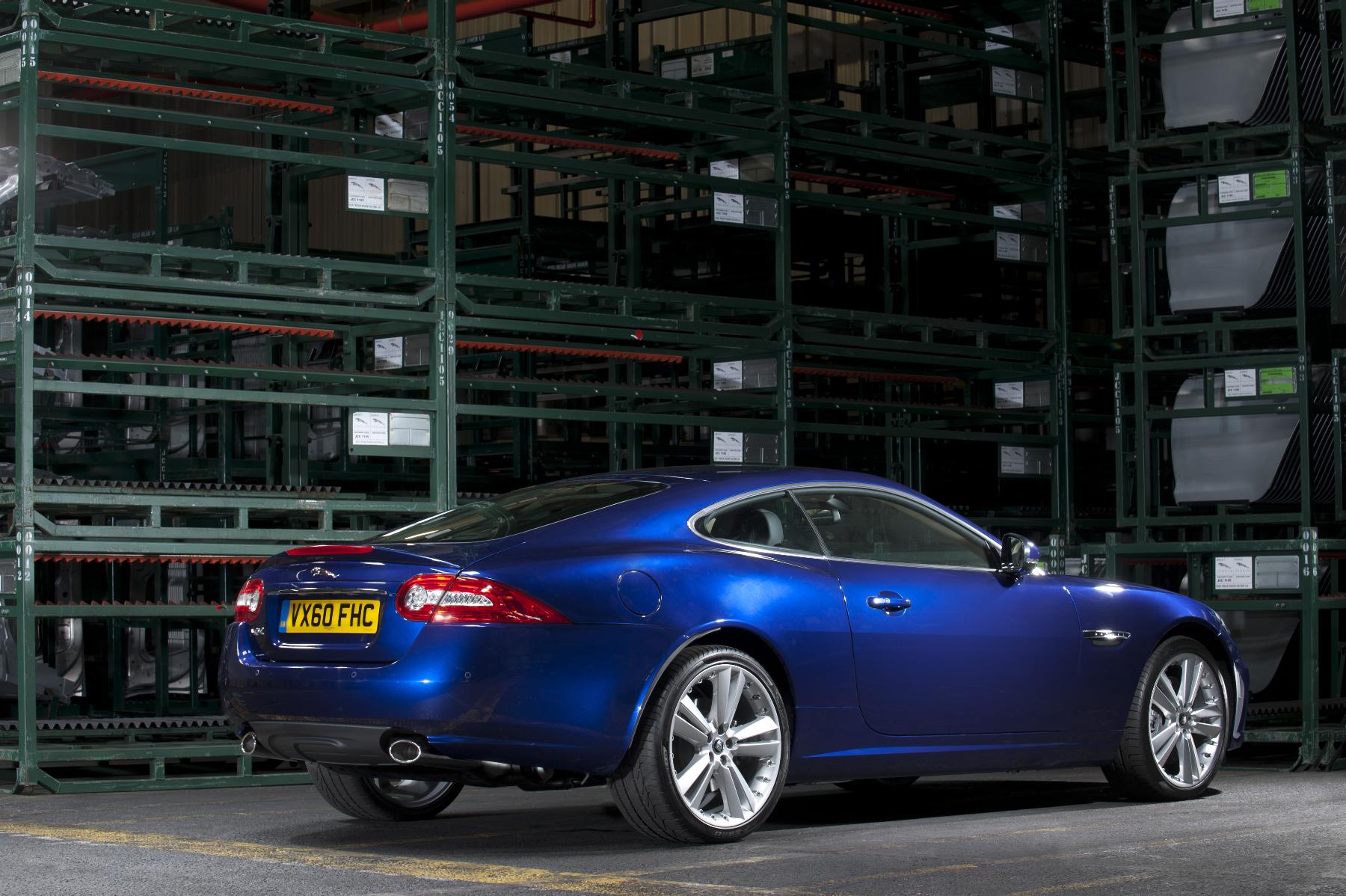
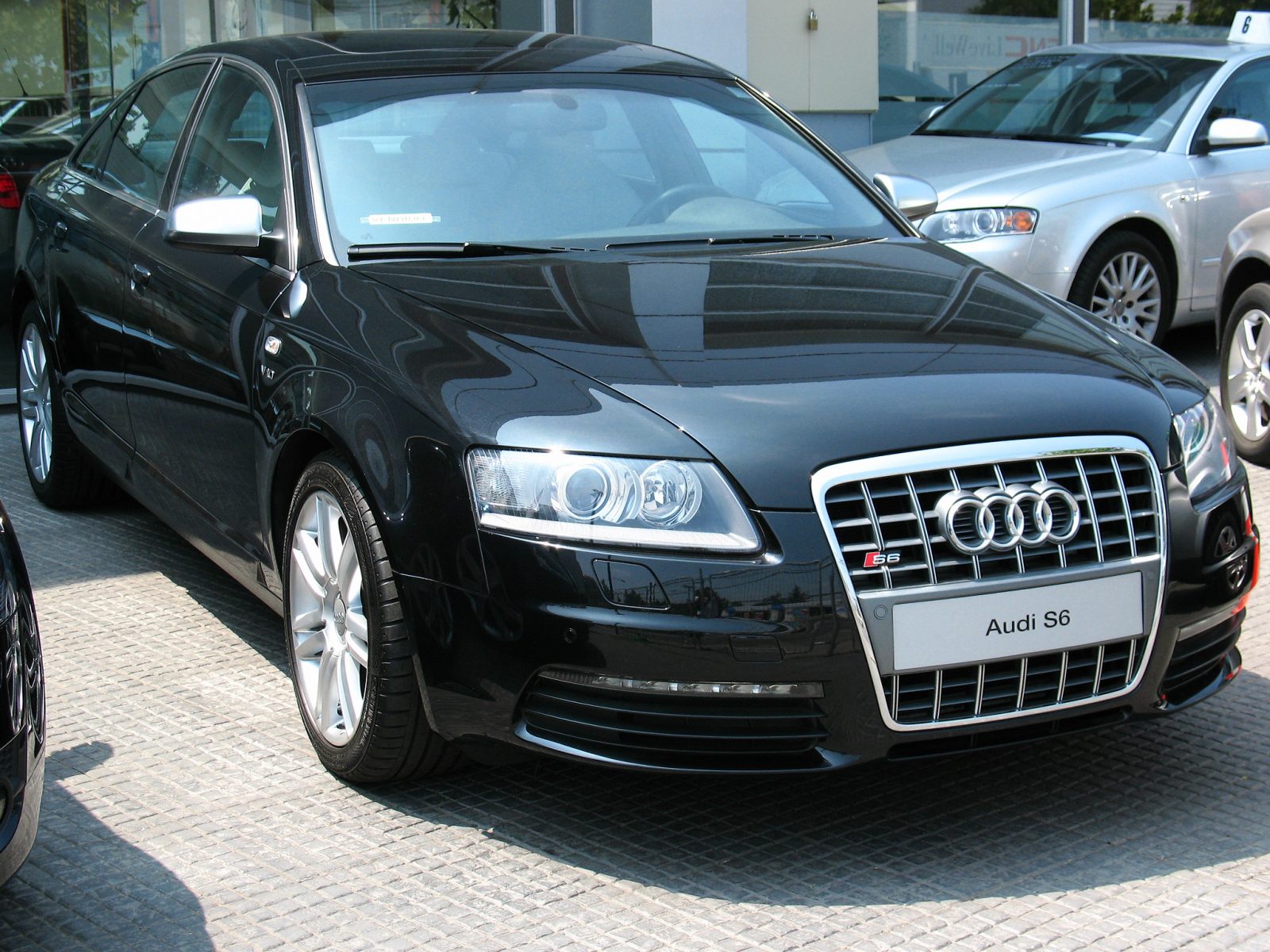
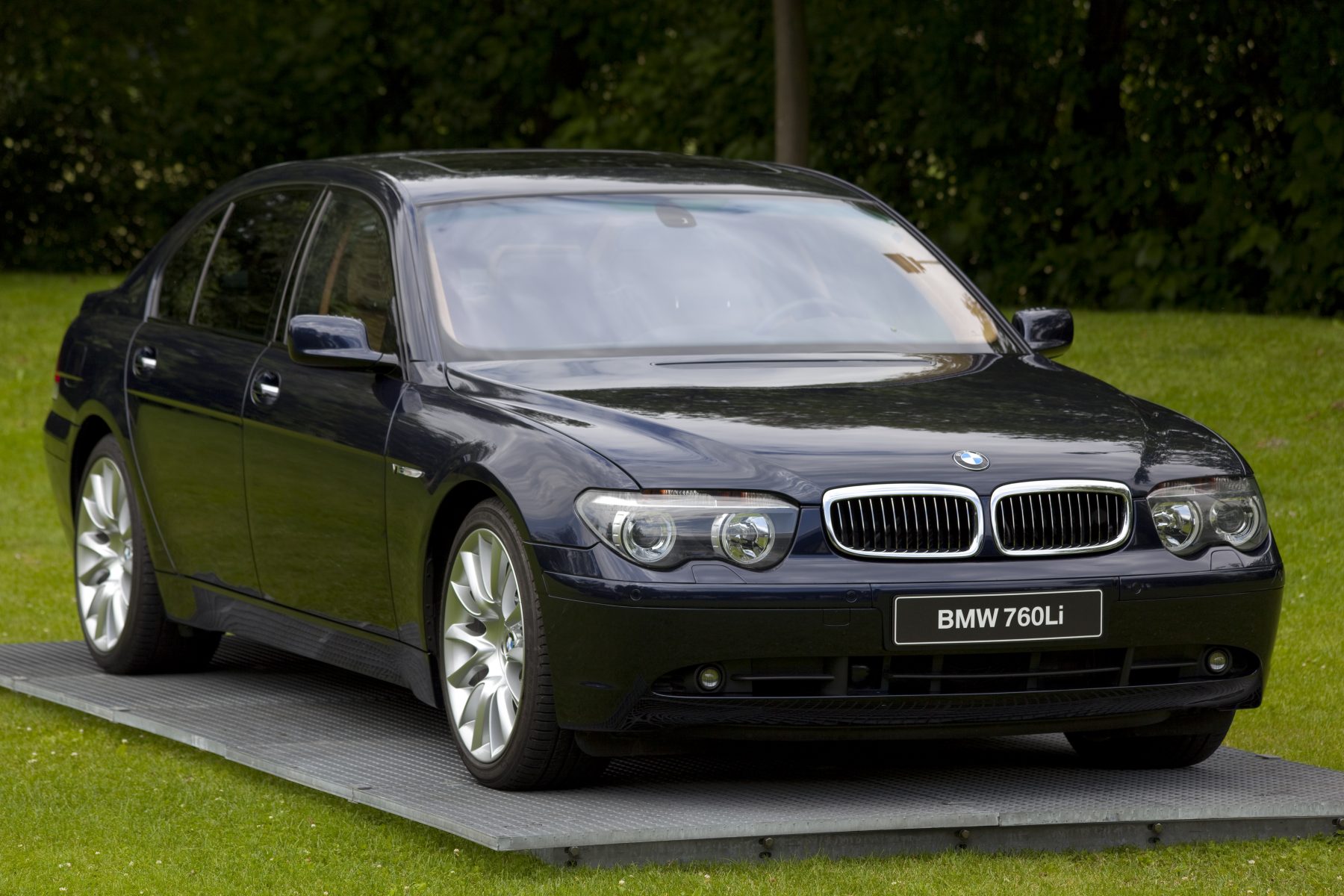
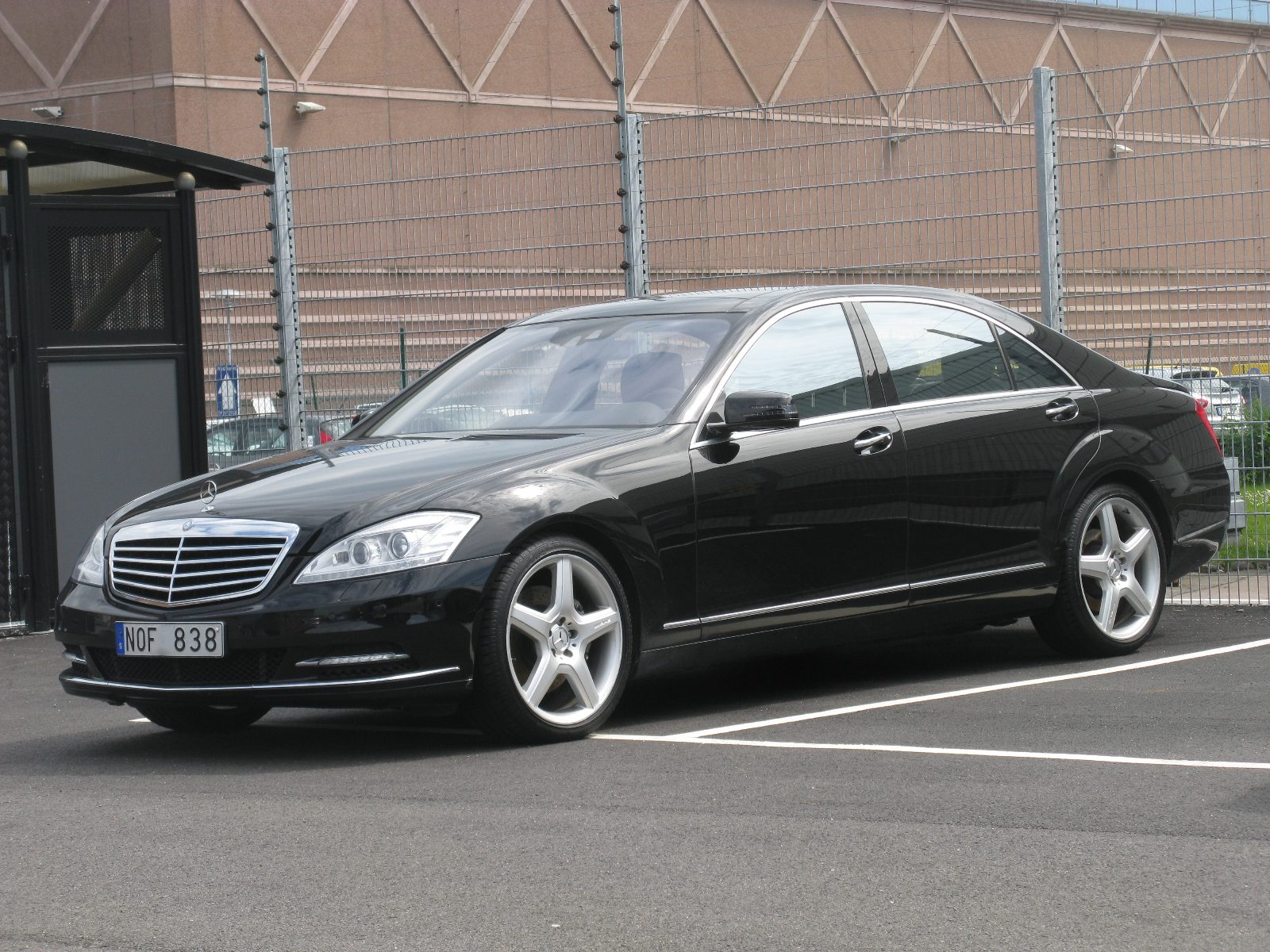
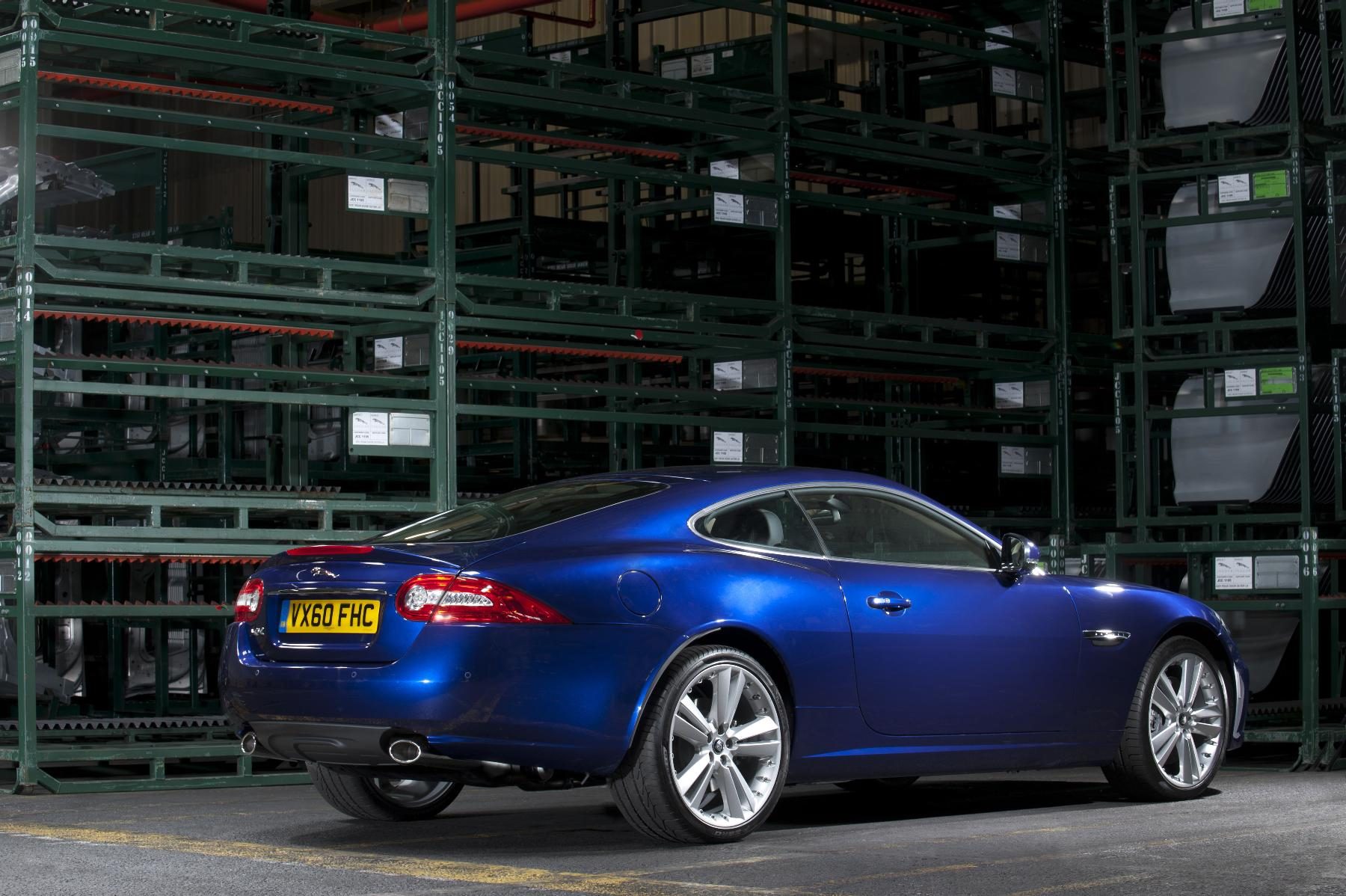
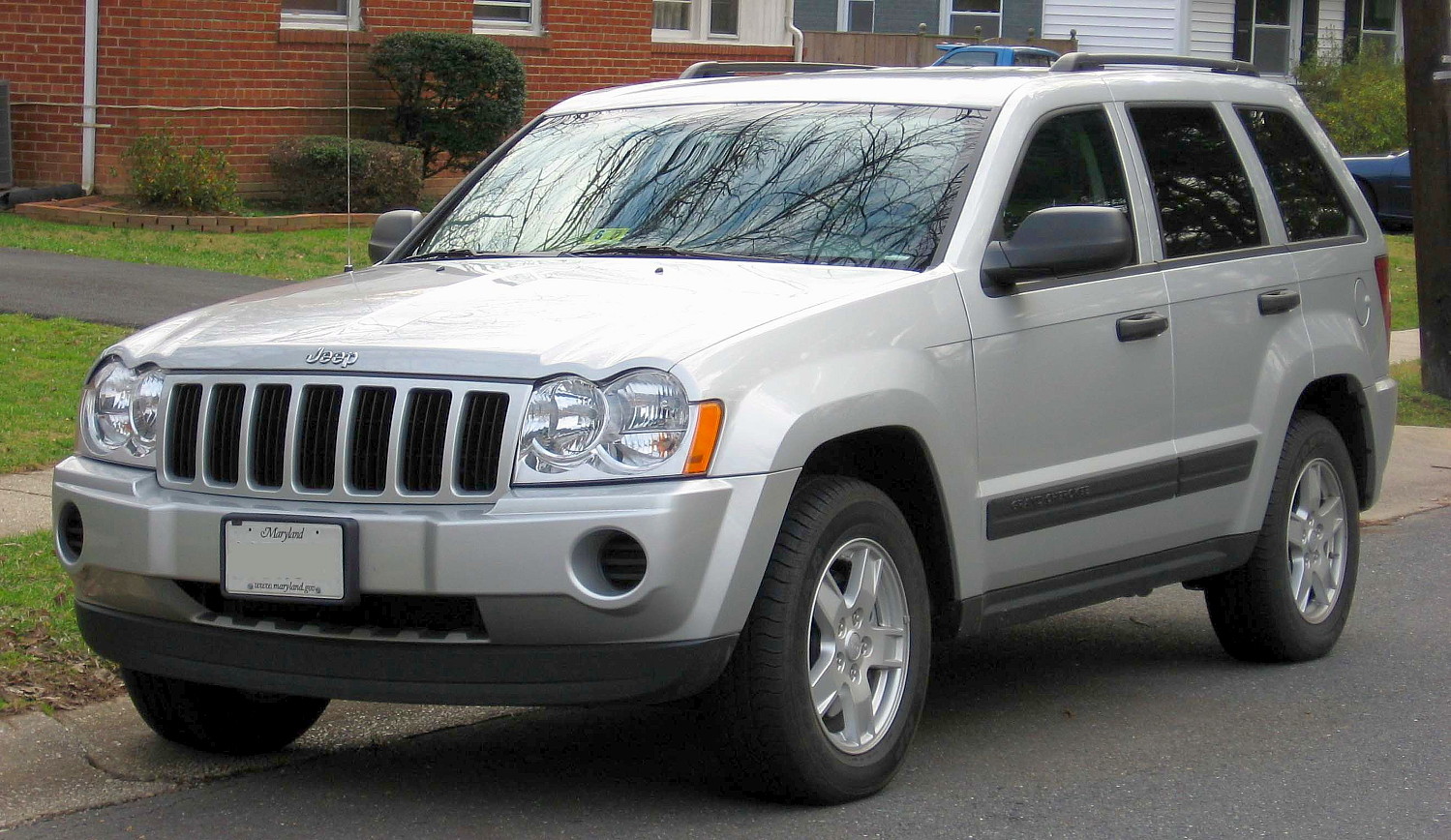
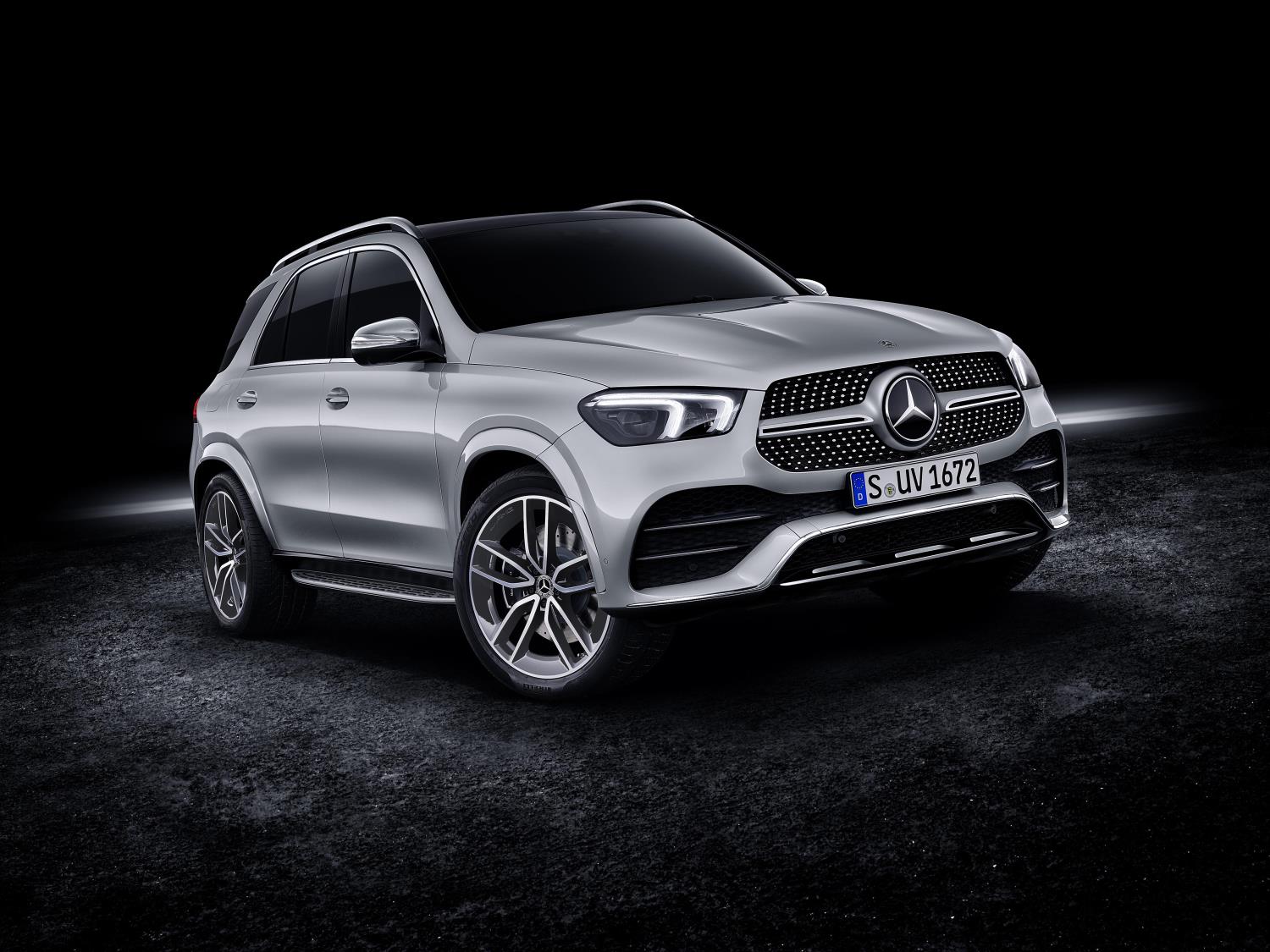
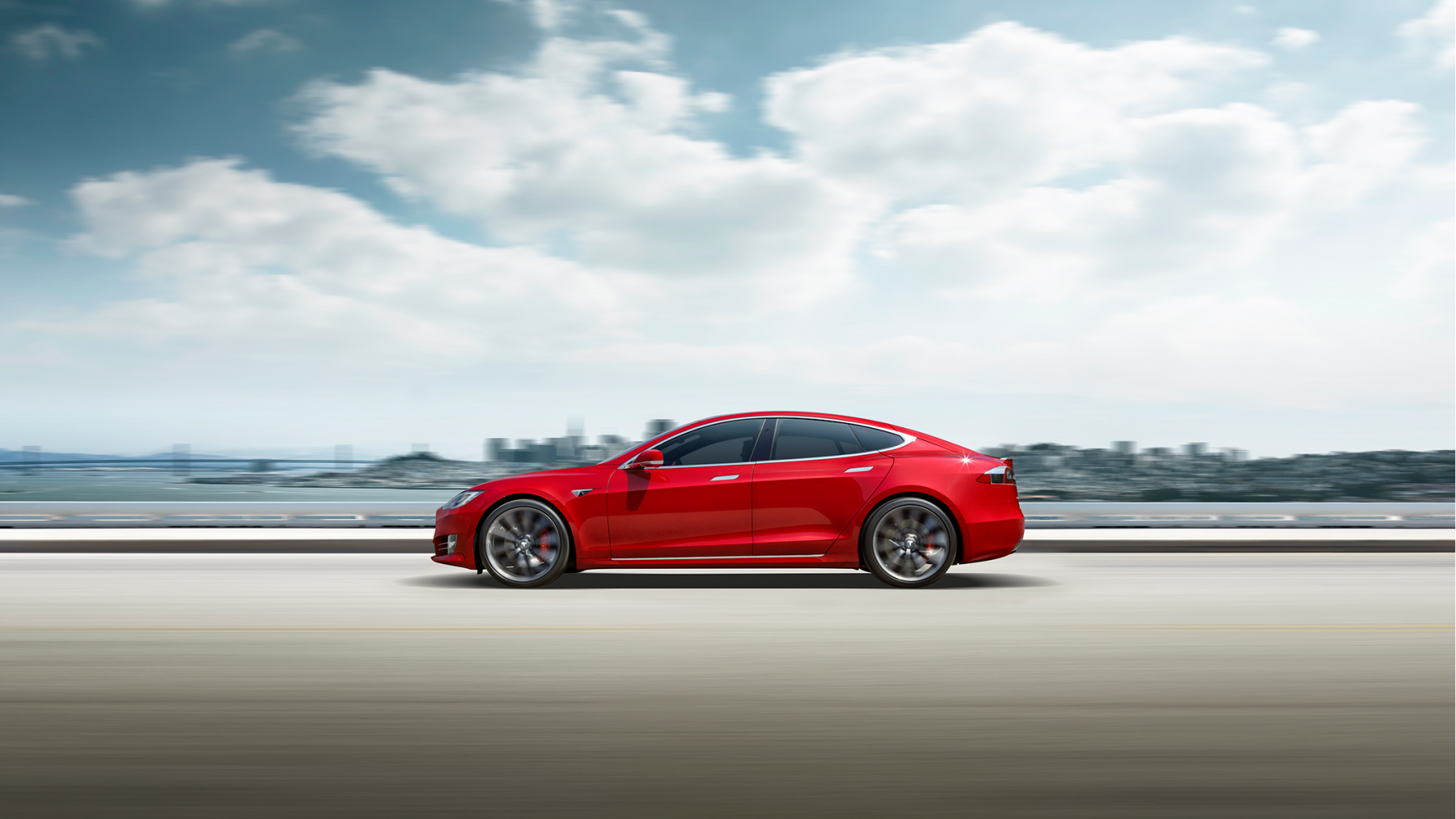
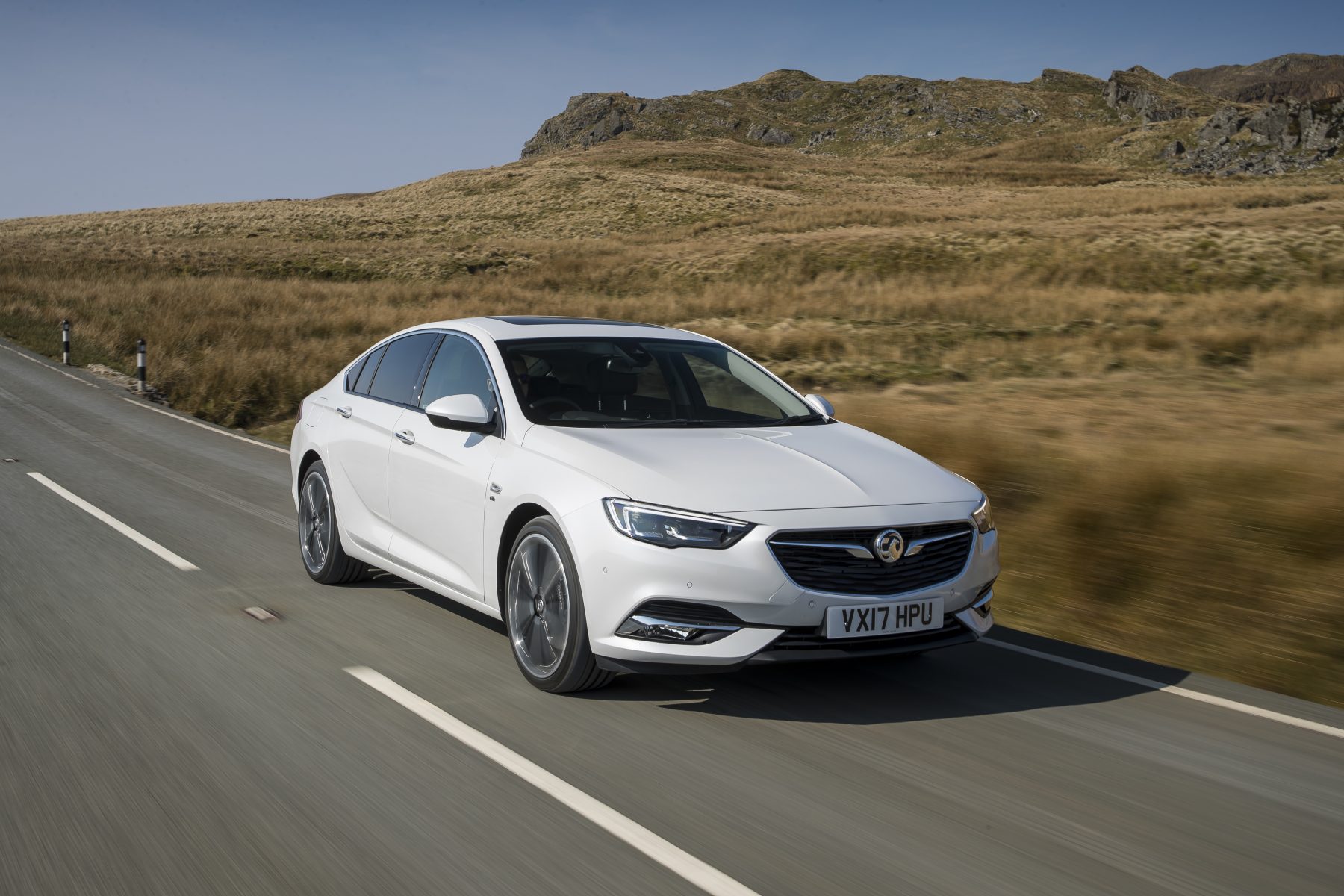

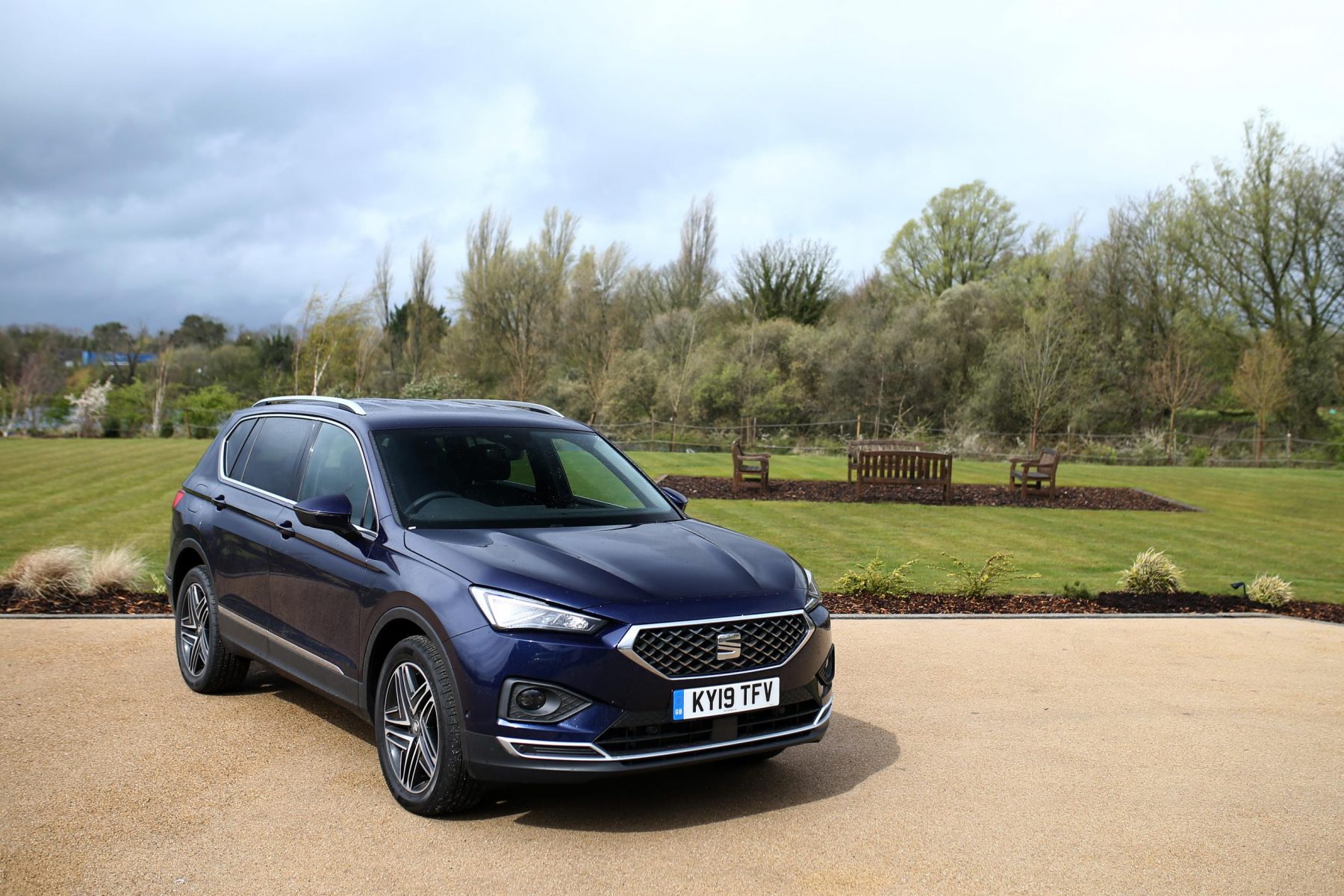
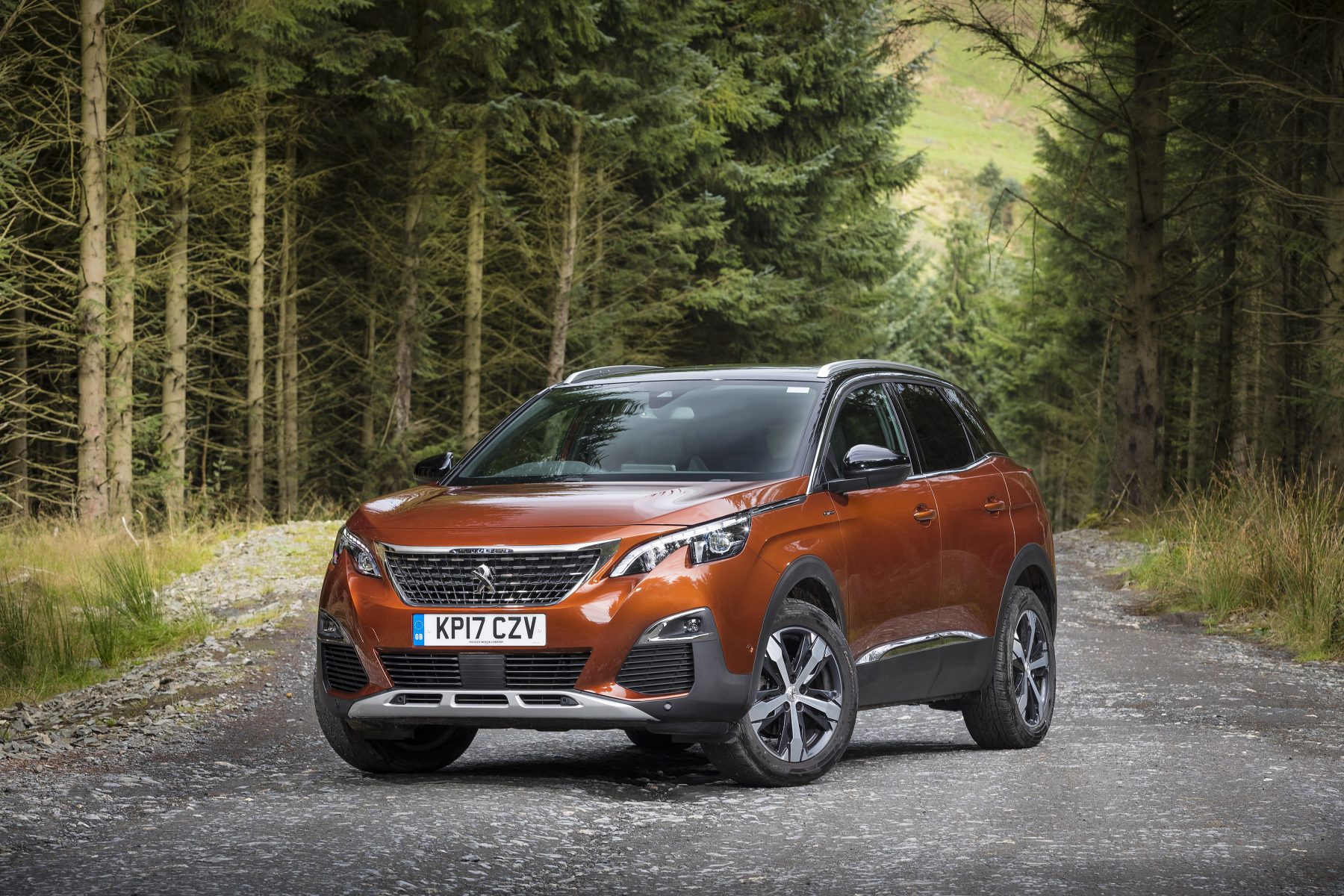

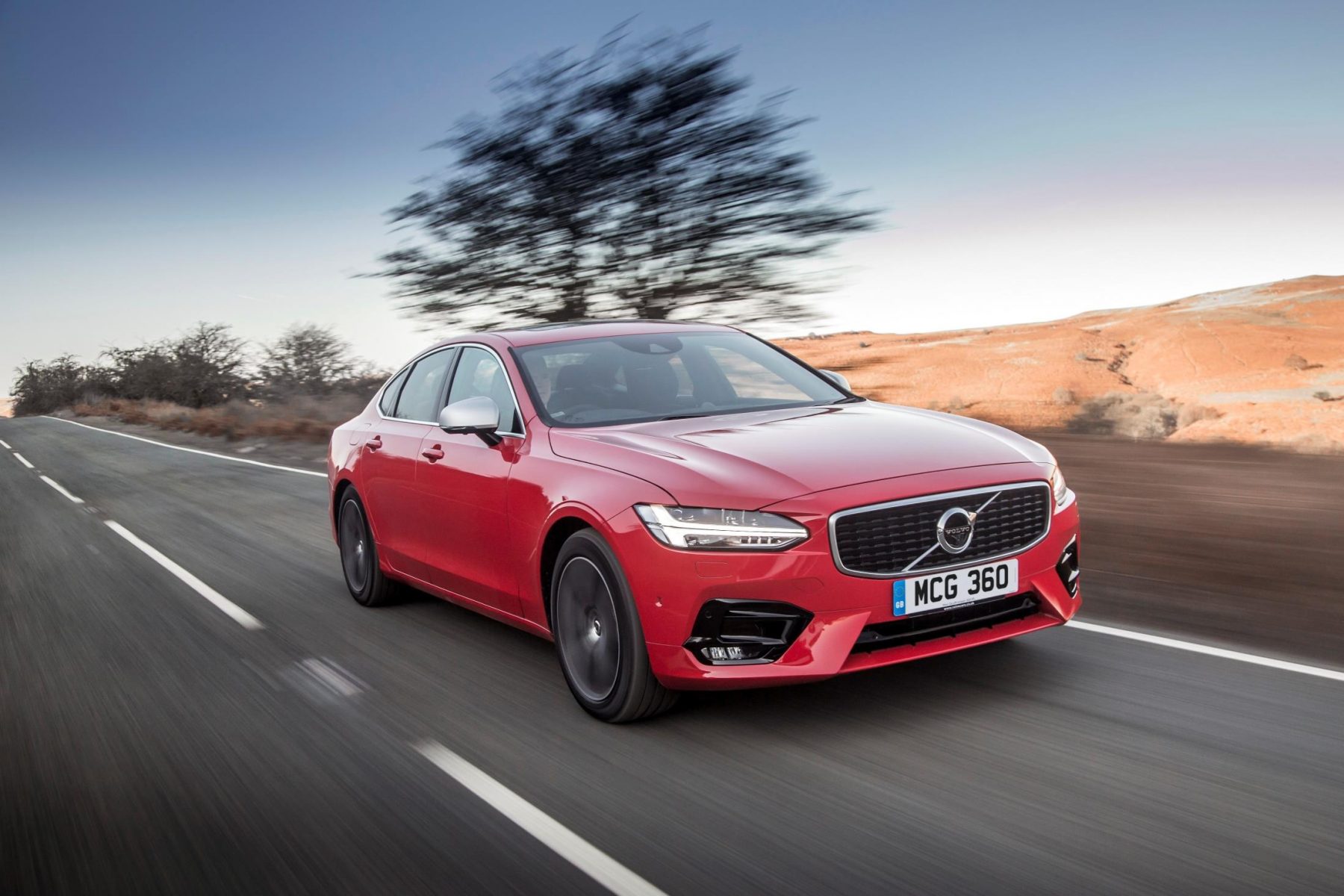
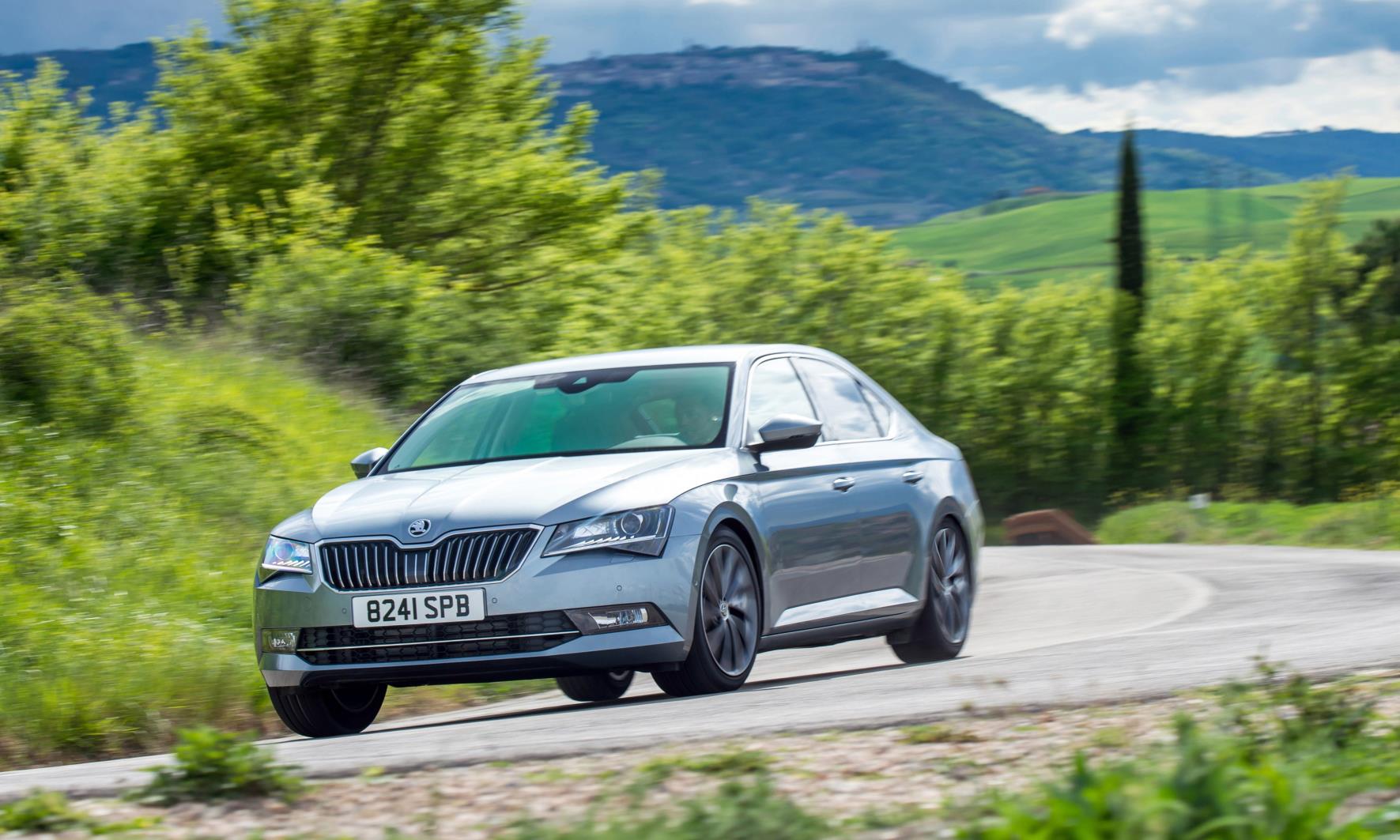
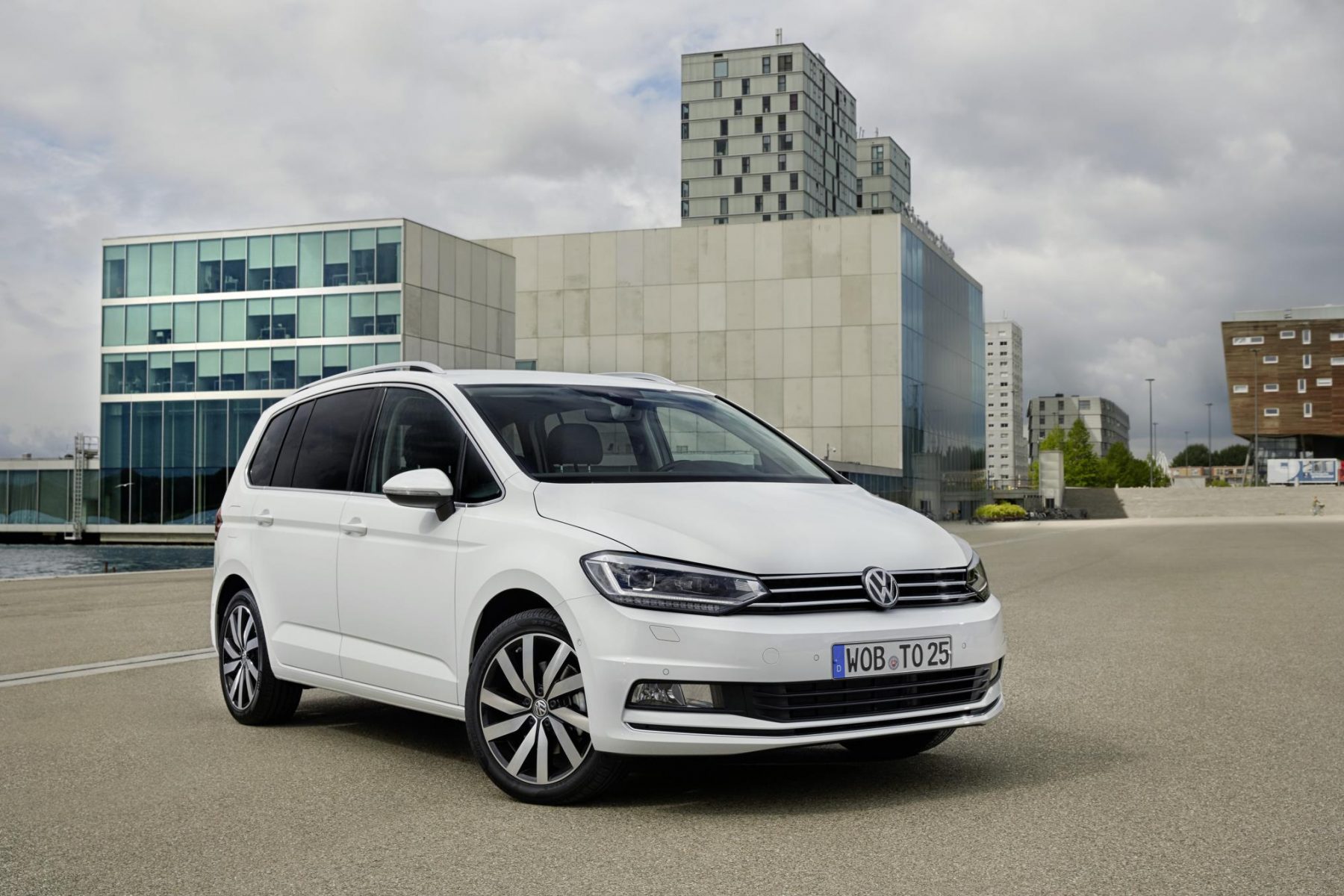
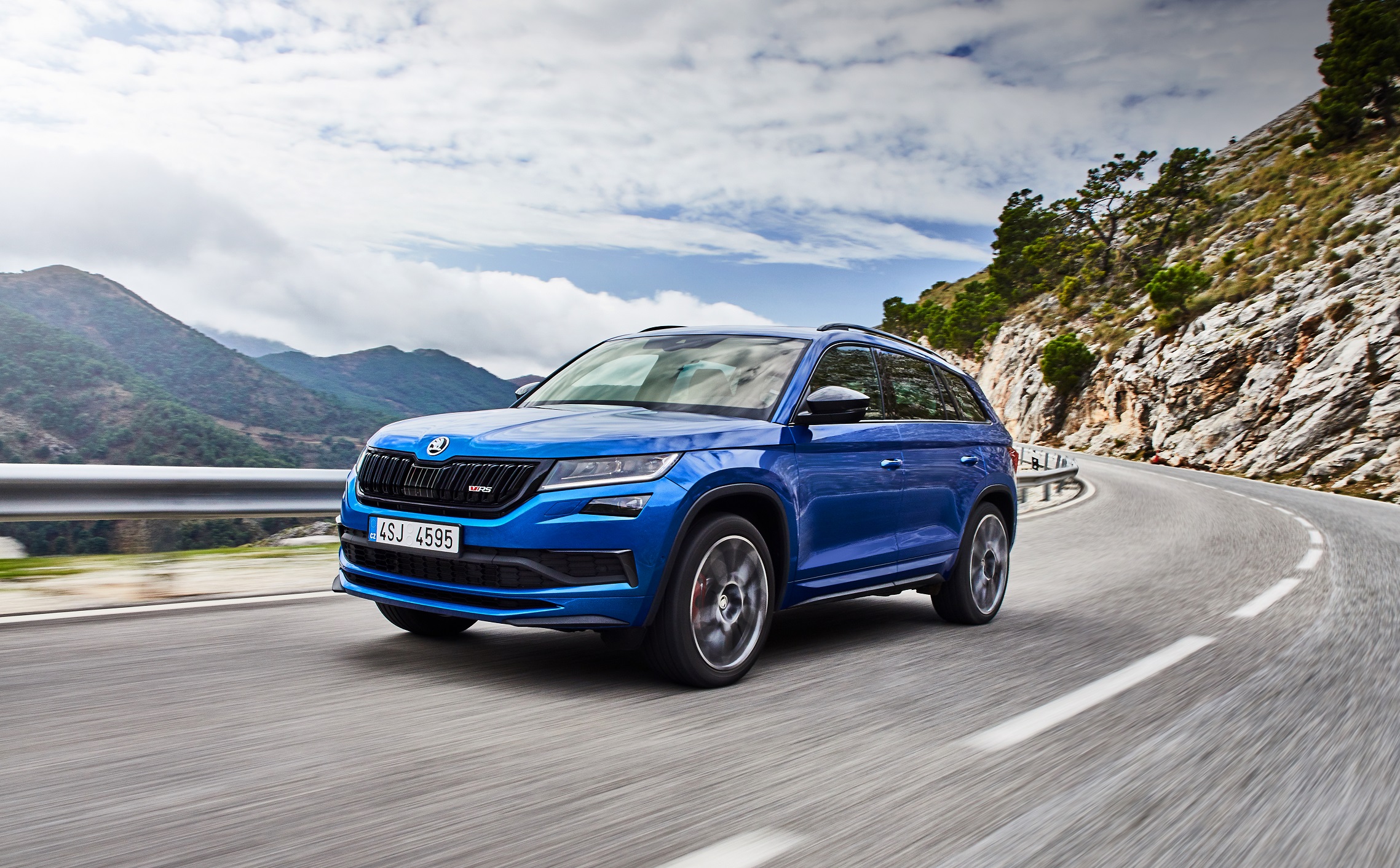
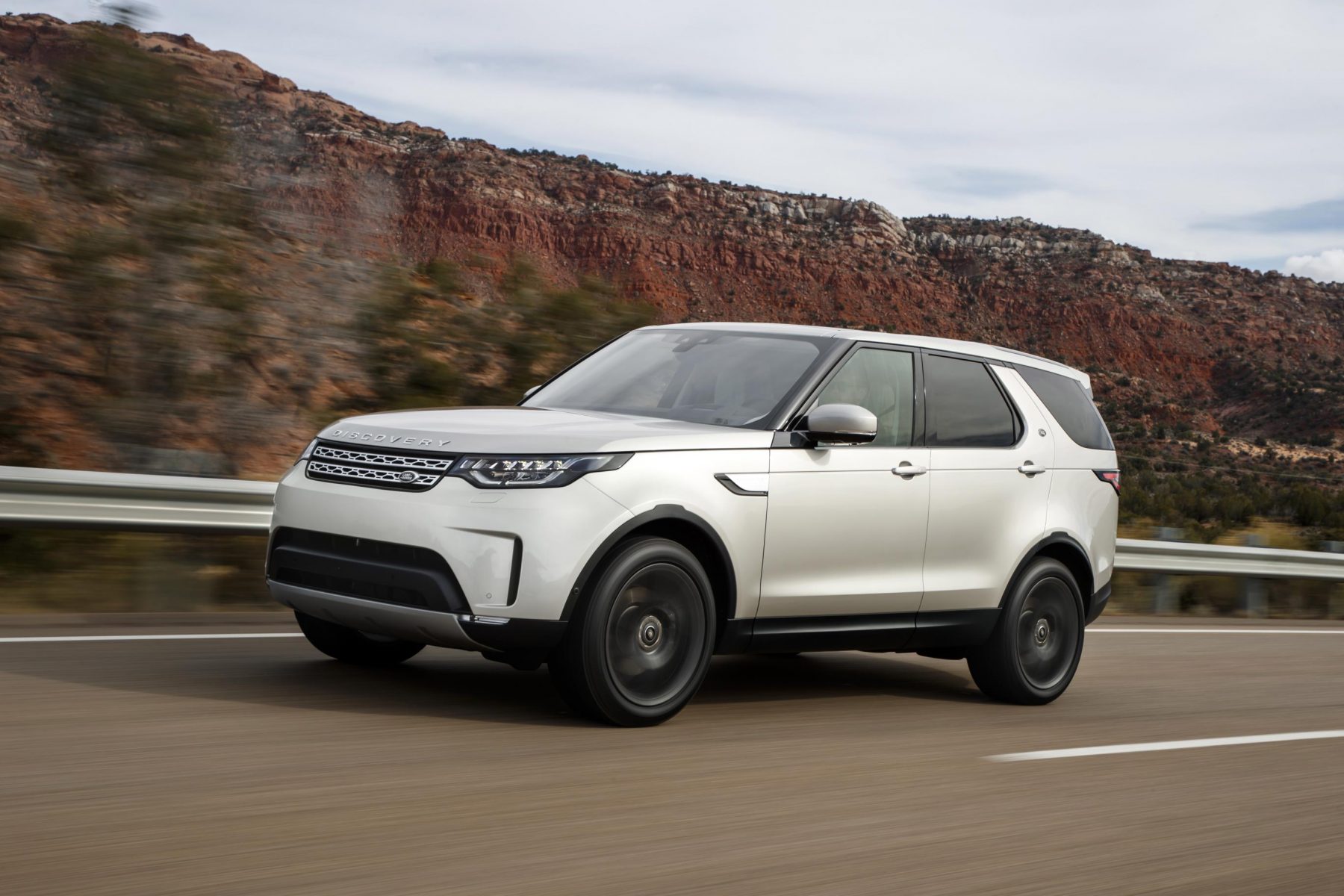


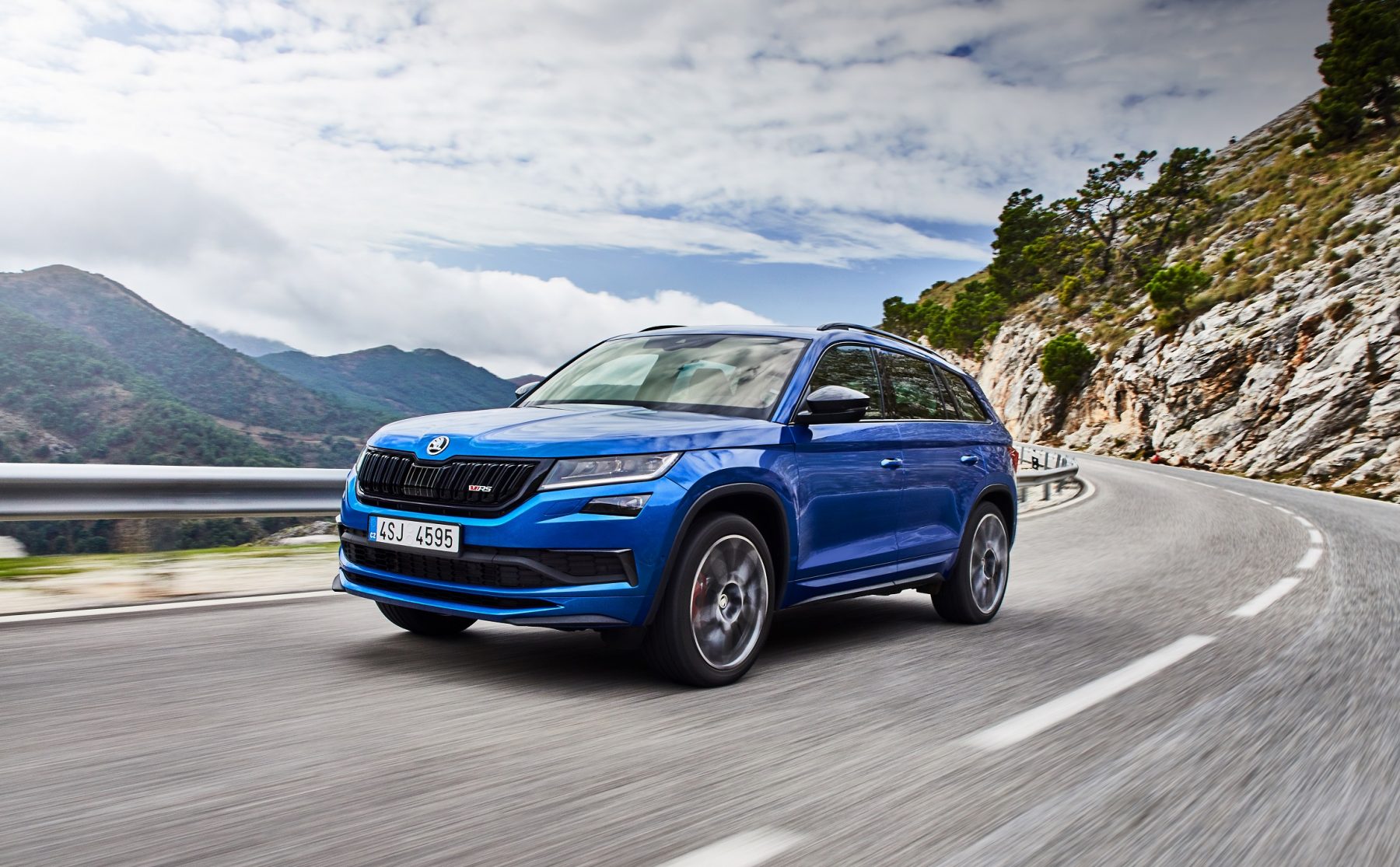
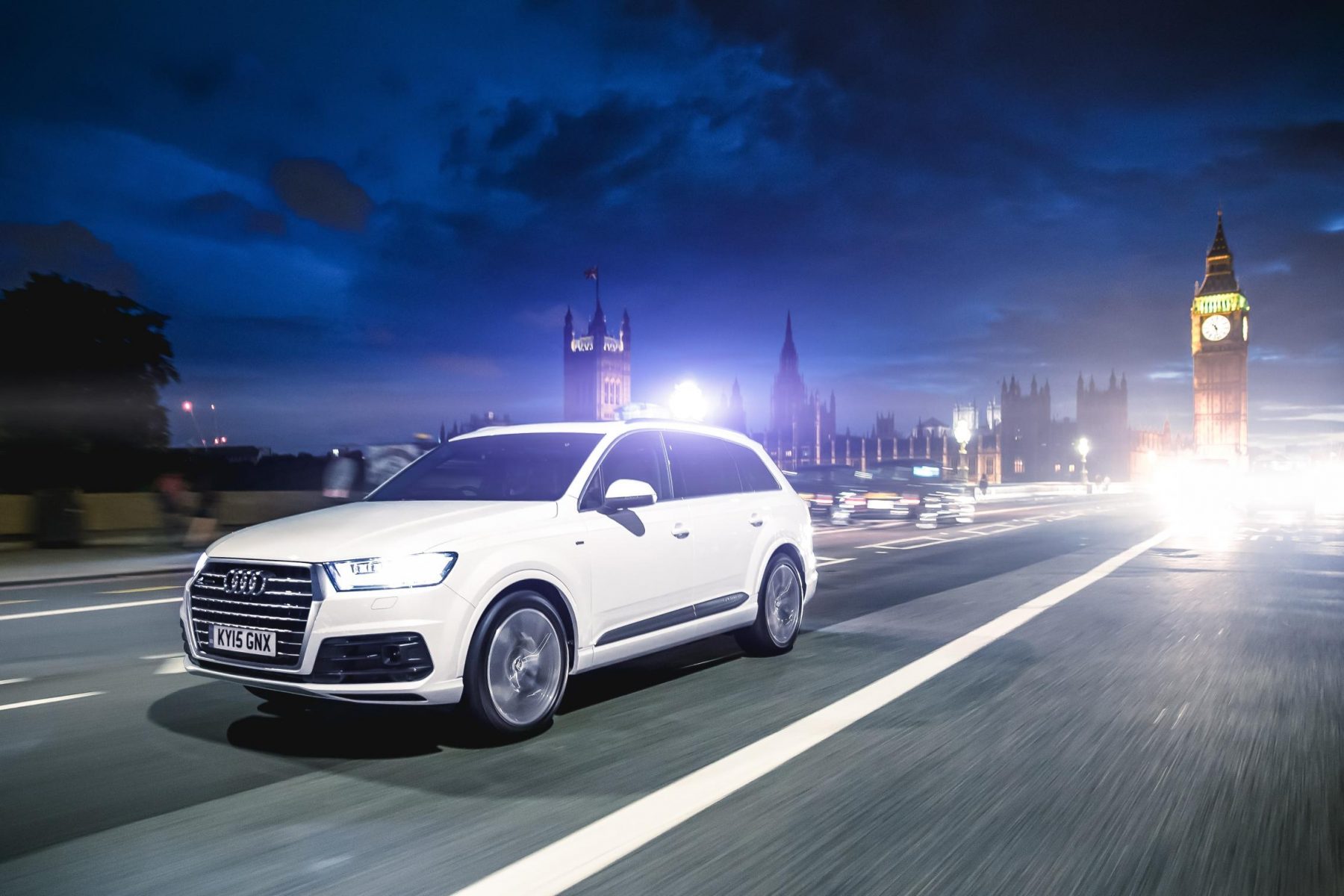
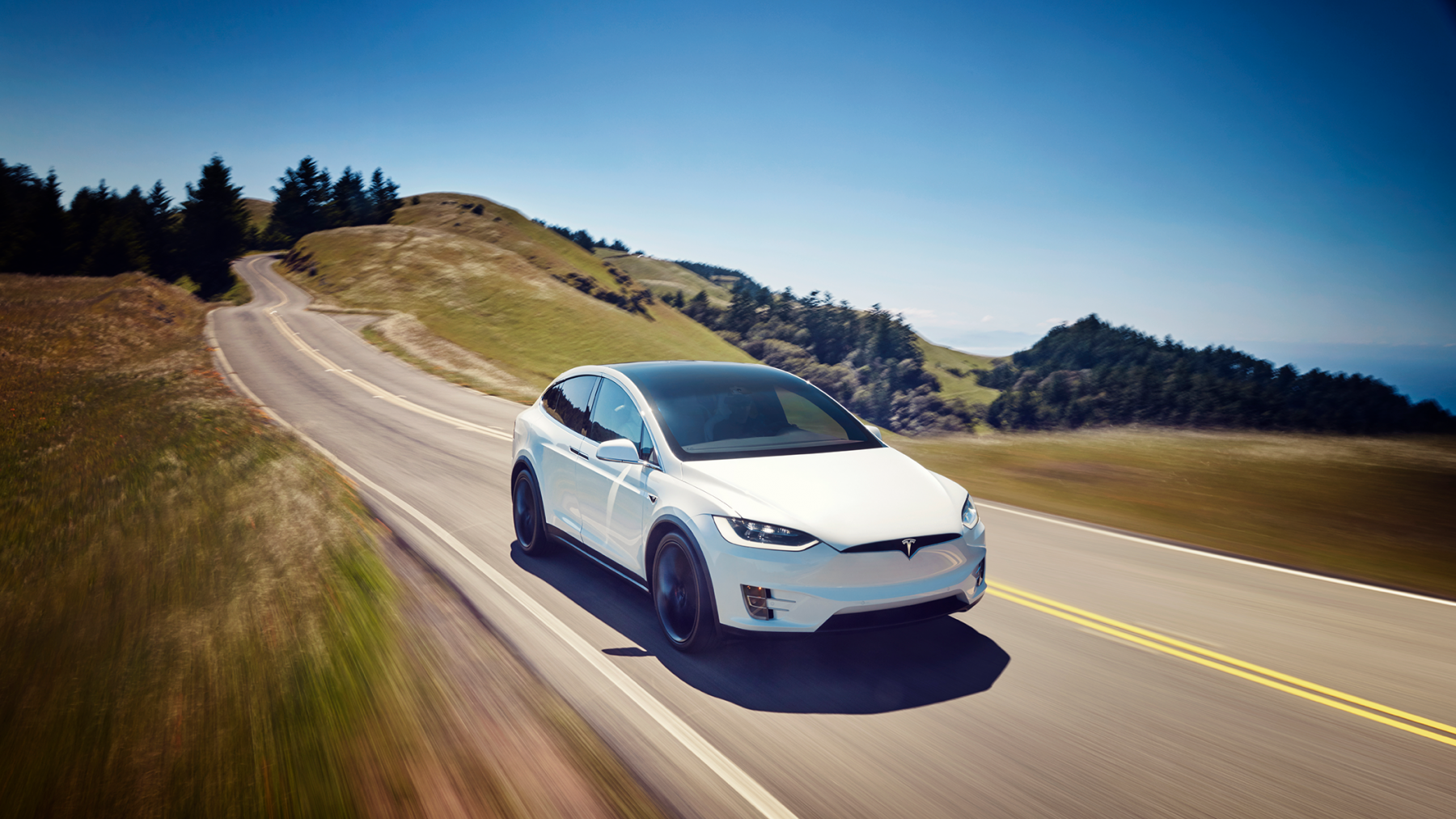
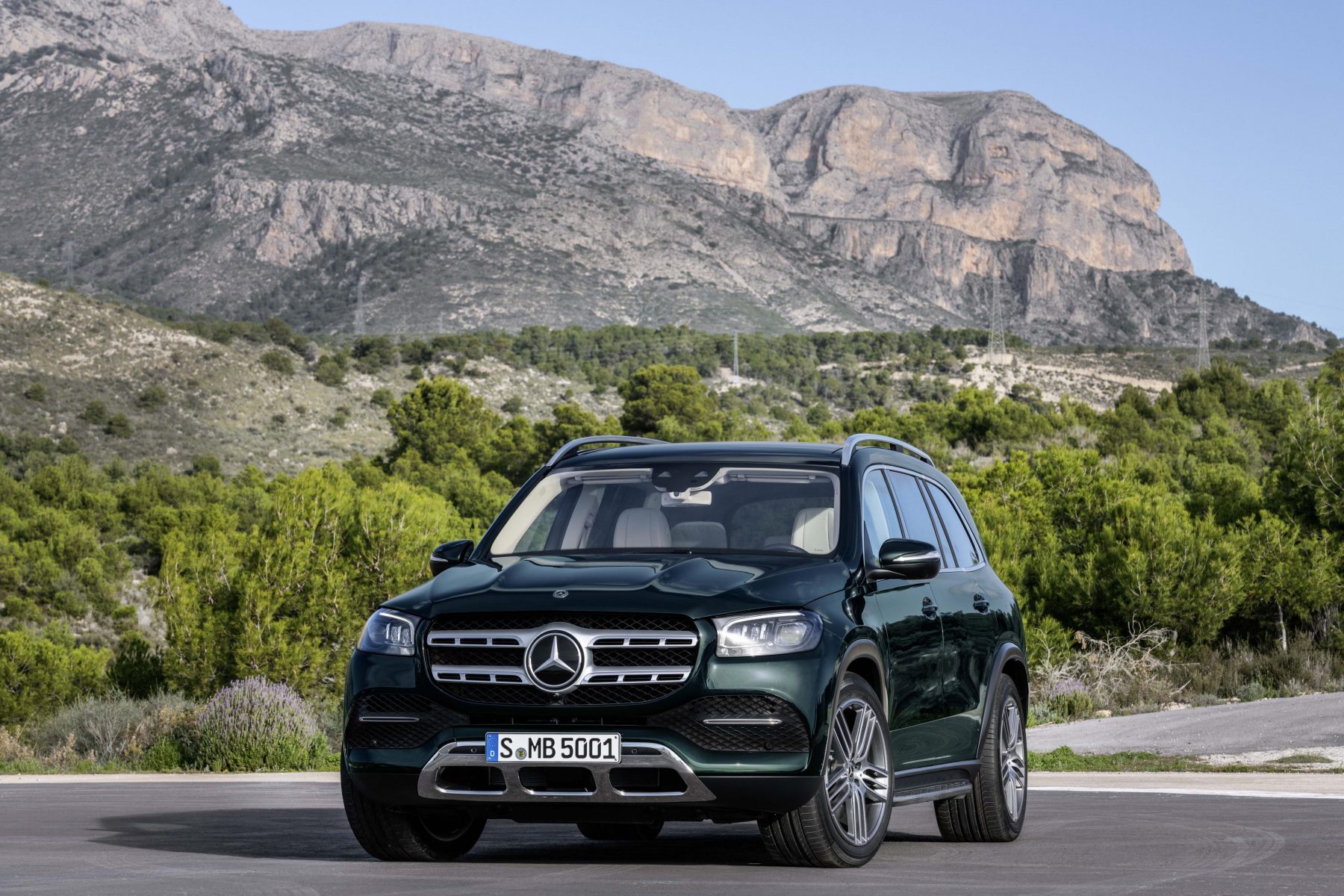
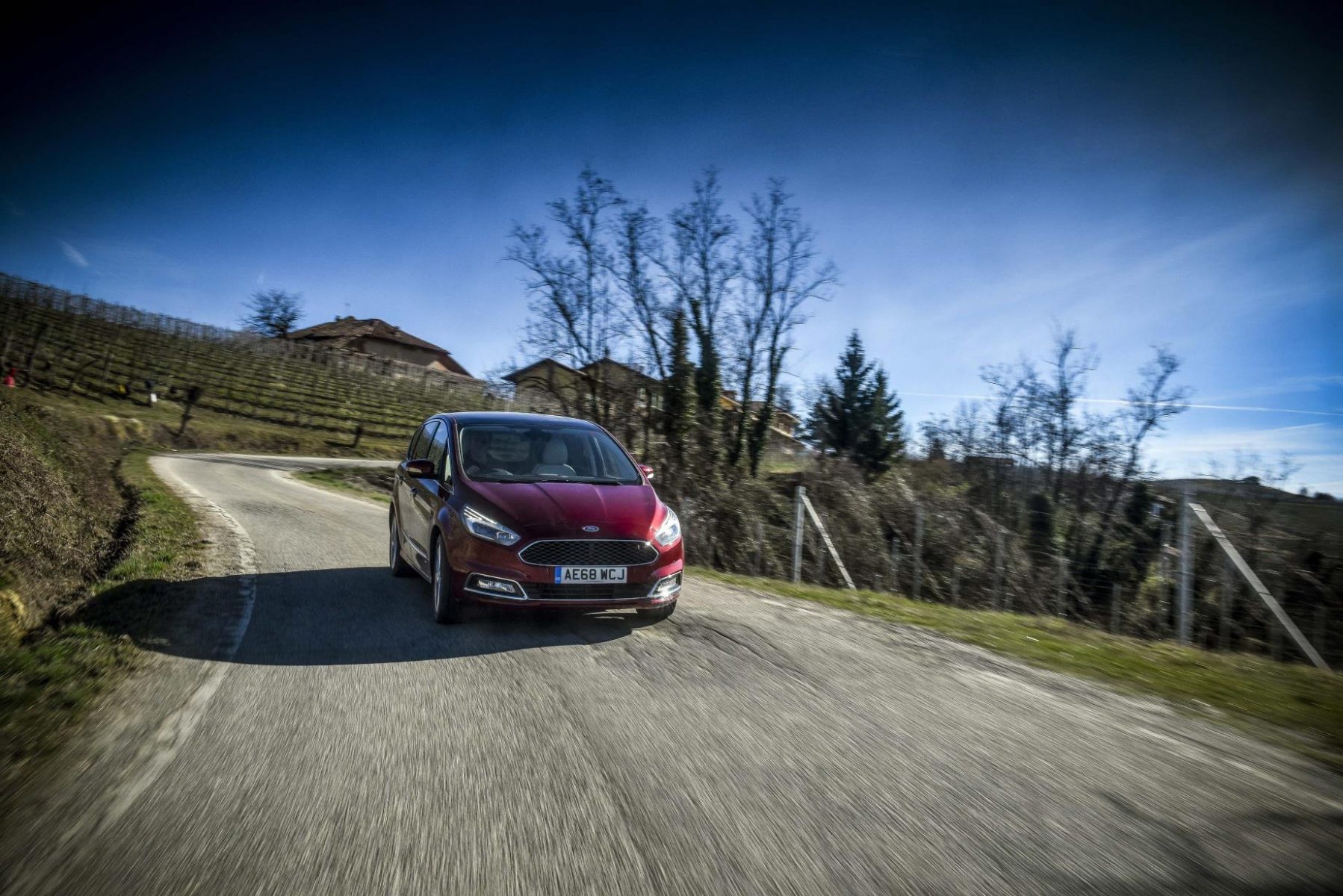
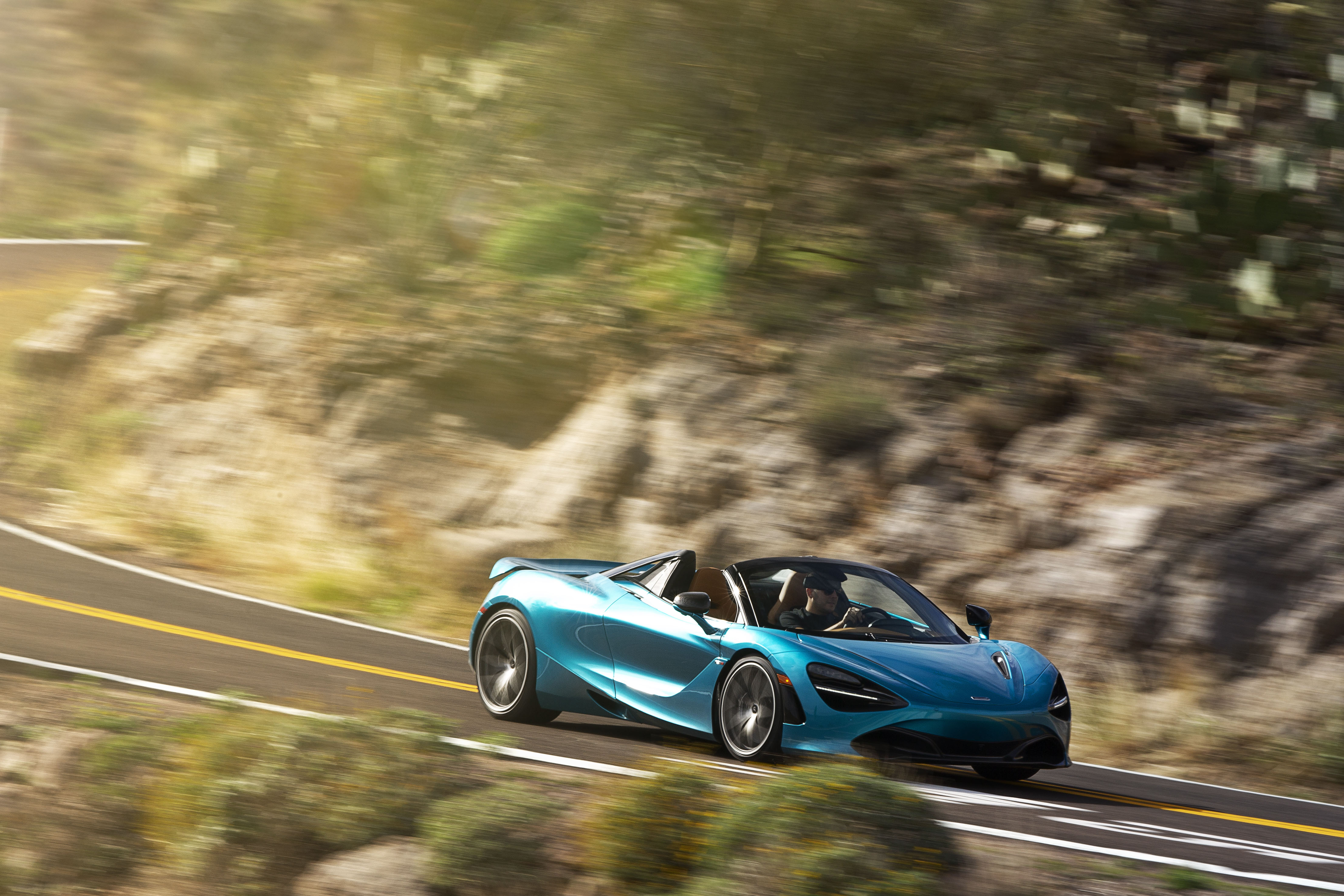
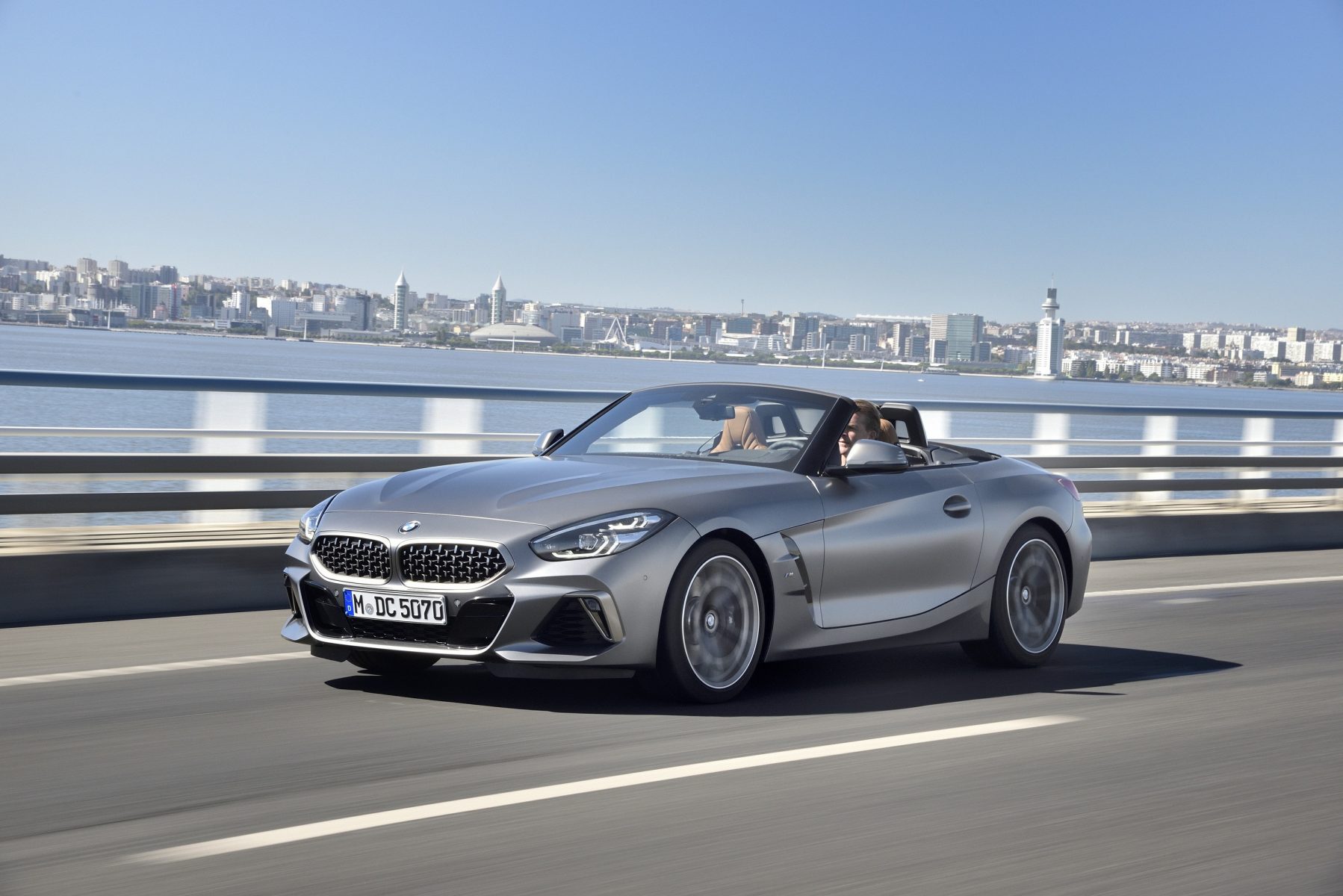 The previous generation Z4 went down a storm with buyers, and now there’s an all-new one. With it brings a sharper interior, a more engaging driving experience and – unlike the metal-roofed car it replaces – a canvas hood.
The previous generation Z4 went down a storm with buyers, and now there’s an all-new one. With it brings a sharper interior, a more engaging driving experience and – unlike the metal-roofed car it replaces – a canvas hood.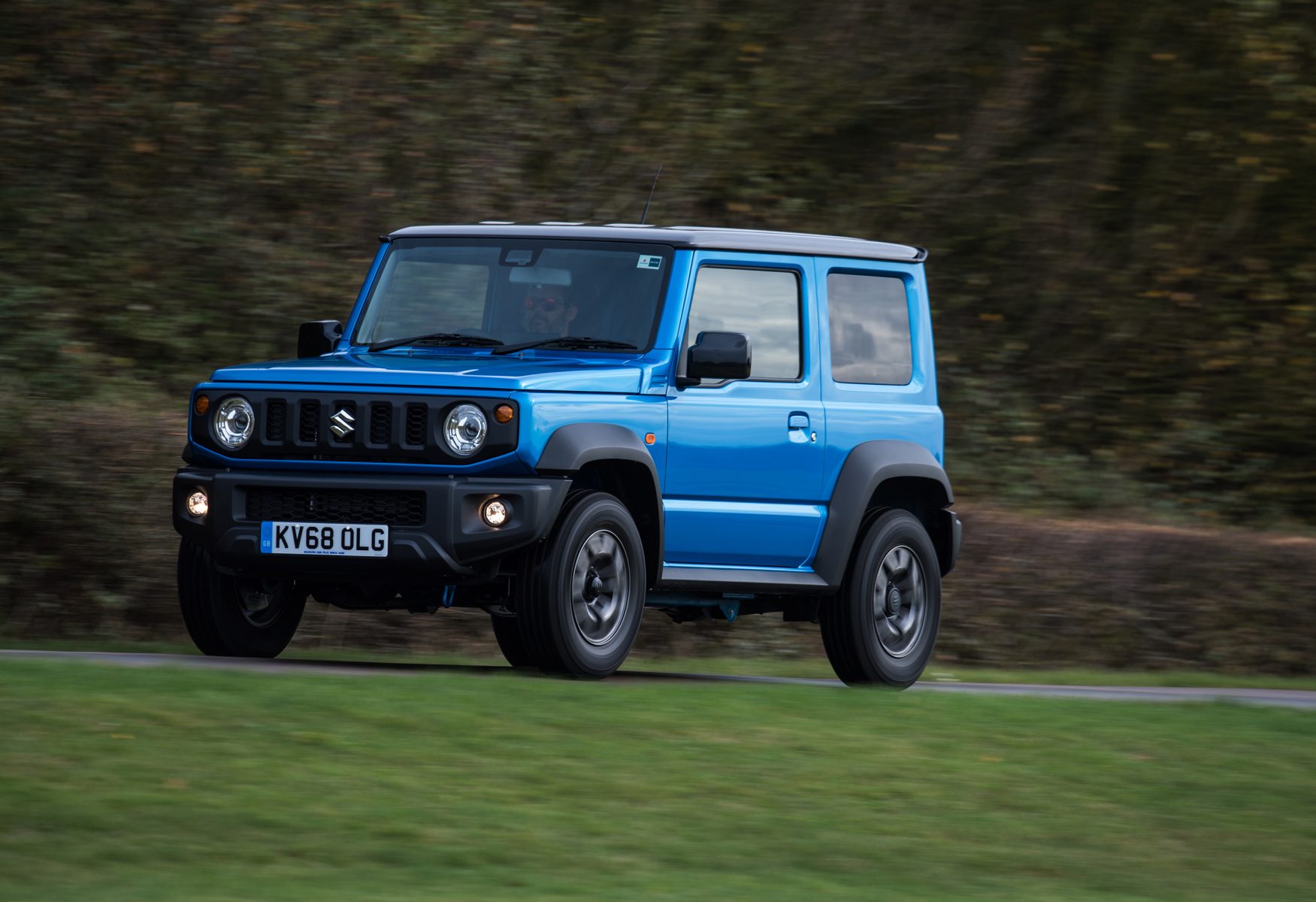 With the British summer somewhat unpredictable, a sunny day out to the forest could soon become a very wet and muddy one — and that’s where the Suzuki Jimny’s off-road capability comes in handy.
With the British summer somewhat unpredictable, a sunny day out to the forest could soon become a very wet and muddy one — and that’s where the Suzuki Jimny’s off-road capability comes in handy. Mazda’s MX-5 epitomises value-for-money yet good-fun motoring. The latest version is one of the best to drive yet, and since it’s been around a little while now, a new one doesn’t have to cost the earth.
Mazda’s MX-5 epitomises value-for-money yet good-fun motoring. The latest version is one of the best to drive yet, and since it’s been around a little while now, a new one doesn’t have to cost the earth.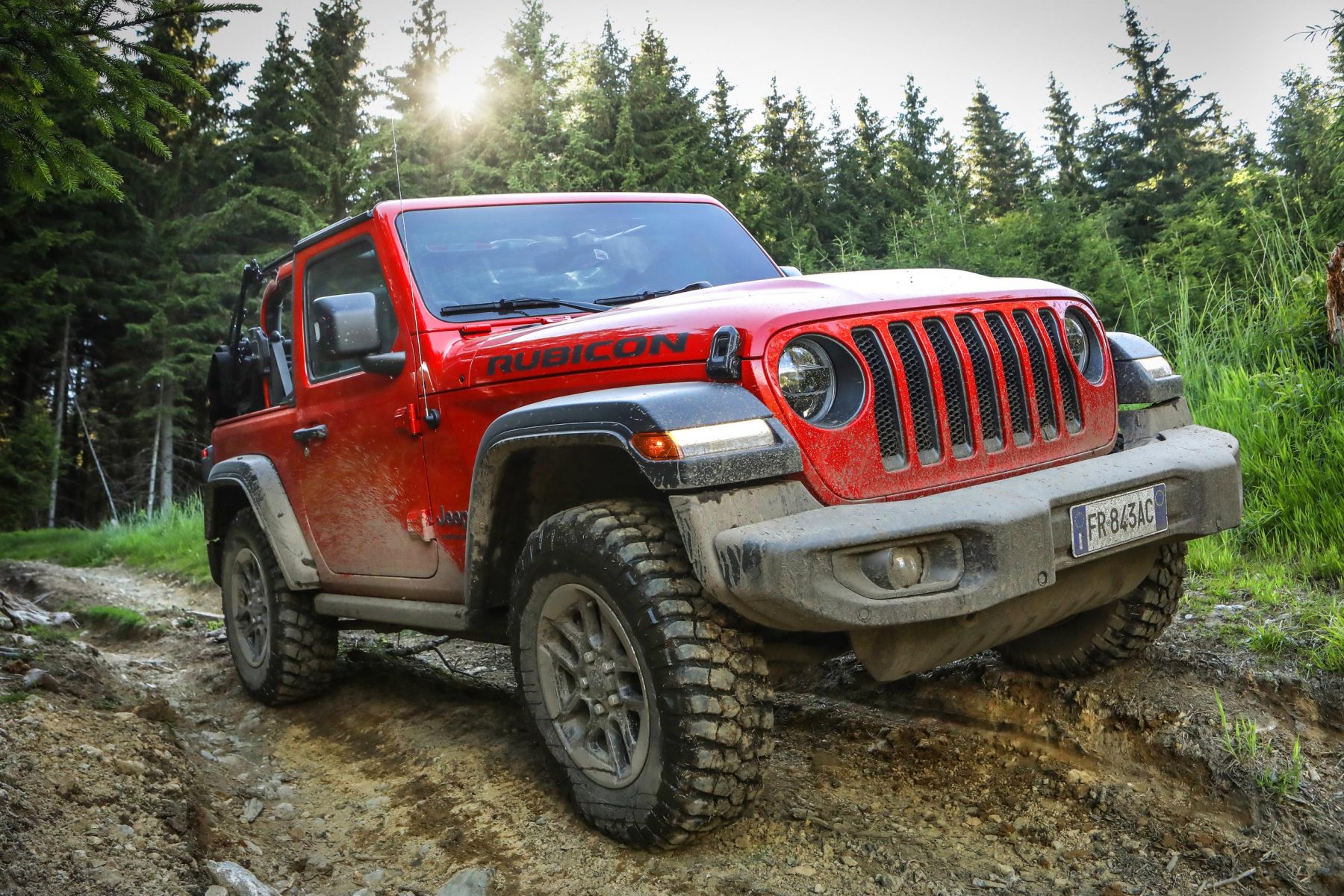 The Jeep Wrangler is one of the least road-focused cars on this list – but it’s no less ideal for summertime driving. Why, I hear you ask? Well, the latest generation of Wrangler incorporates a feature which was well-loved on the car it replaces, and that’s the removable roof.
The Jeep Wrangler is one of the least road-focused cars on this list – but it’s no less ideal for summertime driving. Why, I hear you ask? Well, the latest generation of Wrangler incorporates a feature which was well-loved on the car it replaces, and that’s the removable roof.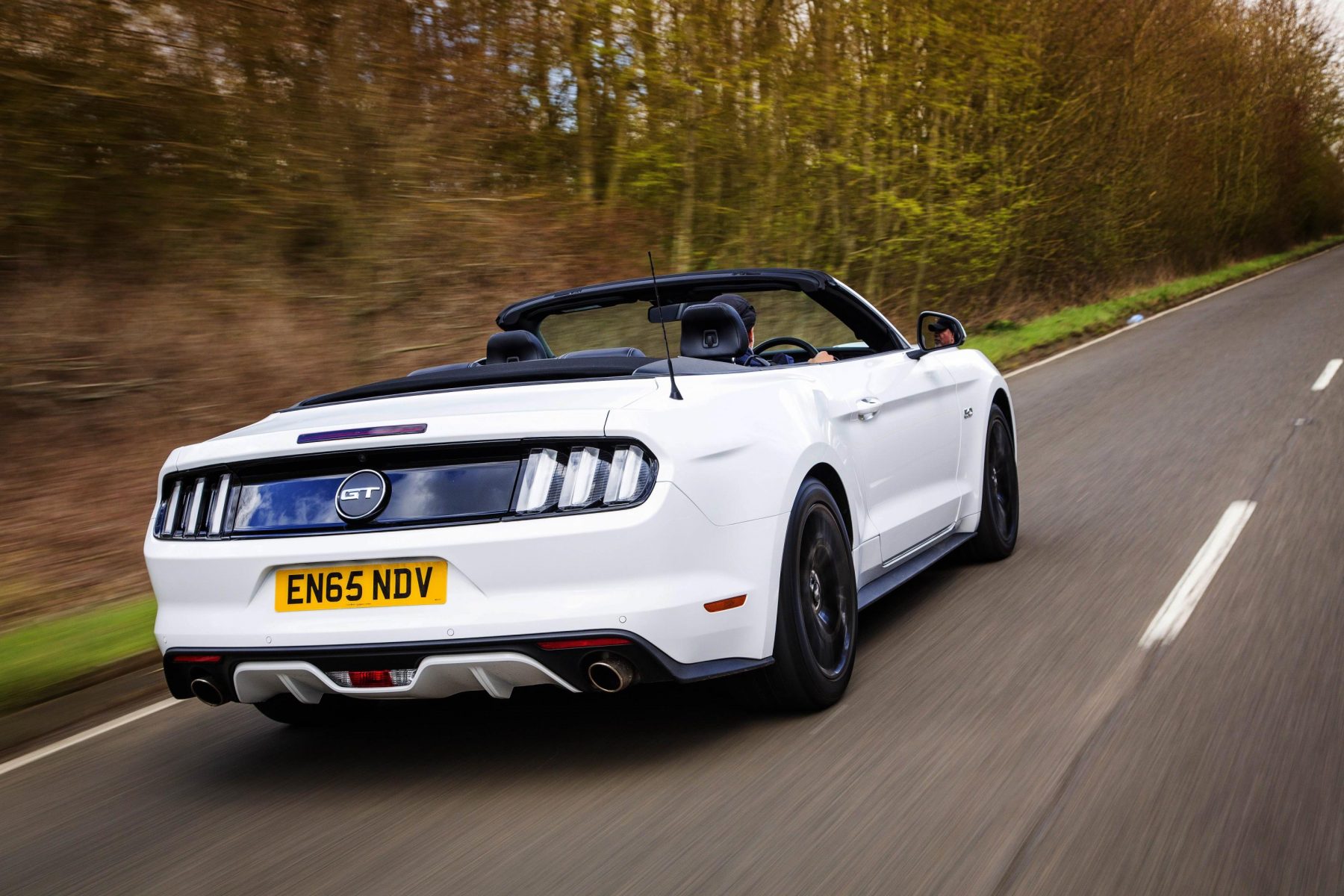 Ask anyone for their dream American road trip car, and we’d be willing to put money on them replying with a convertible Ford Mustang. Fortunately though, you don’t have to fly Stateside to enjoy this pony these days, with Ford selling the muscle car in droves here in the UK too. It still packs the same style and choice of a raucous V8 engine as it does in its homeland, only here with the ability to drive it through Derby if you so wish.
Ask anyone for their dream American road trip car, and we’d be willing to put money on them replying with a convertible Ford Mustang. Fortunately though, you don’t have to fly Stateside to enjoy this pony these days, with Ford selling the muscle car in droves here in the UK too. It still packs the same style and choice of a raucous V8 engine as it does in its homeland, only here with the ability to drive it through Derby if you so wish.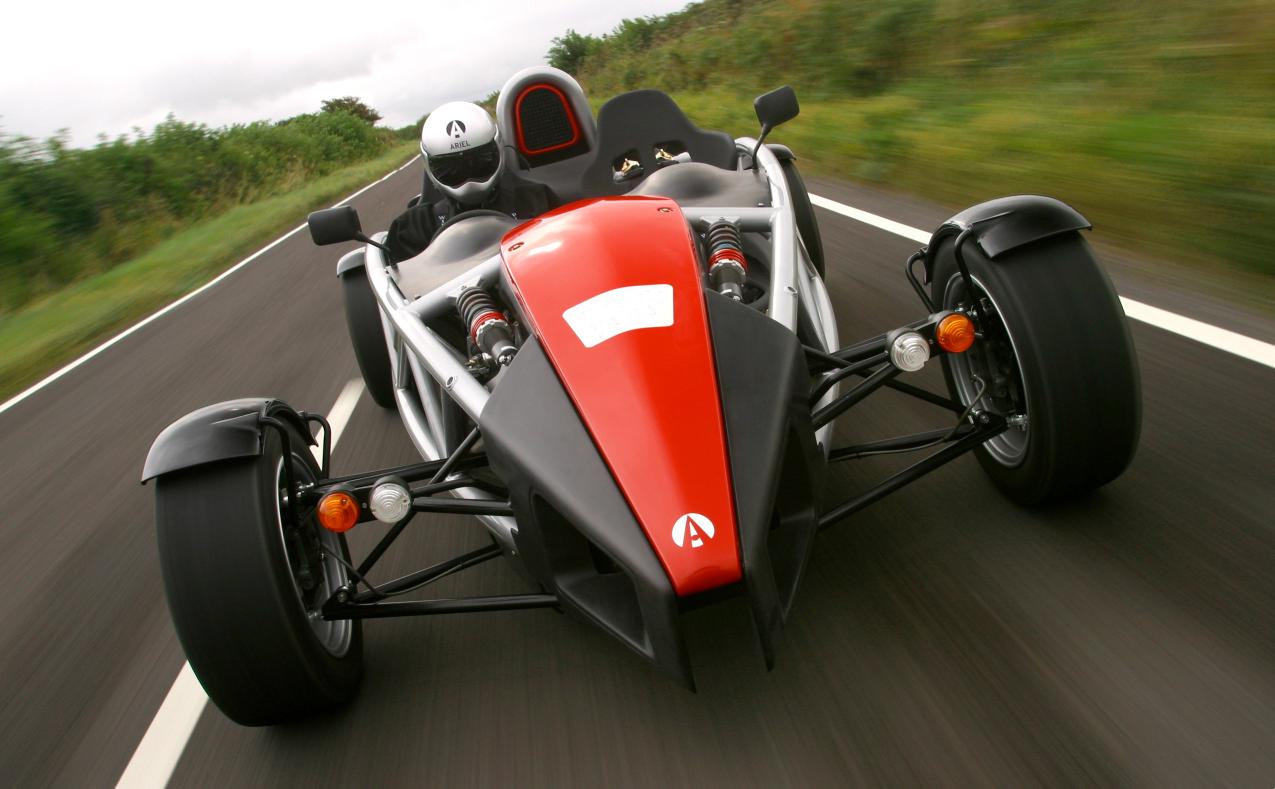 Buying a track-focus, spartan sports car is quite the commitment. After all, in the winter, autumn and spring months, the weather is rarely dry or warm enough to really make the most of it.
Buying a track-focus, spartan sports car is quite the commitment. After all, in the winter, autumn and spring months, the weather is rarely dry or warm enough to really make the most of it. The Caterham Seven is a car which follows in a similar vein to the Ariel, albeit with a smidgen more creature comforts. The one we’d opt for is the 420; it uses a 2.0-litre petrol engine and gives the Seven supercar-beating performance, but it’s not as razor-edged as the more powerful 620.
The Caterham Seven is a car which follows in a similar vein to the Ariel, albeit with a smidgen more creature comforts. The one we’d opt for is the 420; it uses a 2.0-litre petrol engine and gives the Seven supercar-beating performance, but it’s not as razor-edged as the more powerful 620.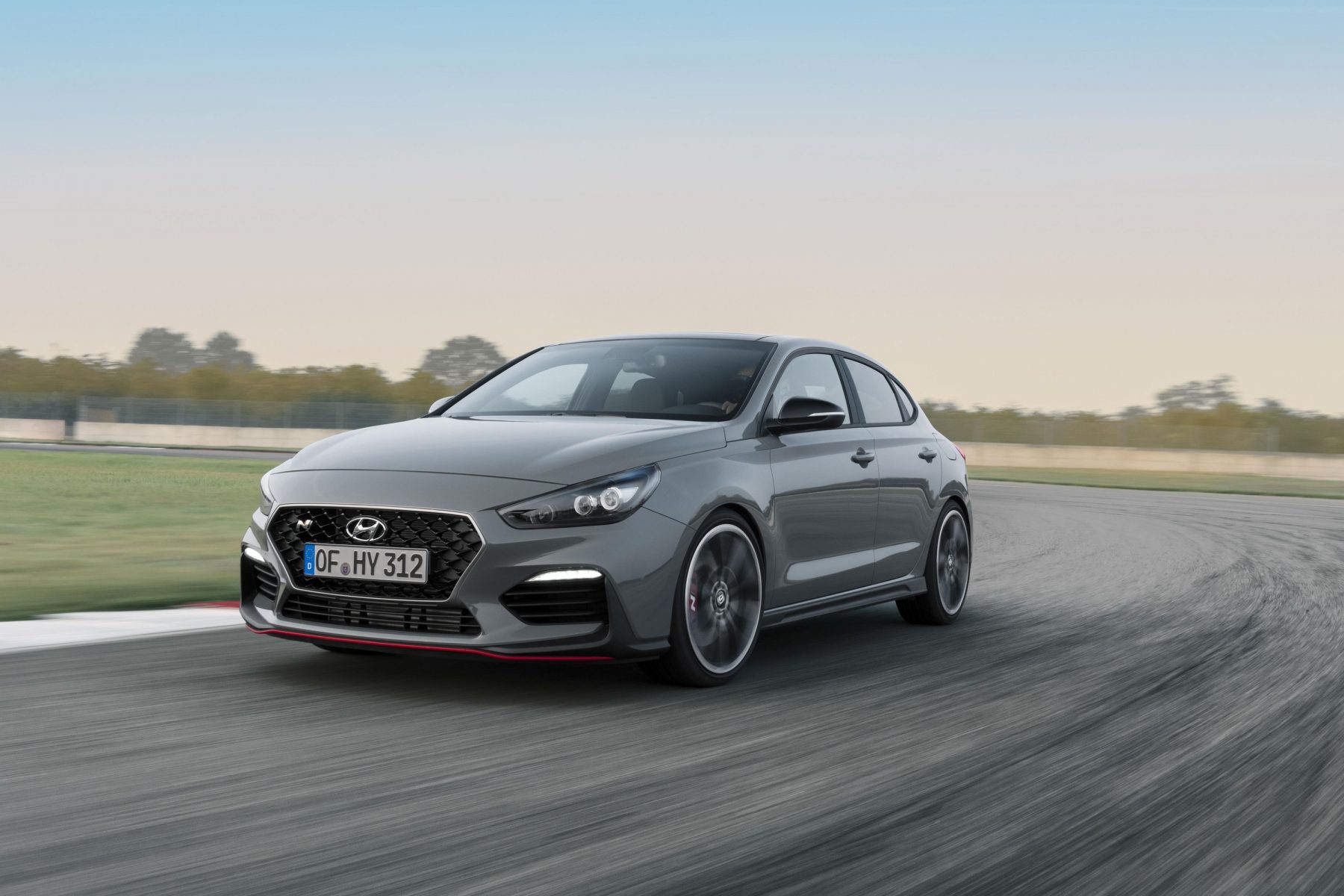 Hyundai left Volkswagen reeling after it revealed its Golf GTI-rivalling i30N hatchback. Now, it’s expanding on things with the i30N Fastback – a four-door version of the performance hatch. We’d argue it’s one of the best handling cars of its type, and it’ll swallow up any b-road you can throw in its direction.
Hyundai left Volkswagen reeling after it revealed its Golf GTI-rivalling i30N hatchback. Now, it’s expanding on things with the i30N Fastback – a four-door version of the performance hatch. We’d argue it’s one of the best handling cars of its type, and it’ll swallow up any b-road you can throw in its direction.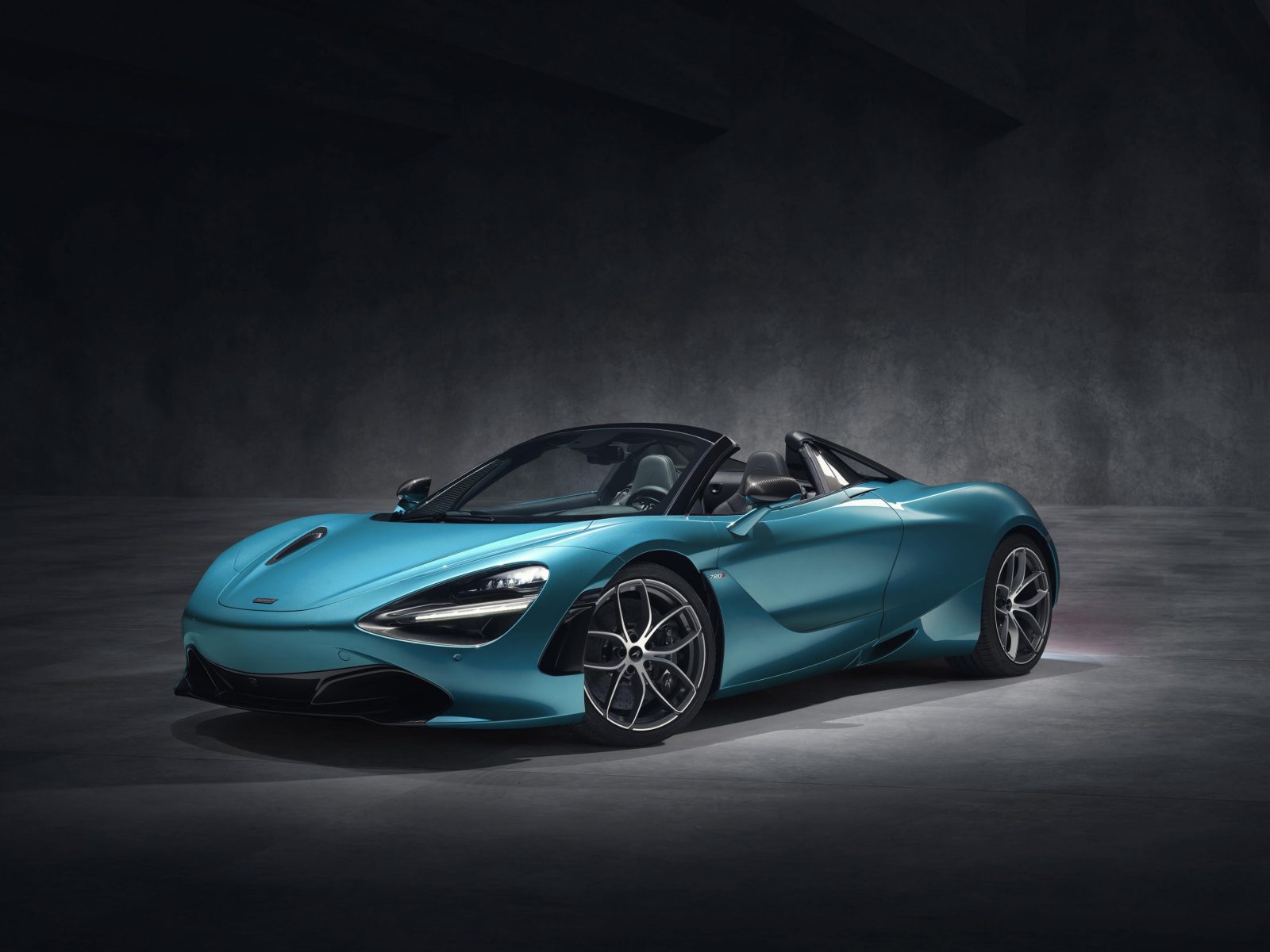 If you’re looking for a big-budget, high-performance drop top, few can compare to the McLaren 720S Spider. The coupe is already a stunning assault on the senses, but chop the roof off and that turns up to 11 thanks to unfiltered engine to that ballistic V8 just behind your head.
If you’re looking for a big-budget, high-performance drop top, few can compare to the McLaren 720S Spider. The coupe is already a stunning assault on the senses, but chop the roof off and that turns up to 11 thanks to unfiltered engine to that ballistic V8 just behind your head.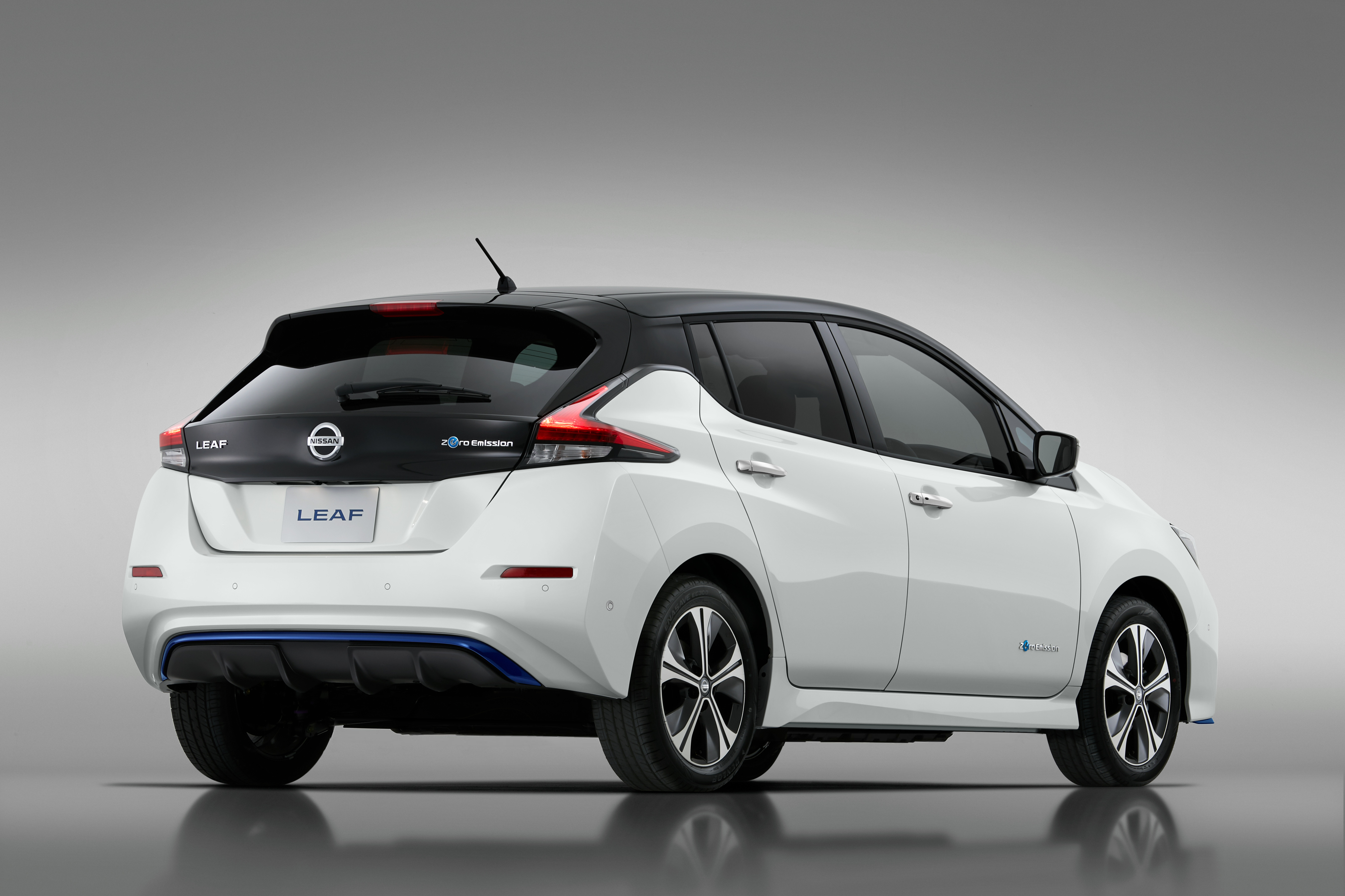
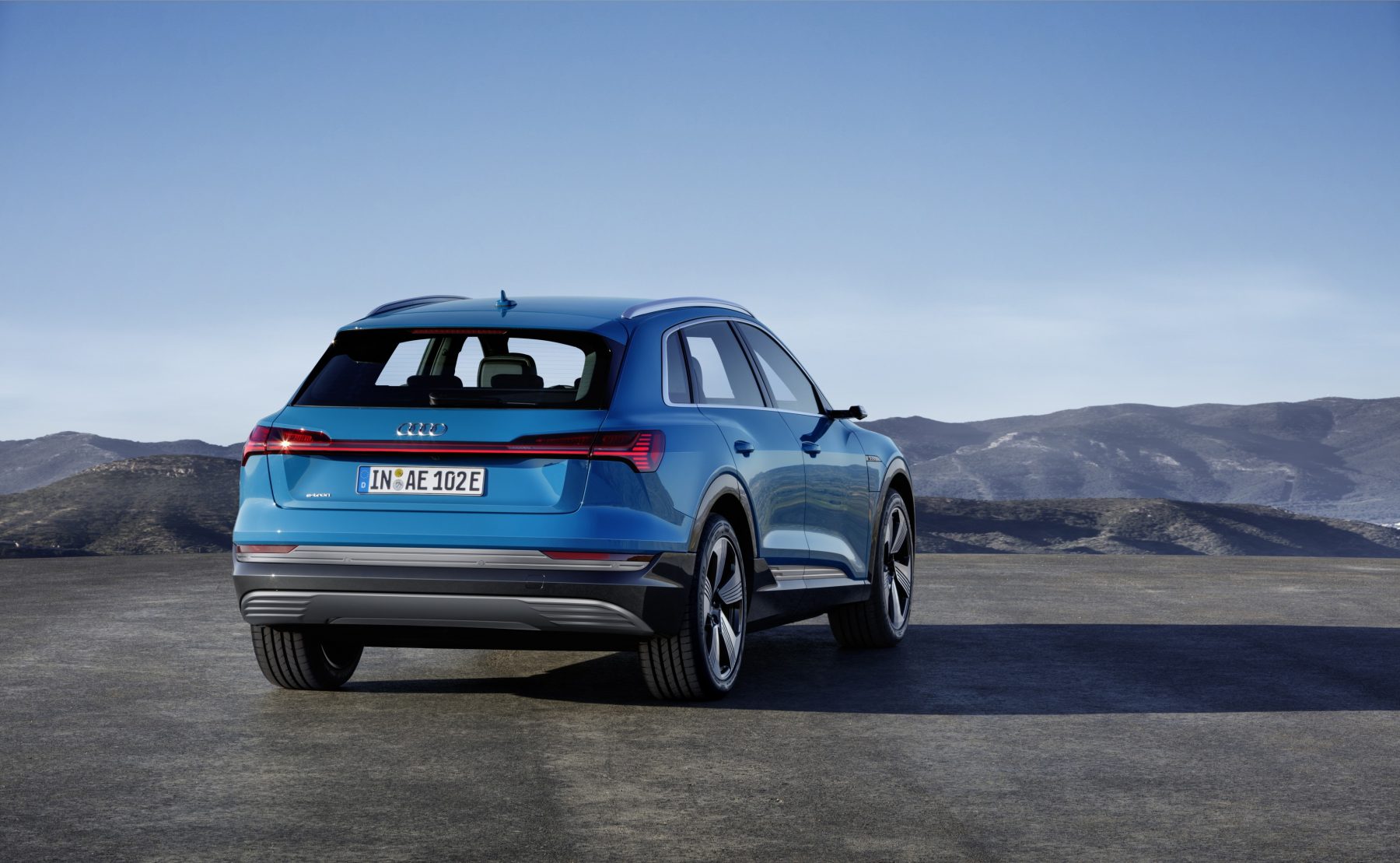 One of the biggest compliments an electric car can receive is that it feels ‘normal’, and that is certainly the case with the E-tron, which is visually and dynamically very similar to Audi’s ‘Q’ range of SUVs.
One of the biggest compliments an electric car can receive is that it feels ‘normal’, and that is certainly the case with the E-tron, which is visually and dynamically very similar to Audi’s ‘Q’ range of SUVs.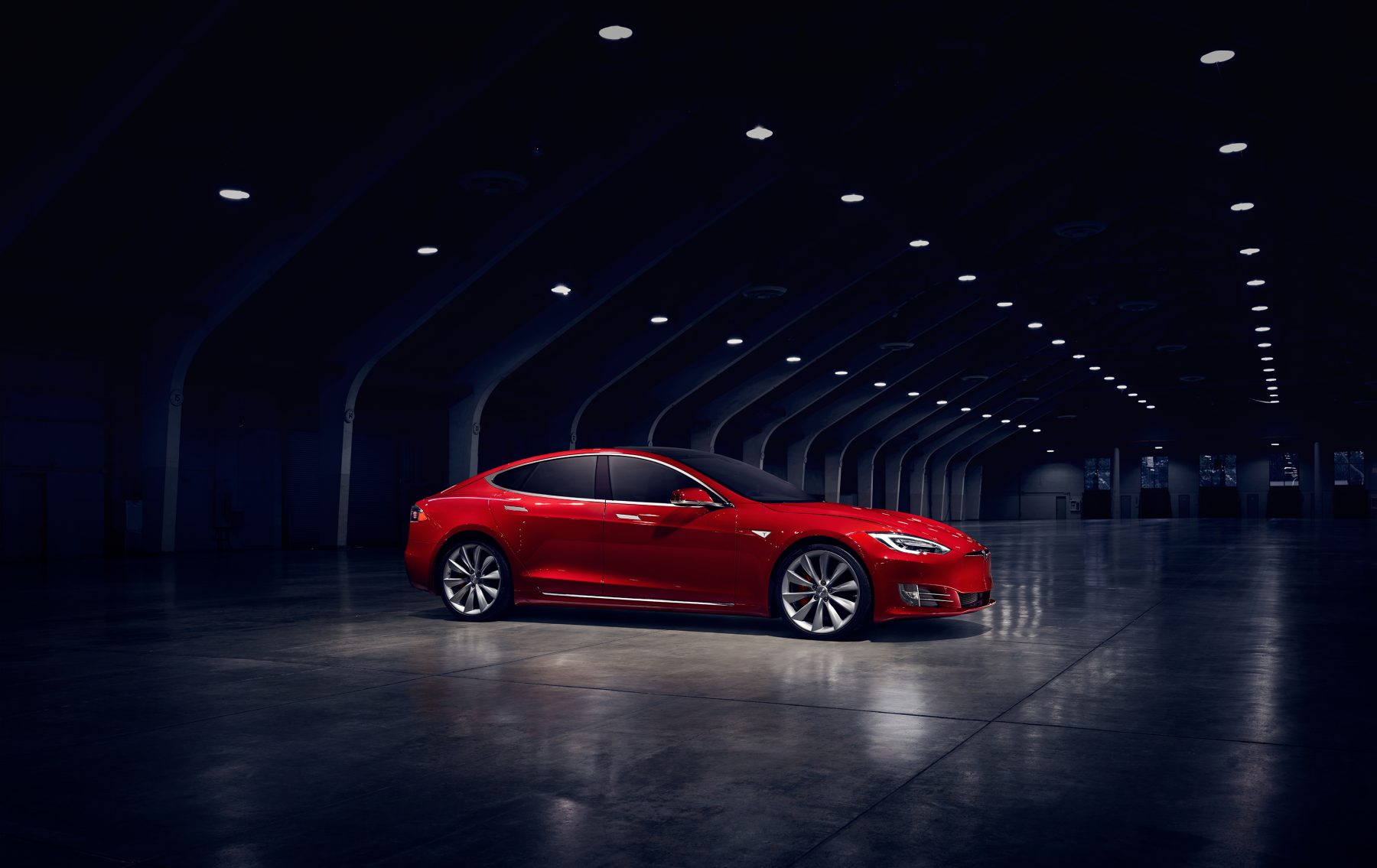 The Model S has been on the market for some time now, and is arguably one of the more proven entities in the electric car sphere as a result.
The Model S has been on the market for some time now, and is arguably one of the more proven entities in the electric car sphere as a result.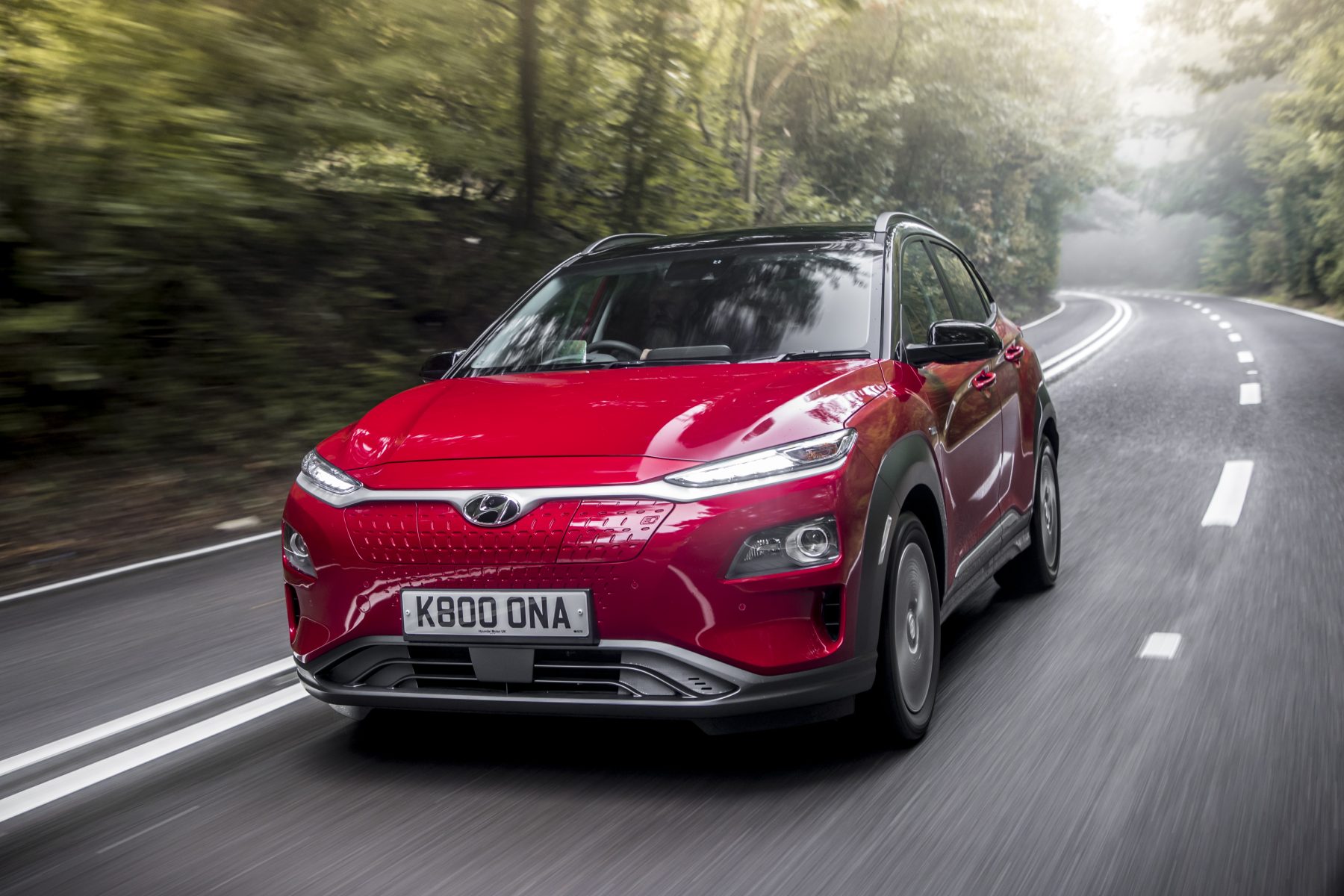 If you are interested in the compact SUV/crossover market, then the all-electric version of Hyundai’s Kona is certainly worth considering.
If you are interested in the compact SUV/crossover market, then the all-electric version of Hyundai’s Kona is certainly worth considering. Perhaps the most popular of the electric cars on the market today, the second-generation Leaf went on sale last year, and marks a notable step-up over its predecessor.
Perhaps the most popular of the electric cars on the market today, the second-generation Leaf went on sale last year, and marks a notable step-up over its predecessor.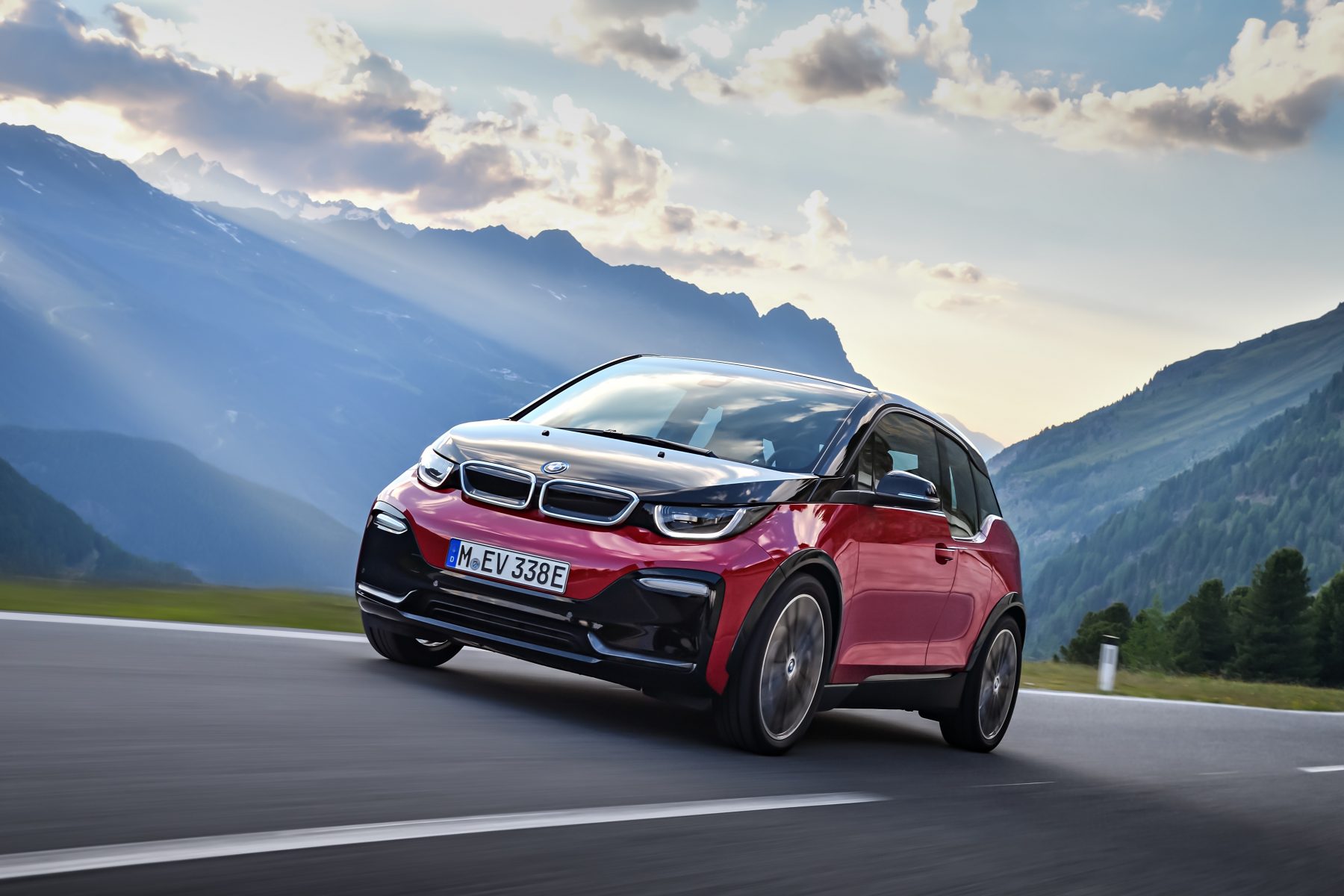 The standard i3 is an ideal car for urban commutes and errands, and the i3s builds on that with sporting style and more power.
The standard i3 is an ideal car for urban commutes and errands, and the i3s builds on that with sporting style and more power. After a rather basic first attempt at fully-electric cars with the Soul EV, Kia has shown its true abilities with the e-Niro crossover.
After a rather basic first attempt at fully-electric cars with the Soul EV, Kia has shown its true abilities with the e-Niro crossover.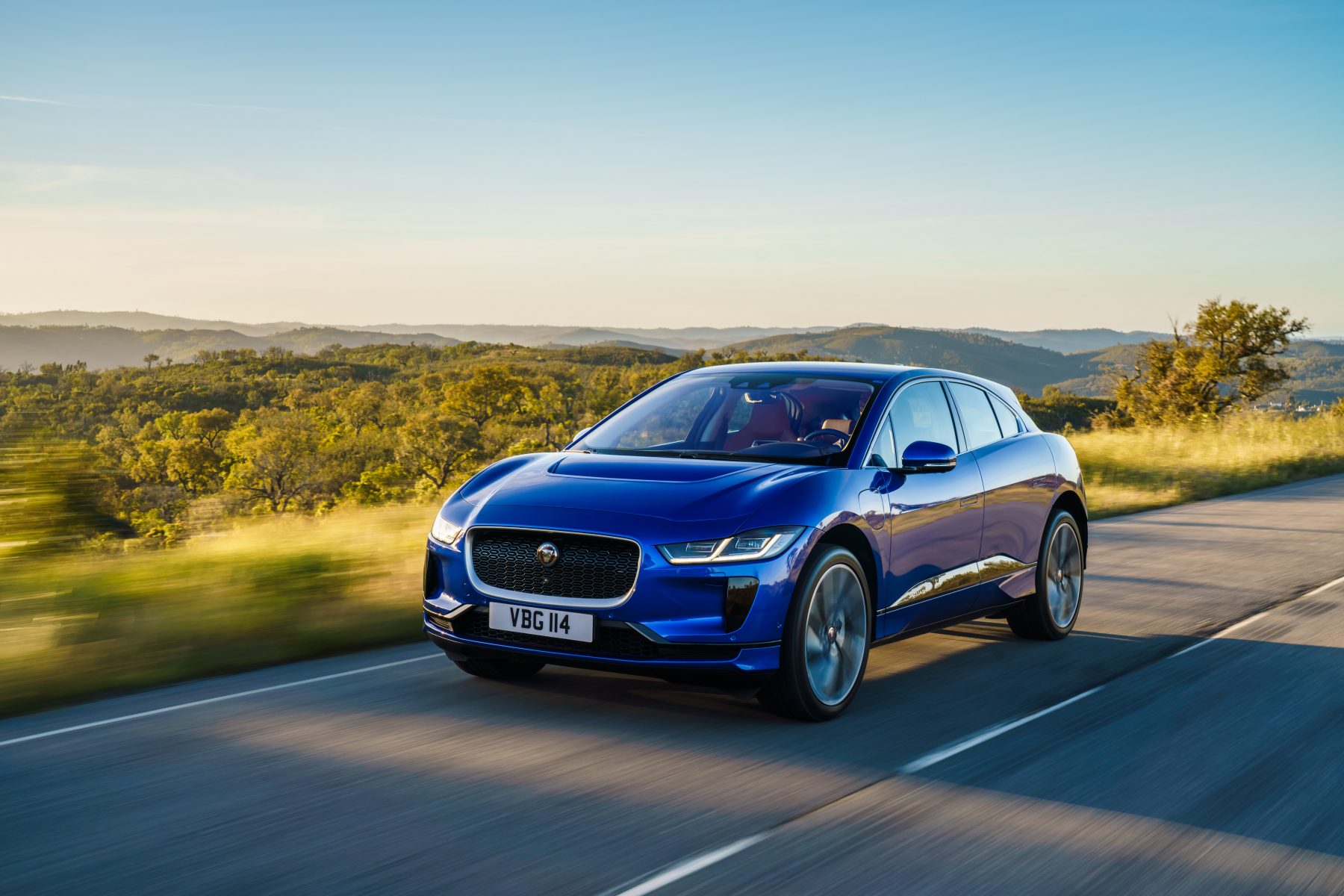 Jaguar’s first all-electric SUV has been well received, winning the 2019 World Car of the Year award and being regarded as one of the better electric cars on the market today. It’s capable of some impressive performance too, with a 0-60mph time of 4.5 seconds.
Jaguar’s first all-electric SUV has been well received, winning the 2019 World Car of the Year award and being regarded as one of the better electric cars on the market today. It’s capable of some impressive performance too, with a 0-60mph time of 4.5 seconds. Tesla’s first SUV, the Model X, is available from £75,700 and is capable of 0-60mph in 4.6 seconds, and will go on to a top speed of 155mph.
Tesla’s first SUV, the Model X, is available from £75,700 and is capable of 0-60mph in 4.6 seconds, and will go on to a top speed of 155mph.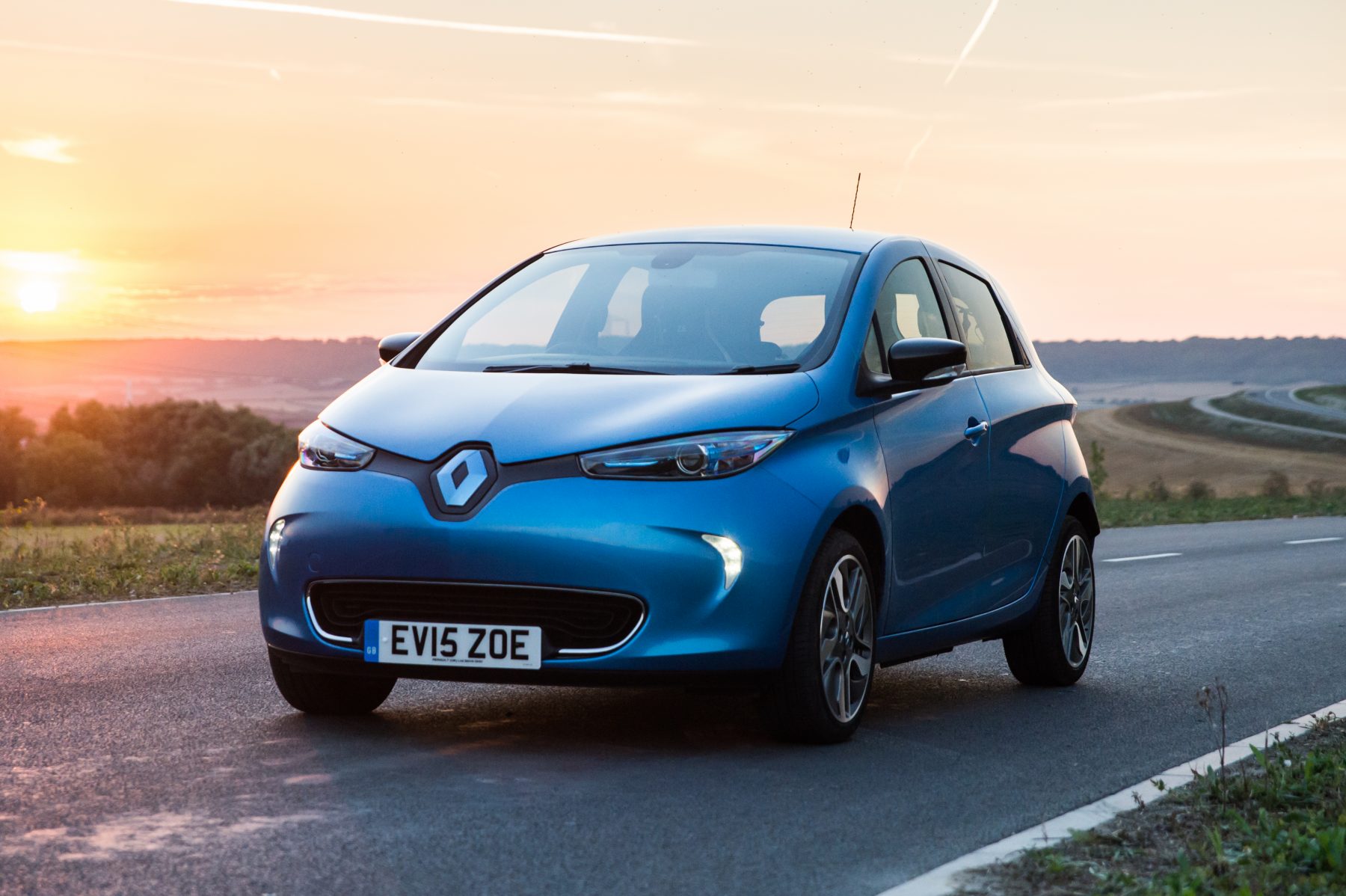 The Renault Zoe is one of the cheapest entry points into EV ownership, with a starting price of just £17,720 with the government grant applied.
The Renault Zoe is one of the cheapest entry points into EV ownership, with a starting price of just £17,720 with the government grant applied.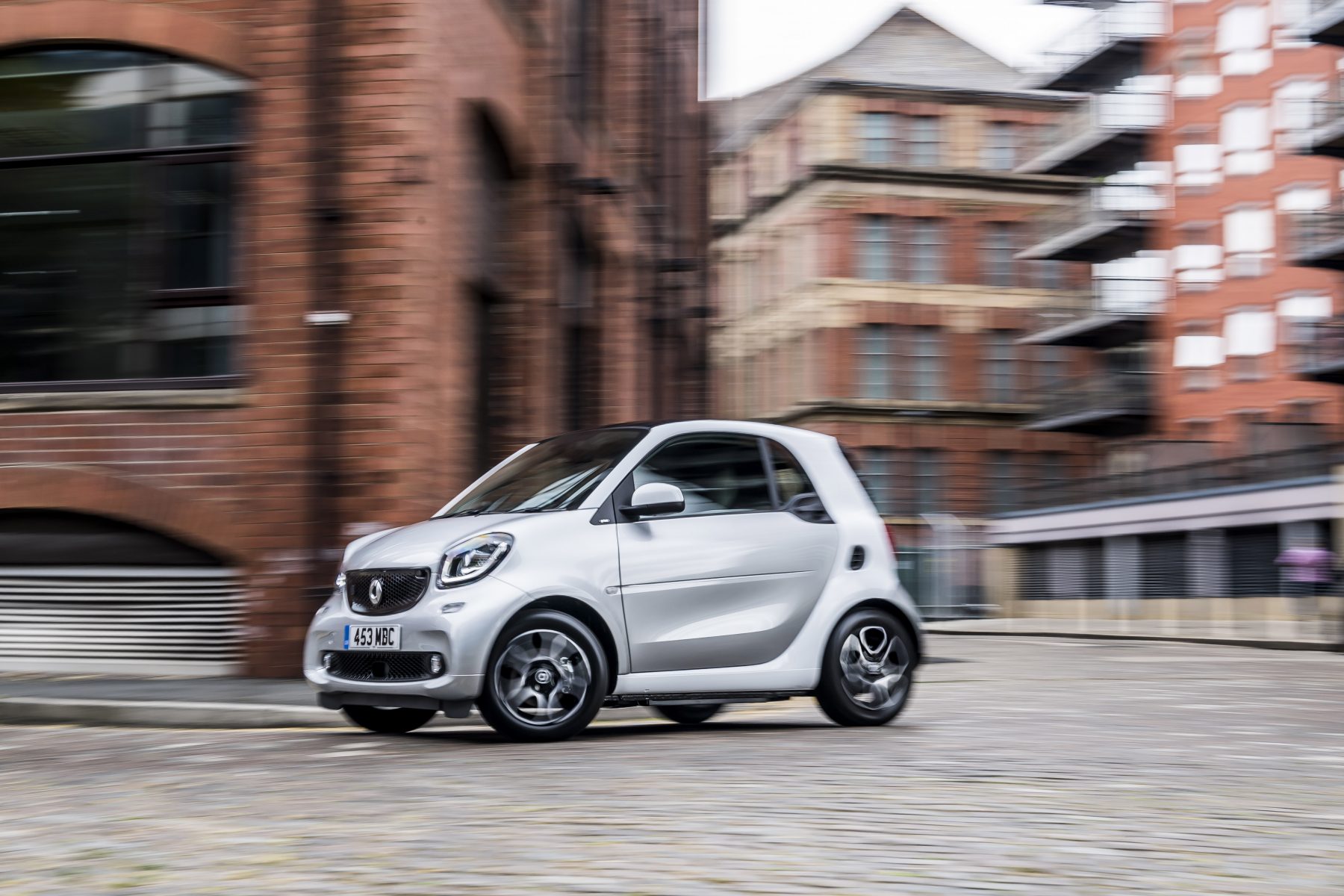 The diminutive Smart is one of the more compact cars on the market, and will rarely leave the city or town it calls home, so producing an electric version makes perfect sense.
The diminutive Smart is one of the more compact cars on the market, and will rarely leave the city or town it calls home, so producing an electric version makes perfect sense.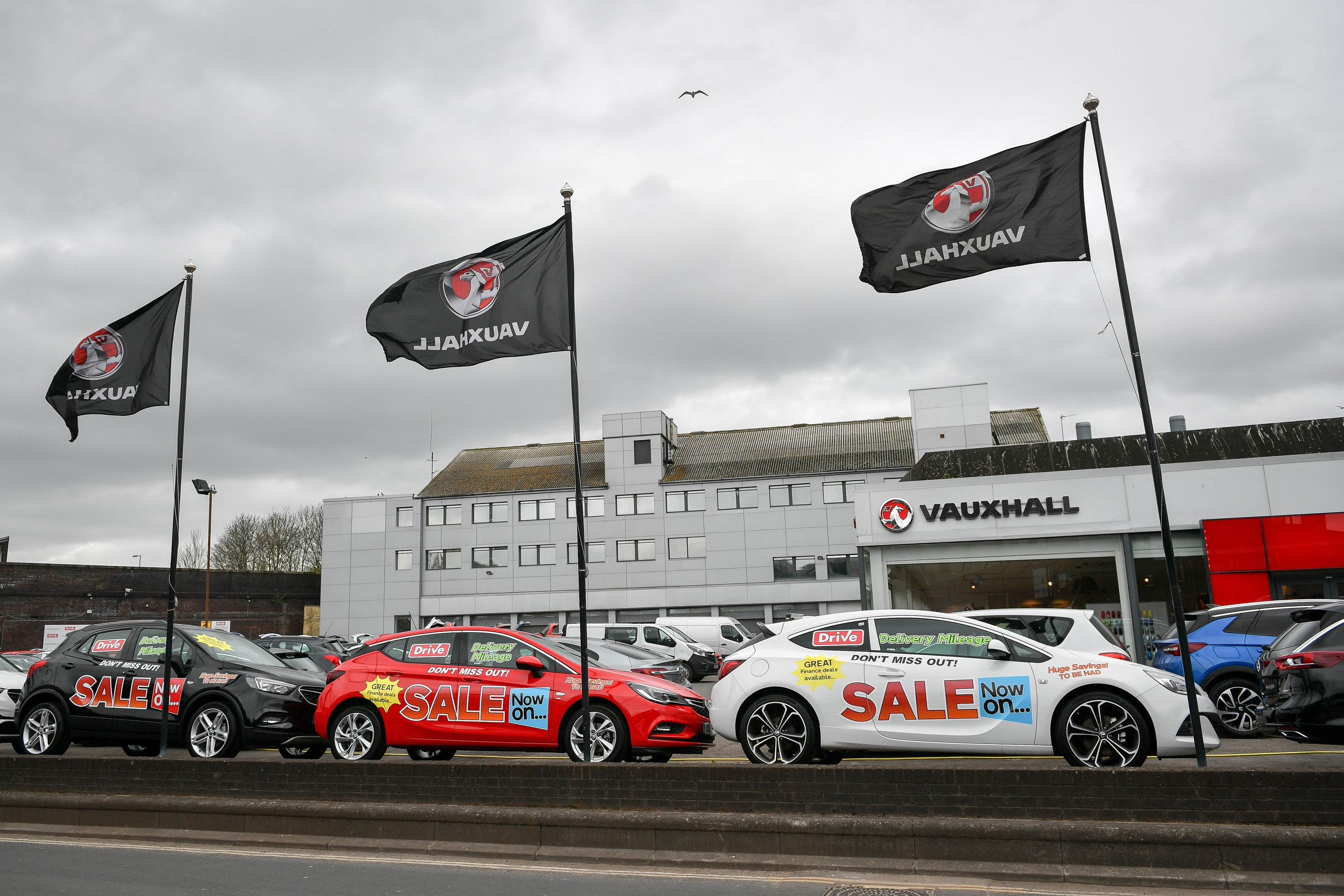
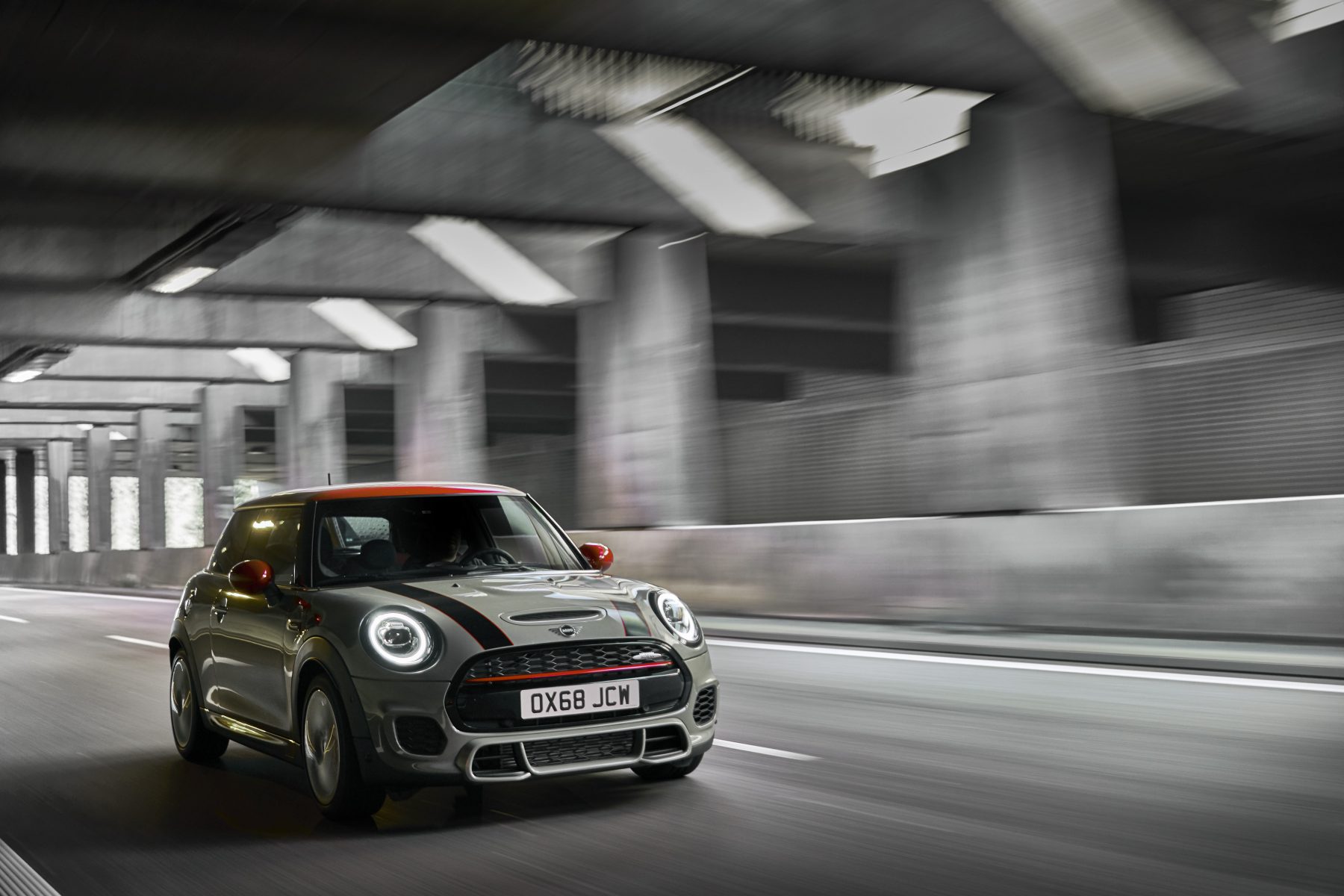 PCP finance lets you get your hands on a new car for an initial deposit and a series of monthly payments. You don’t own the car come the end of the agreement, though you do have the option of buying it outright in return for a final – or ‘balloon’ – payment.
PCP finance lets you get your hands on a new car for an initial deposit and a series of monthly payments. You don’t own the car come the end of the agreement, though you do have the option of buying it outright in return for a final – or ‘balloon’ – payment.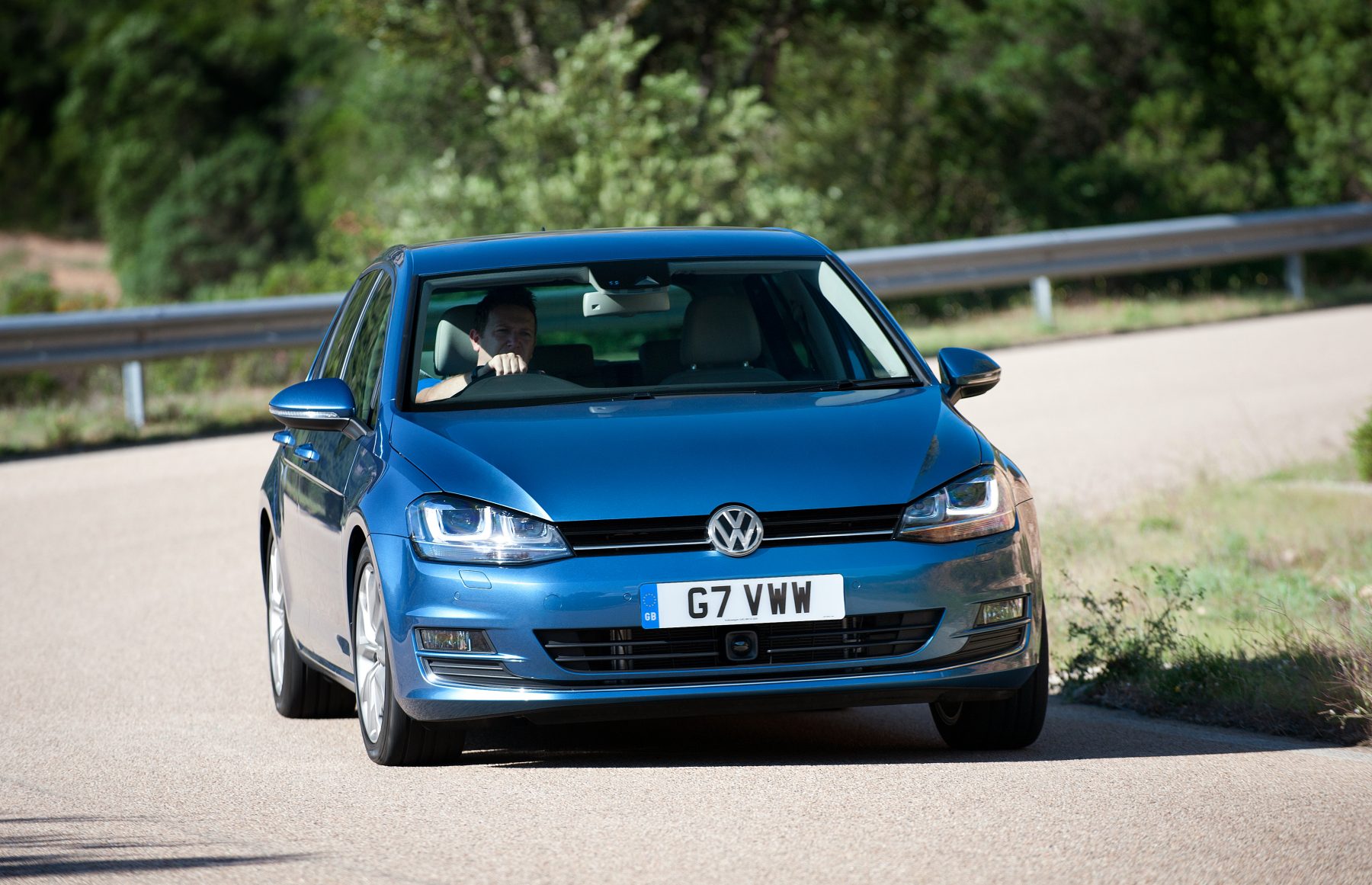
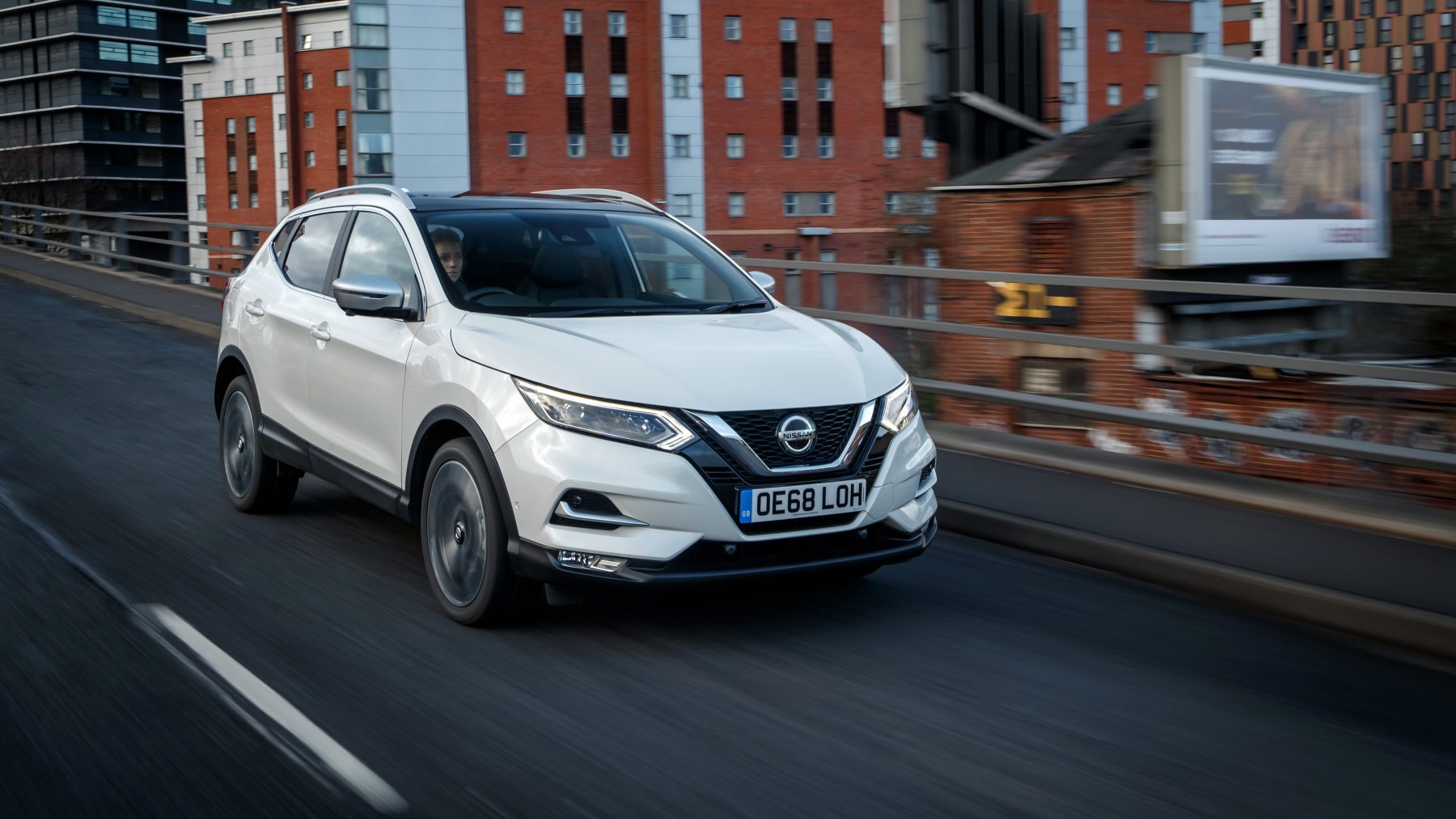 Leasing a car is a little like taking out a long-term car rental. You’ll pay a sum initially, followed by monthly payments. Once the payment term is over (and you’ll agree this with the dealer), you won’t own the car, nor will you be able to purchase it via a final payment.
Leasing a car is a little like taking out a long-term car rental. You’ll pay a sum initially, followed by monthly payments. Once the payment term is over (and you’ll agree this with the dealer), you won’t own the car, nor will you be able to purchase it via a final payment. The more traditional finance option, getting a regular bank loan, could make getting the keys to a brand new car a little easier compared with PCP or lease deals. It will also mean that you’ll own the car outright from the start, so you could sell it when you wanted to without having to pay charges for leaving a finance agreement.
The more traditional finance option, getting a regular bank loan, could make getting the keys to a brand new car a little easier compared with PCP or lease deals. It will also mean that you’ll own the car outright from the start, so you could sell it when you wanted to without having to pay charges for leaving a finance agreement.